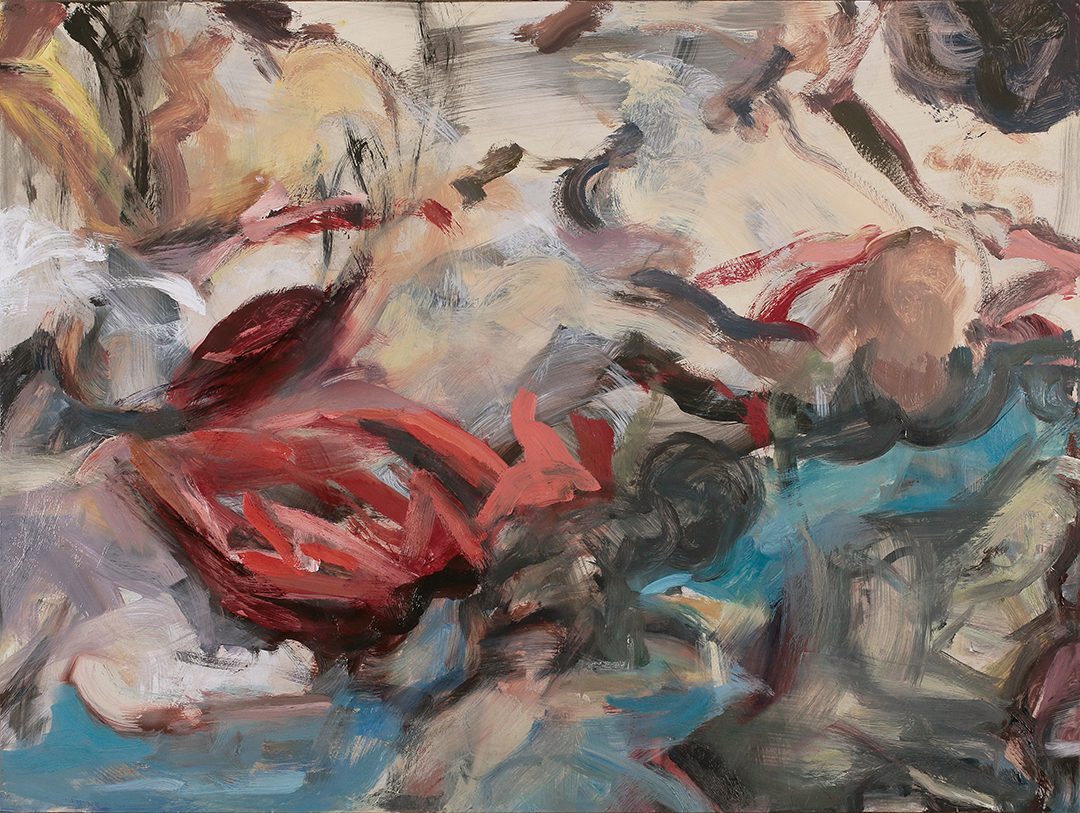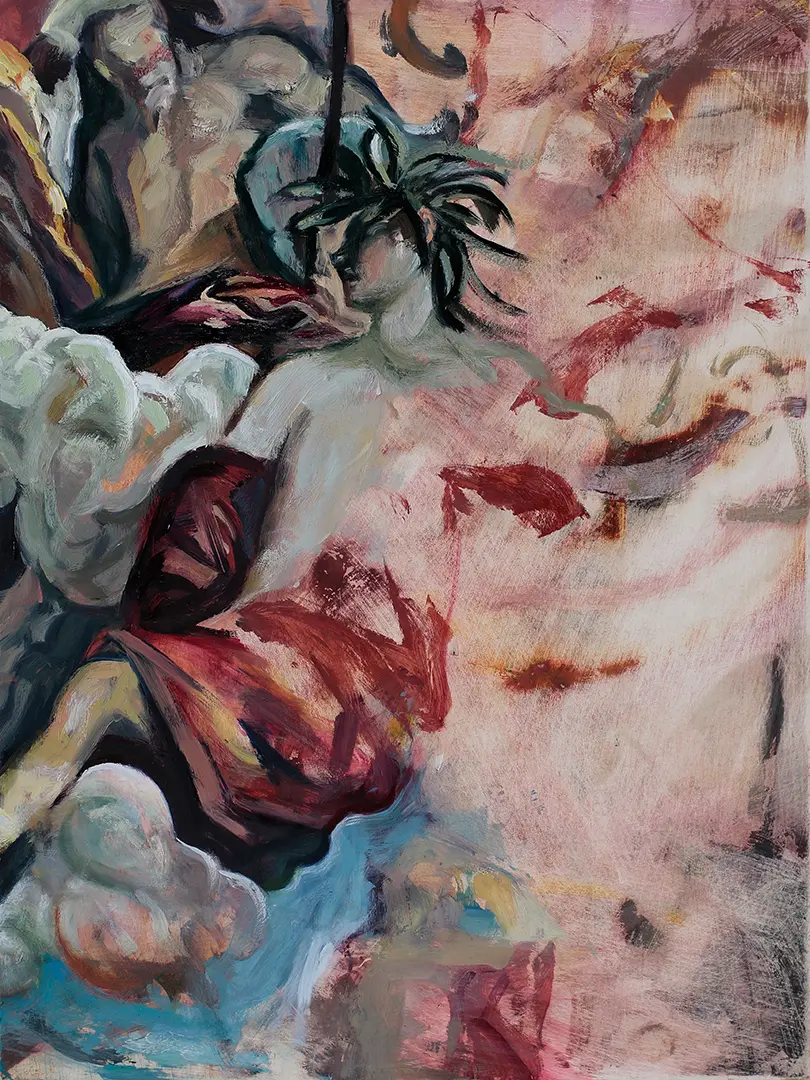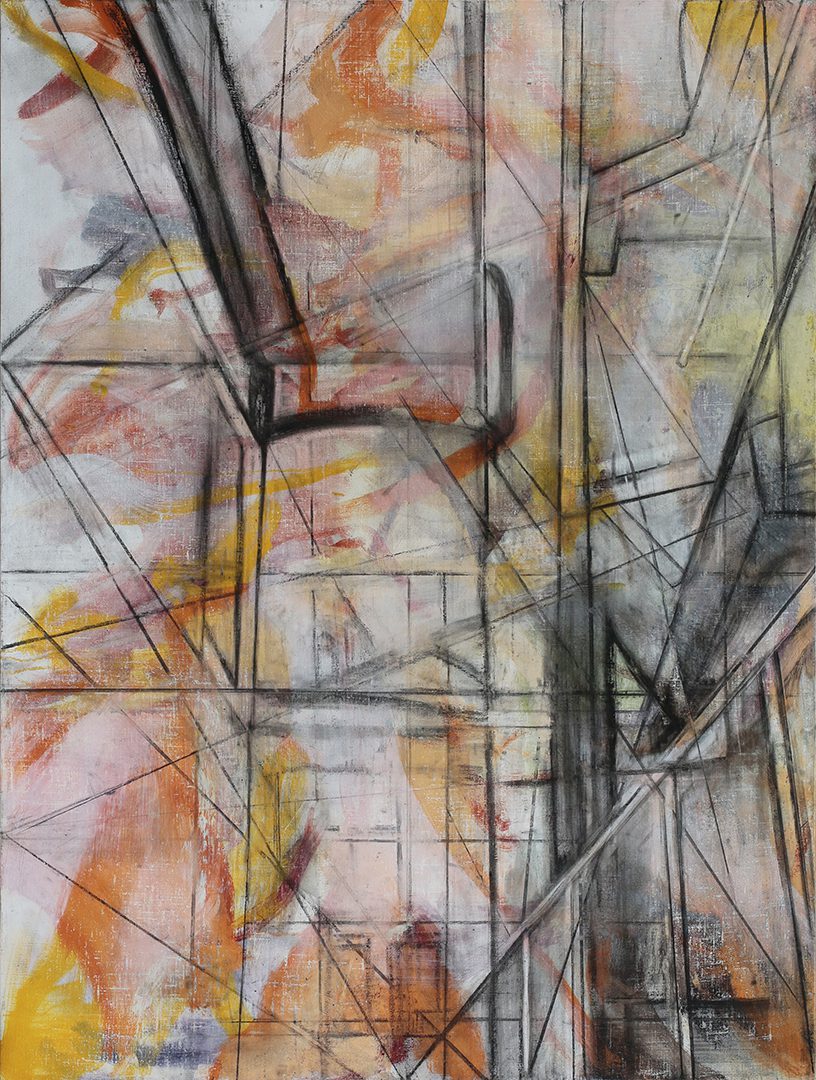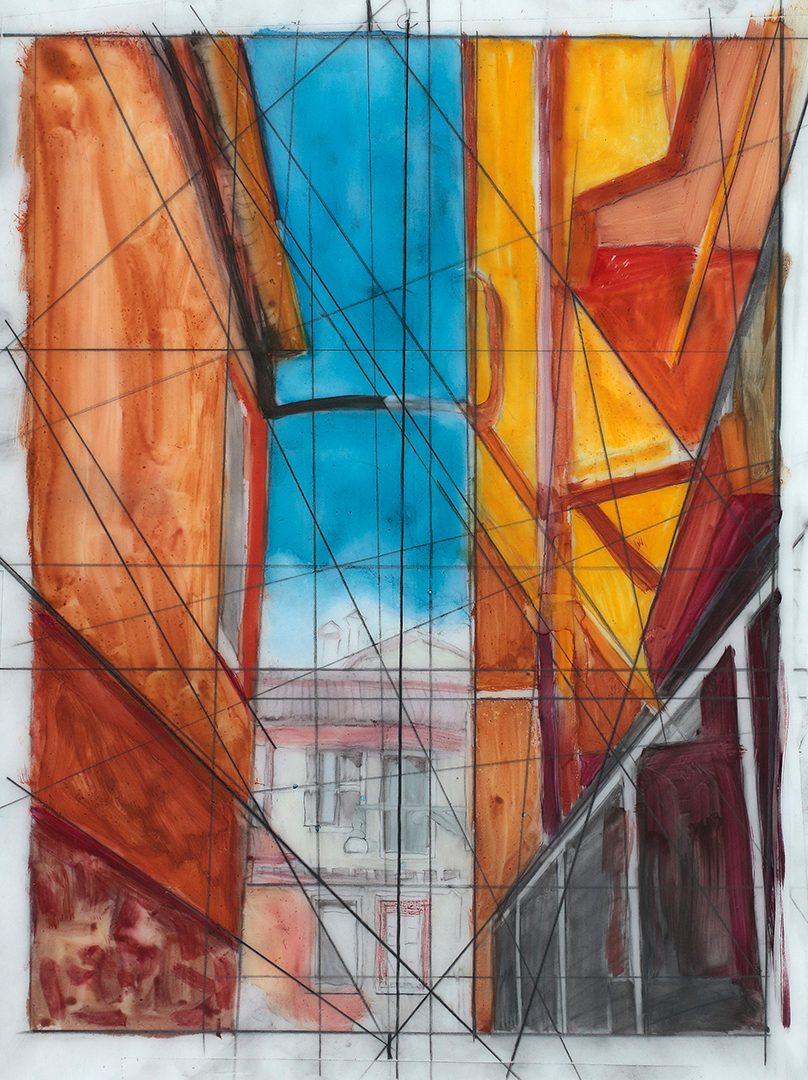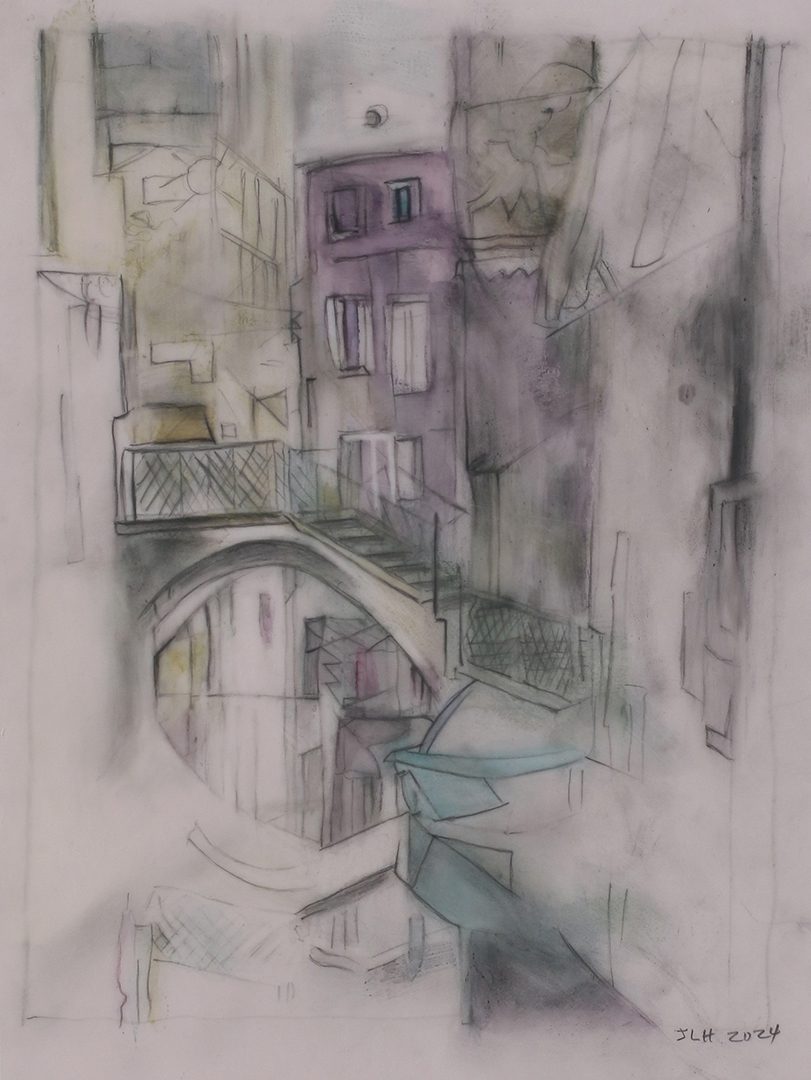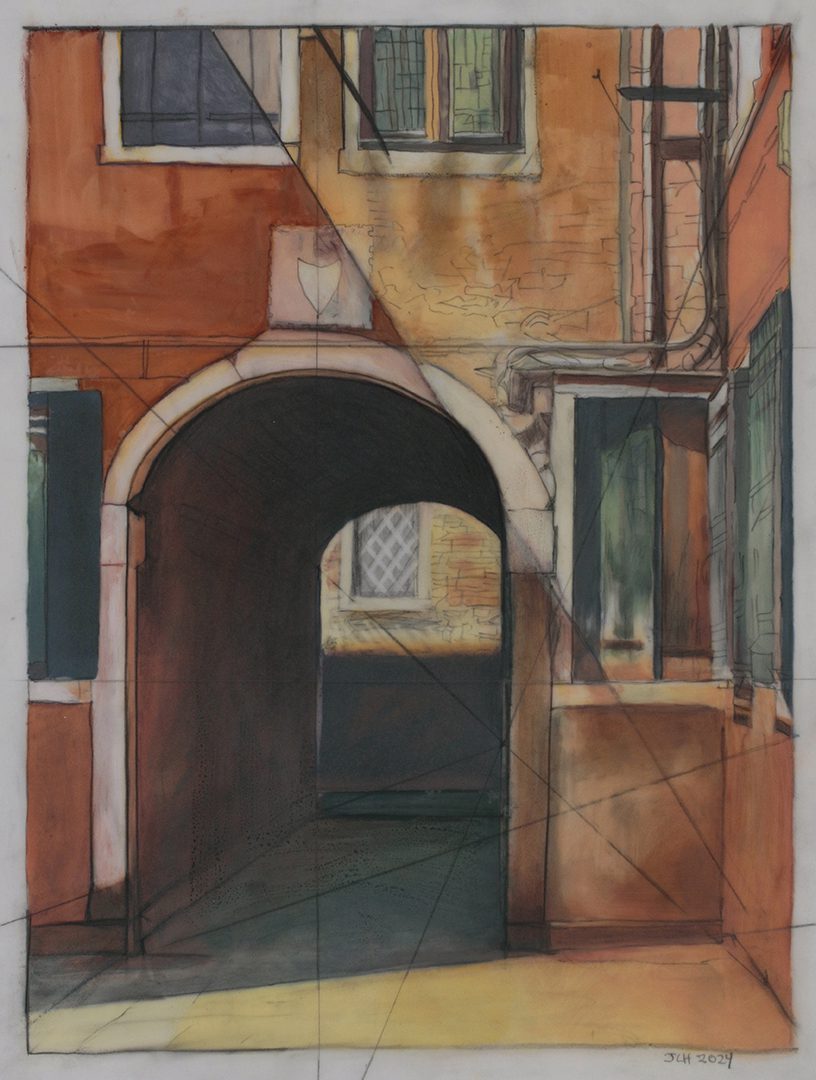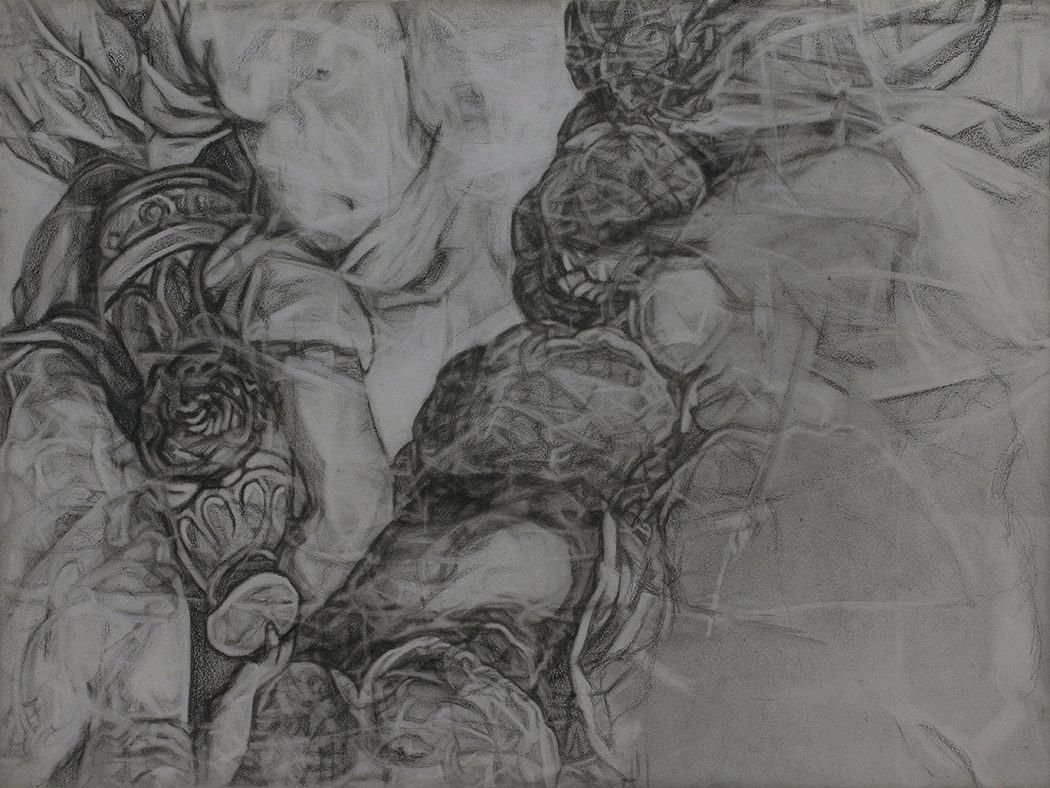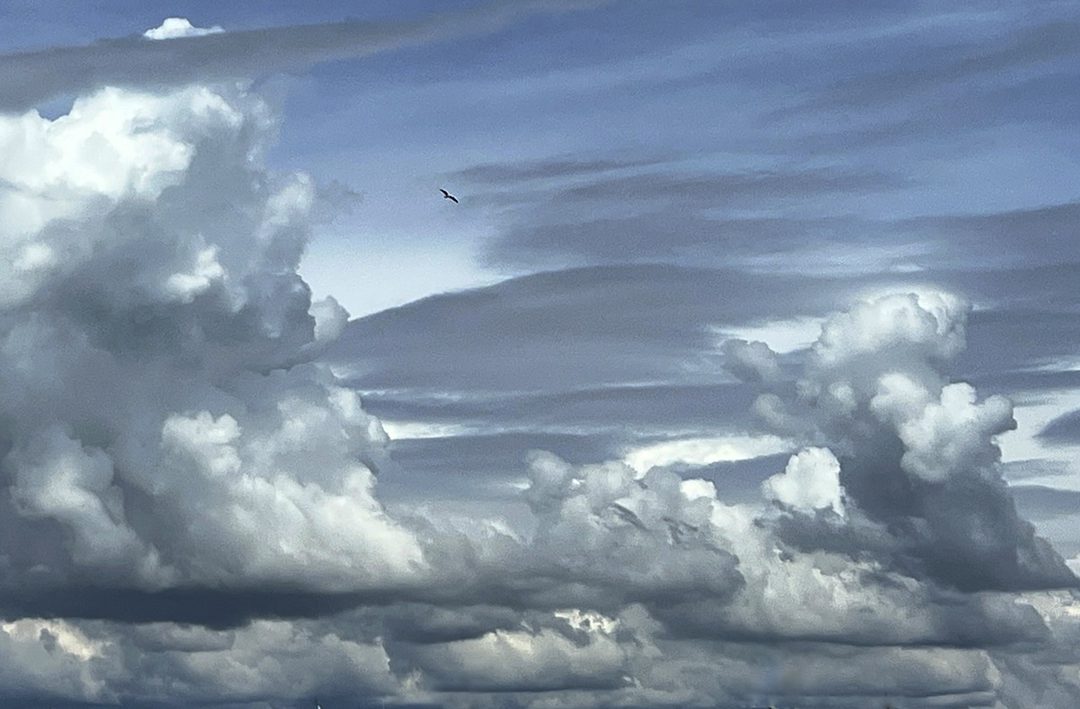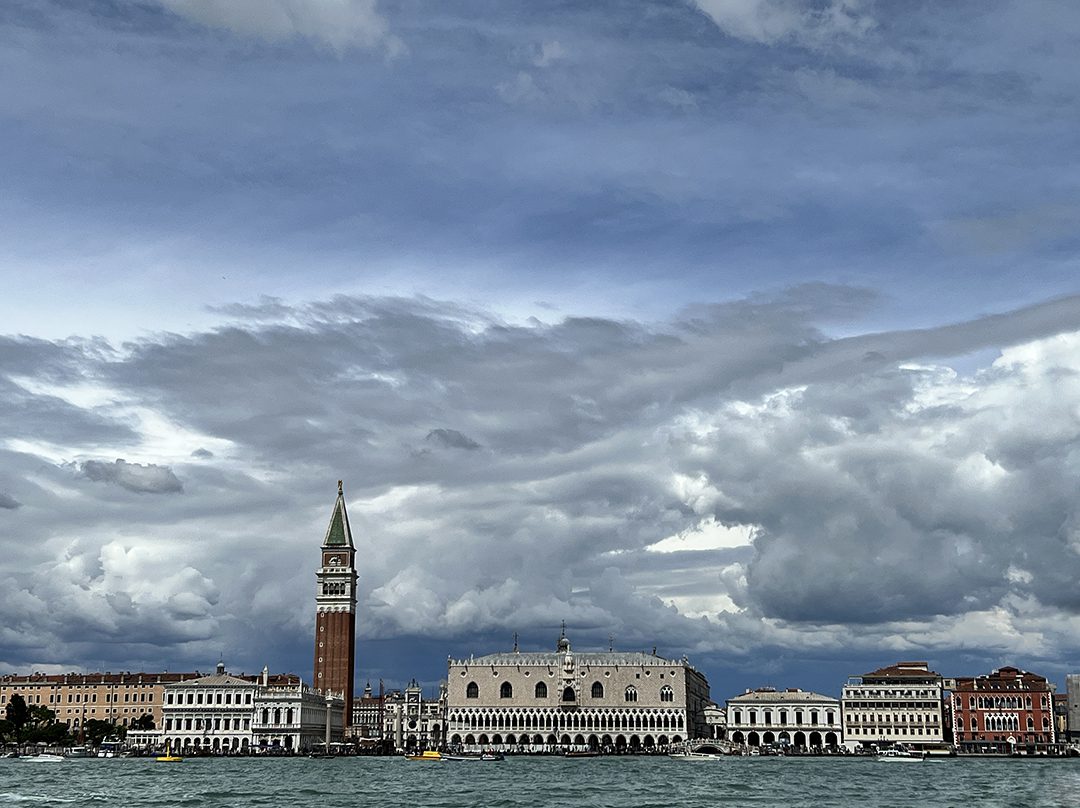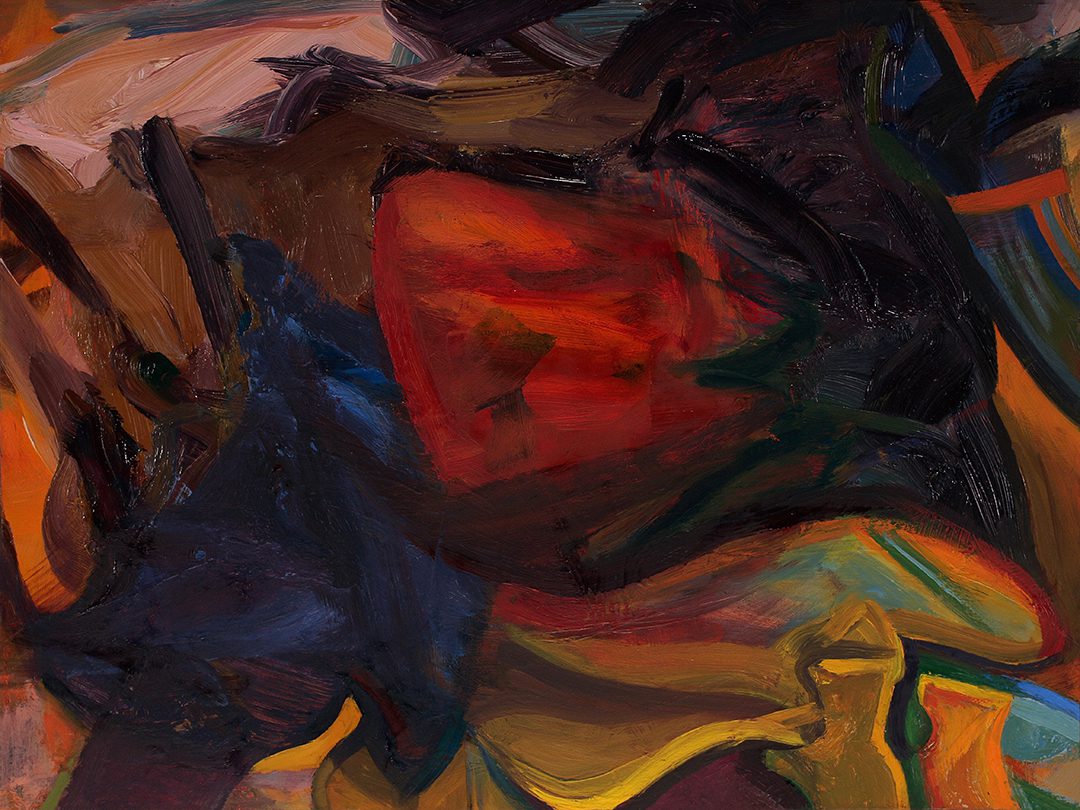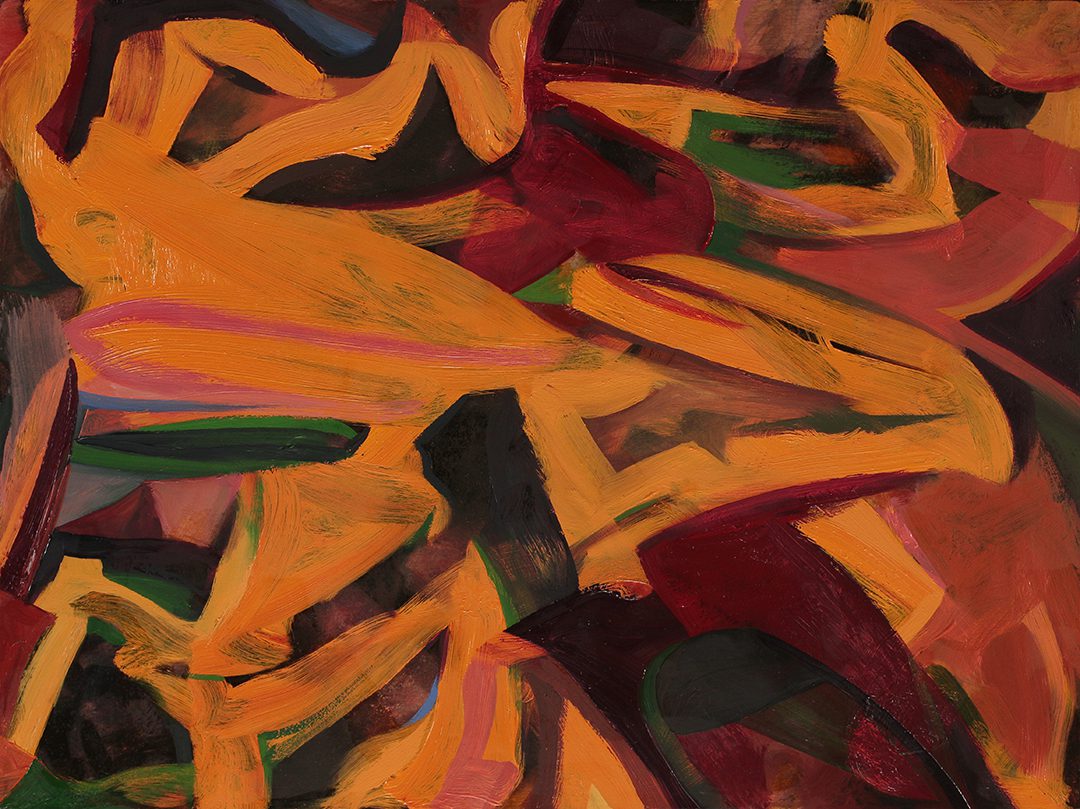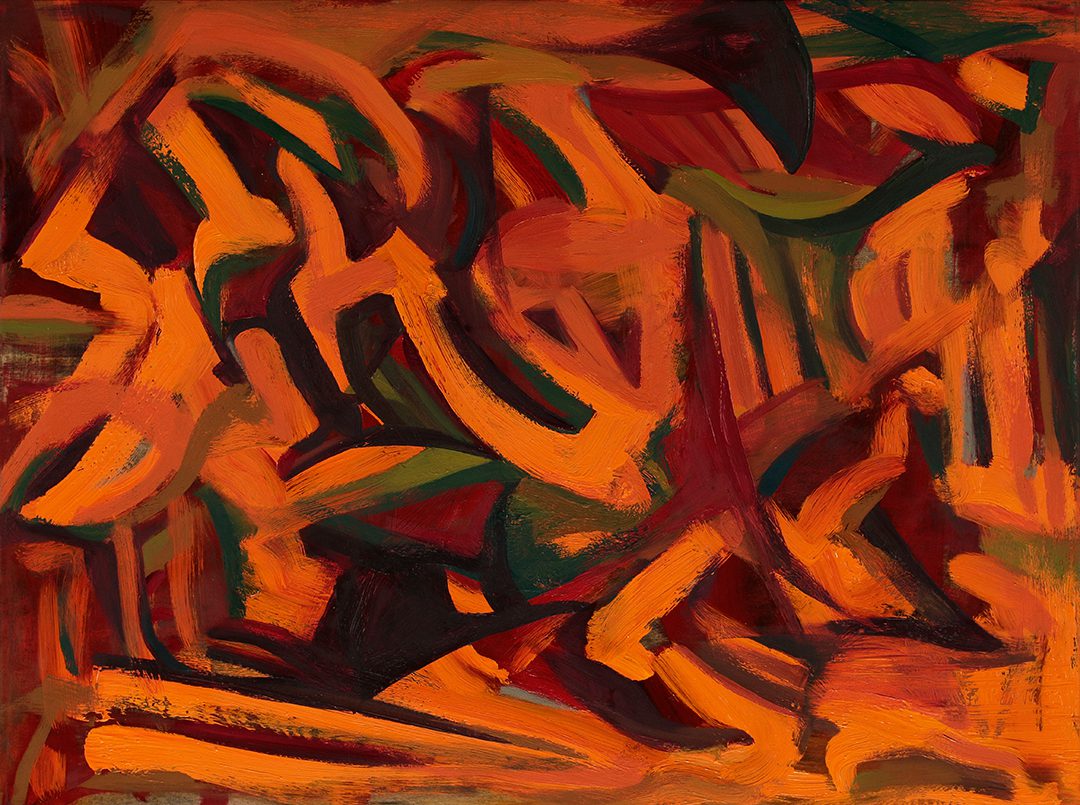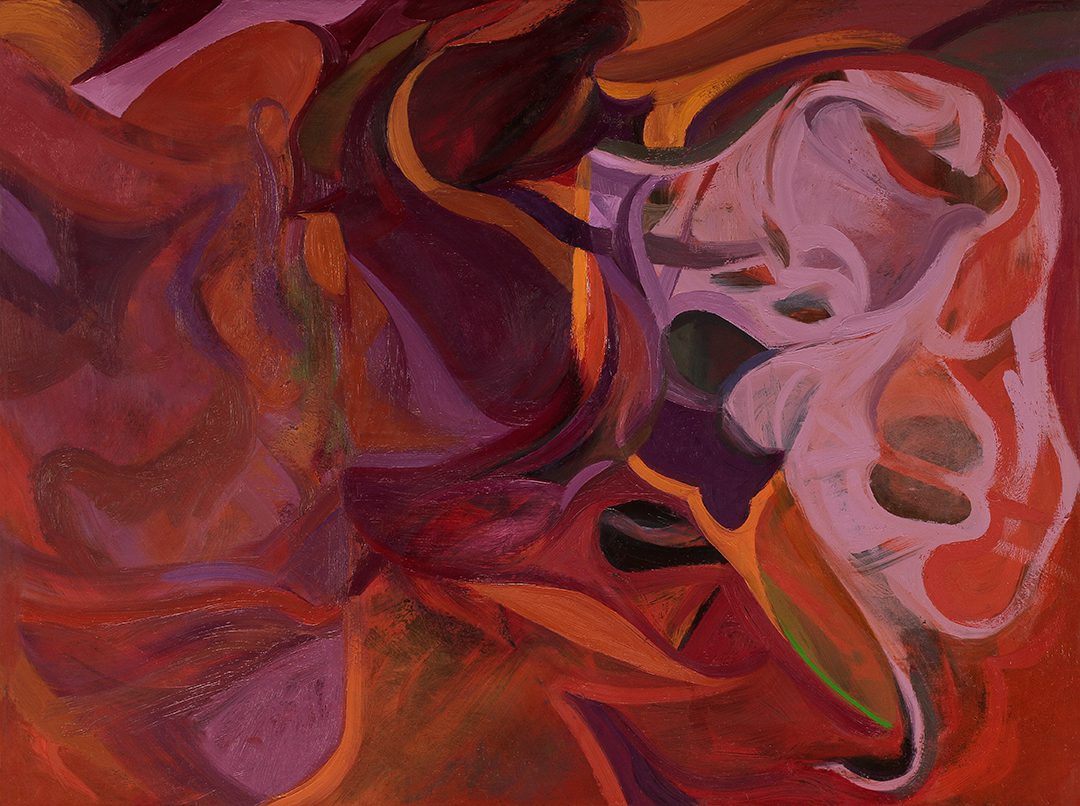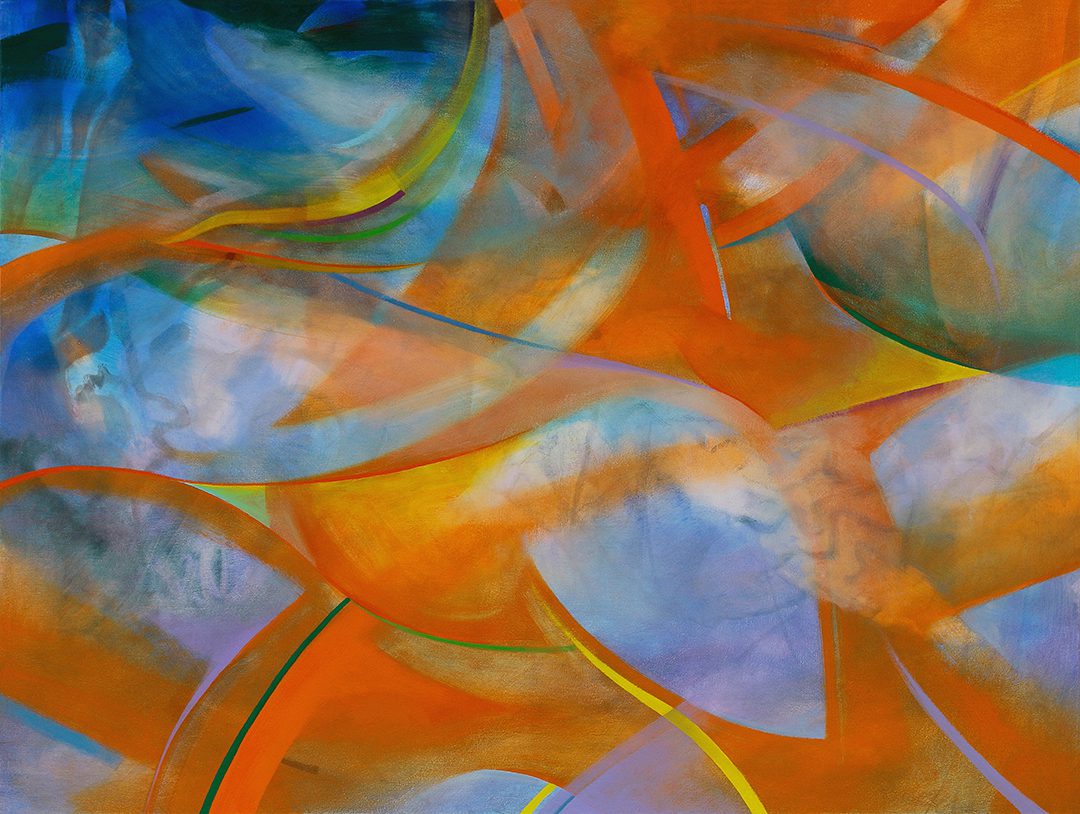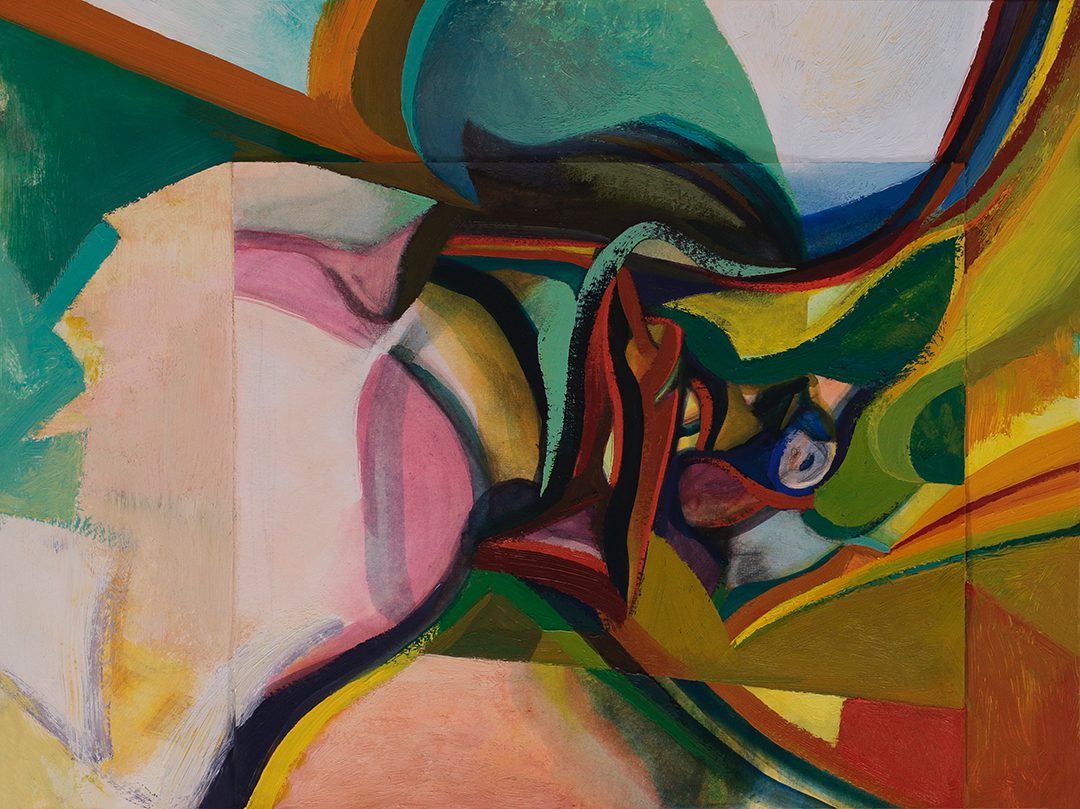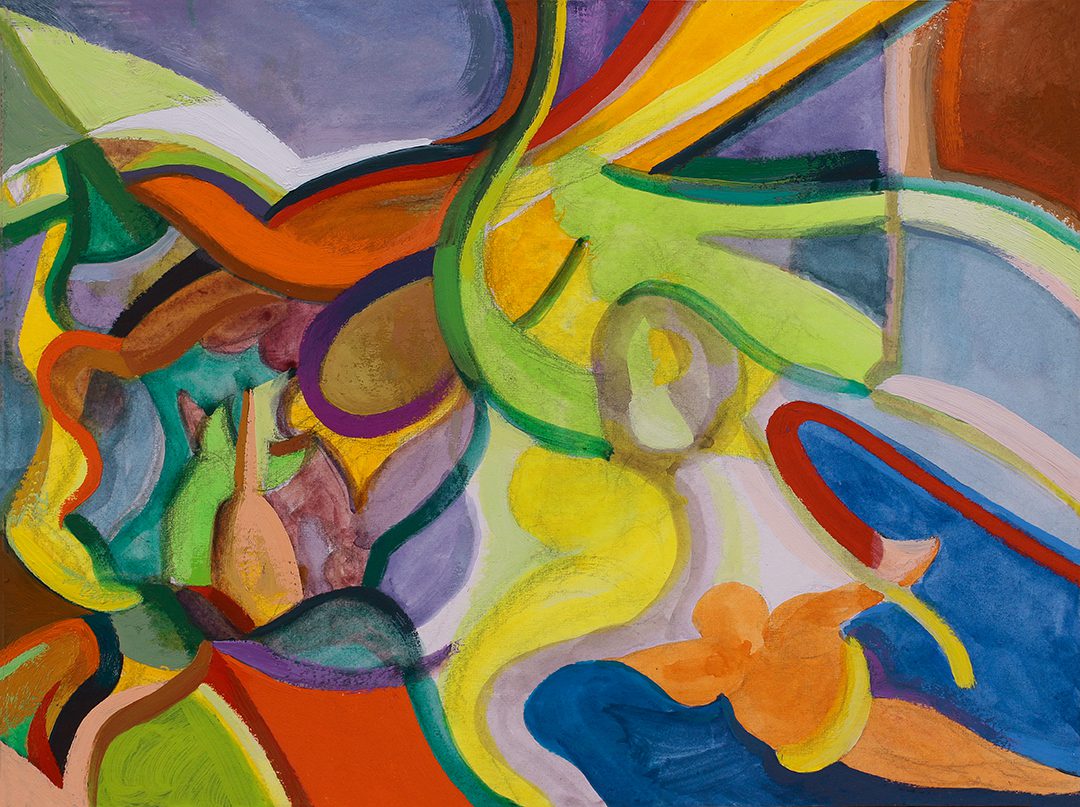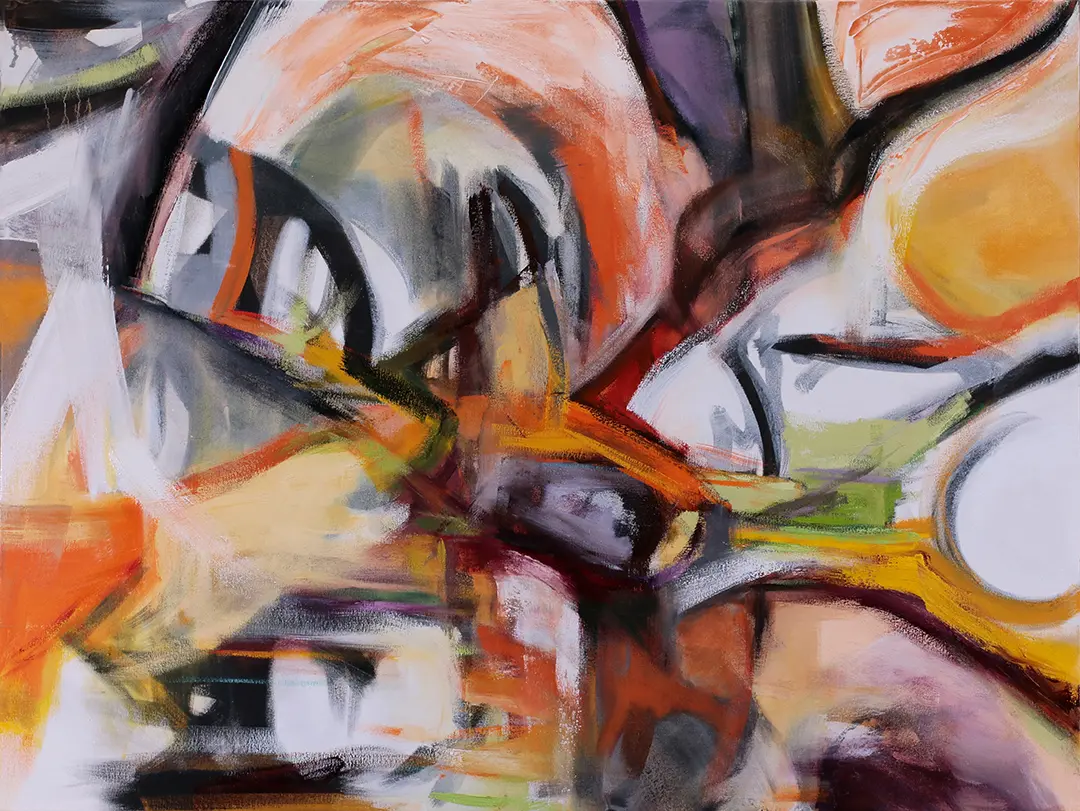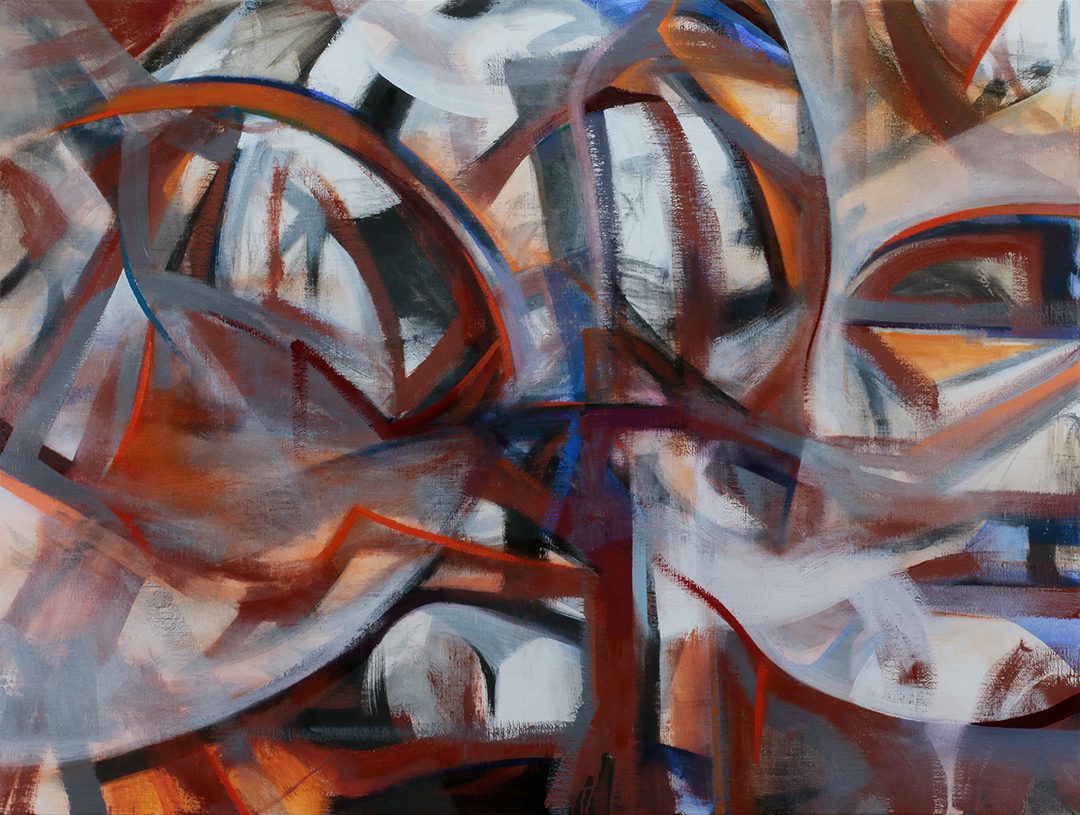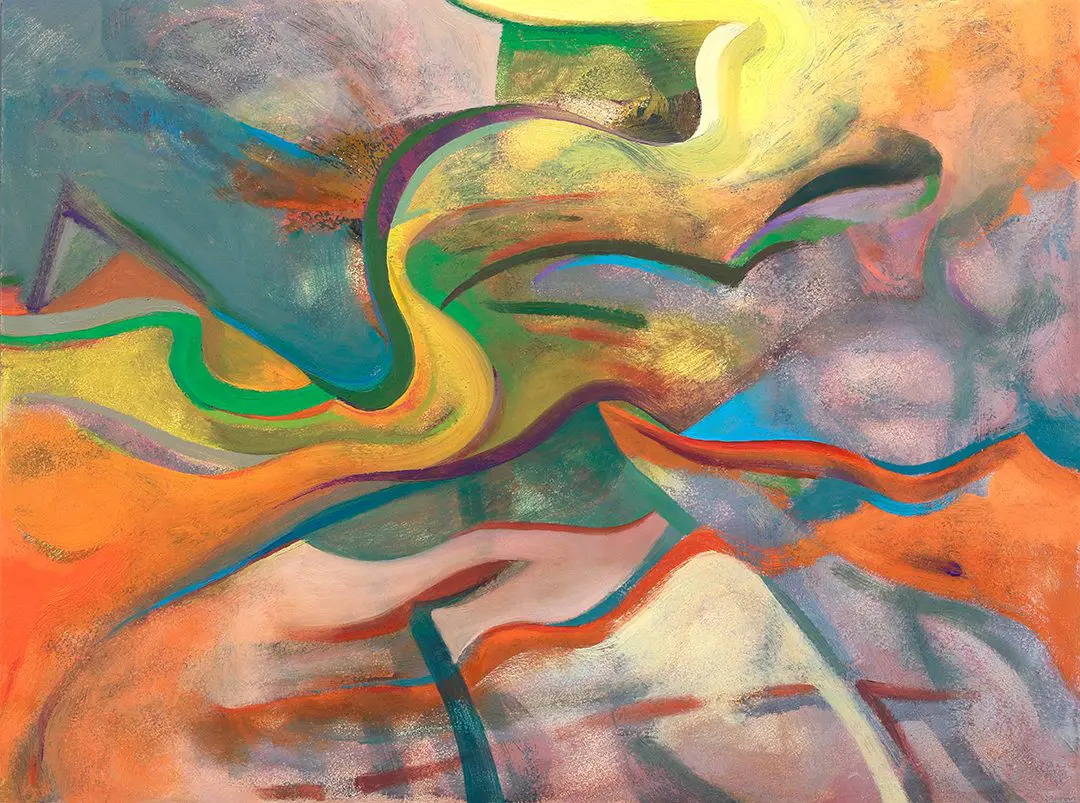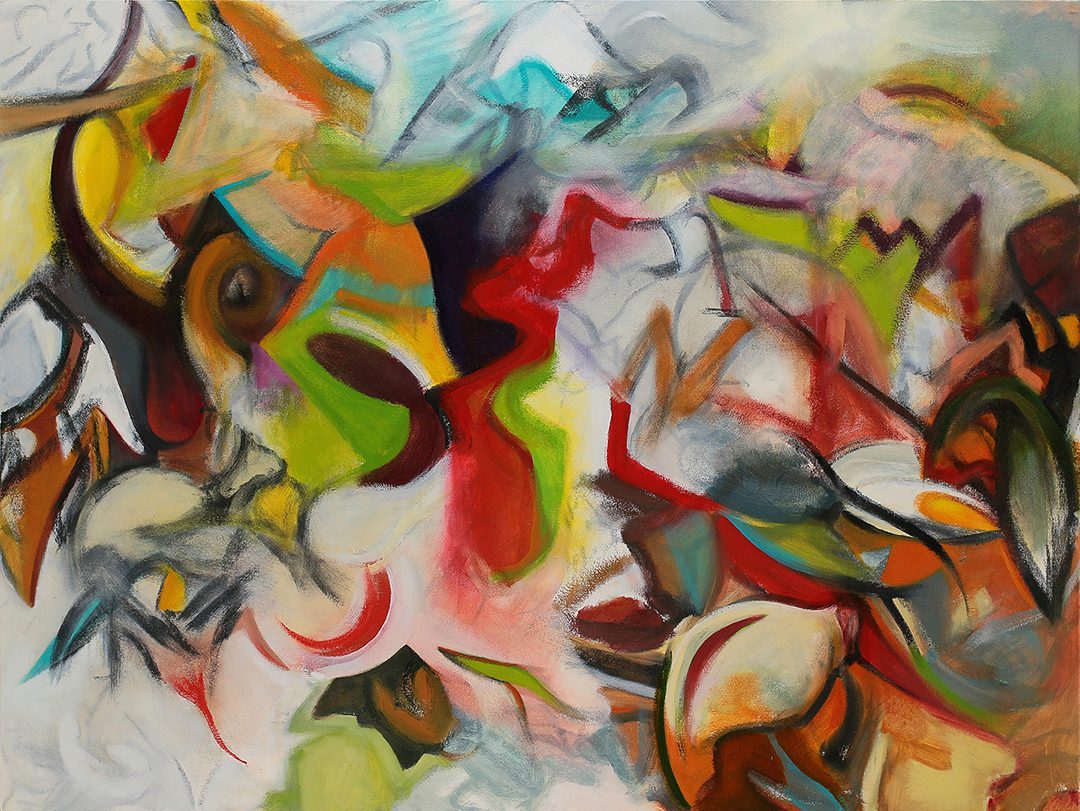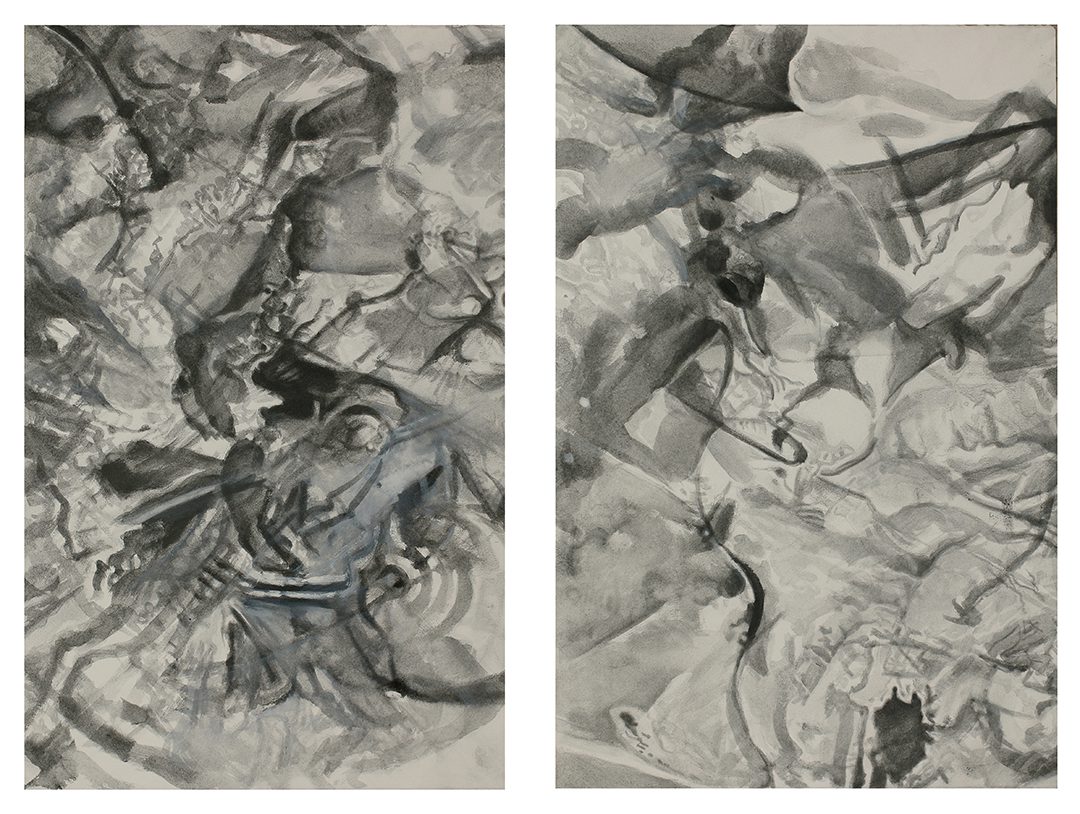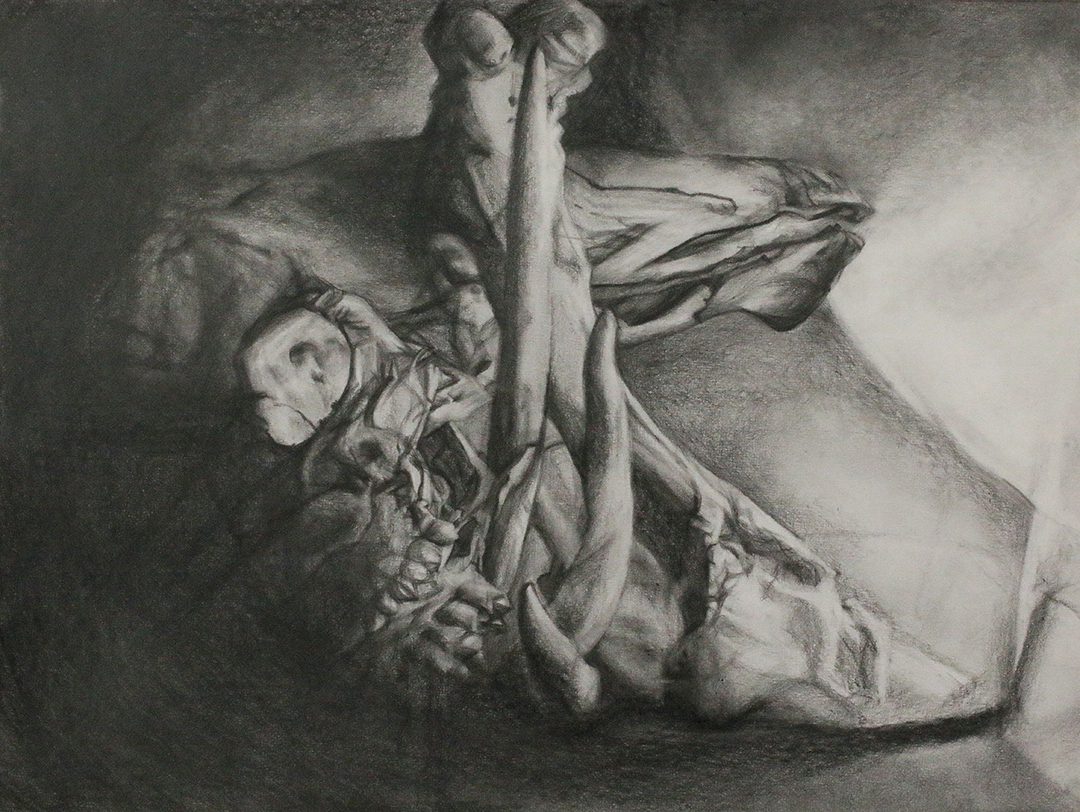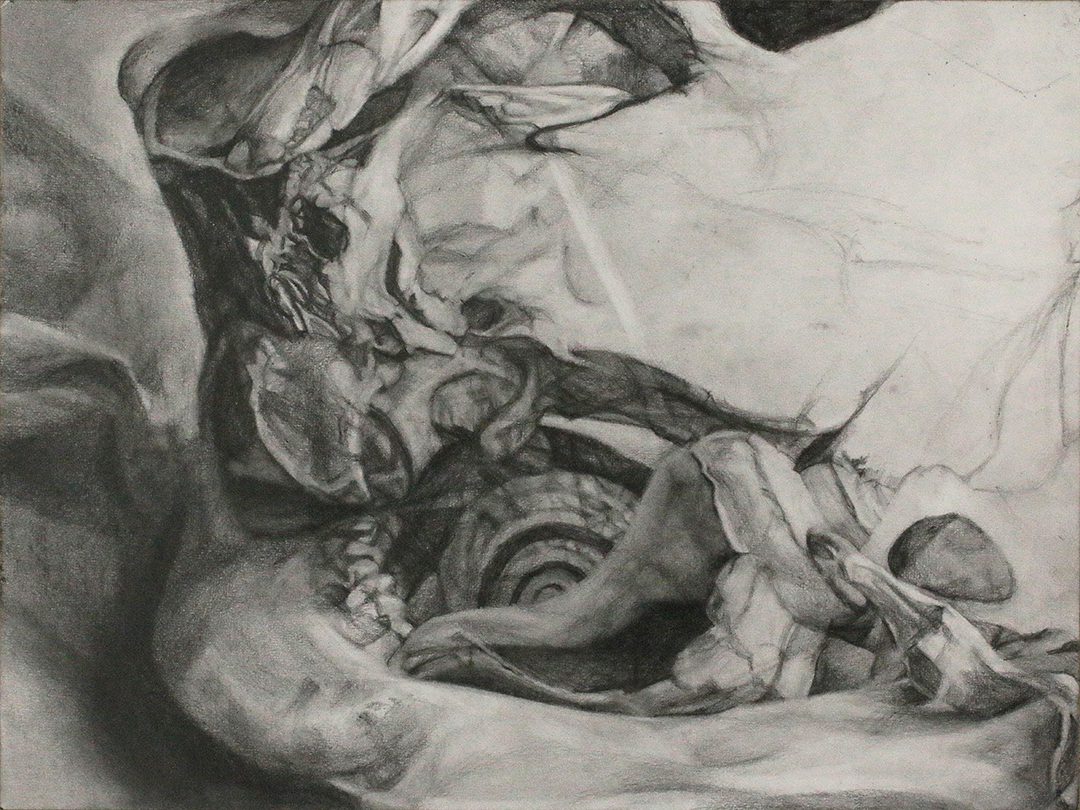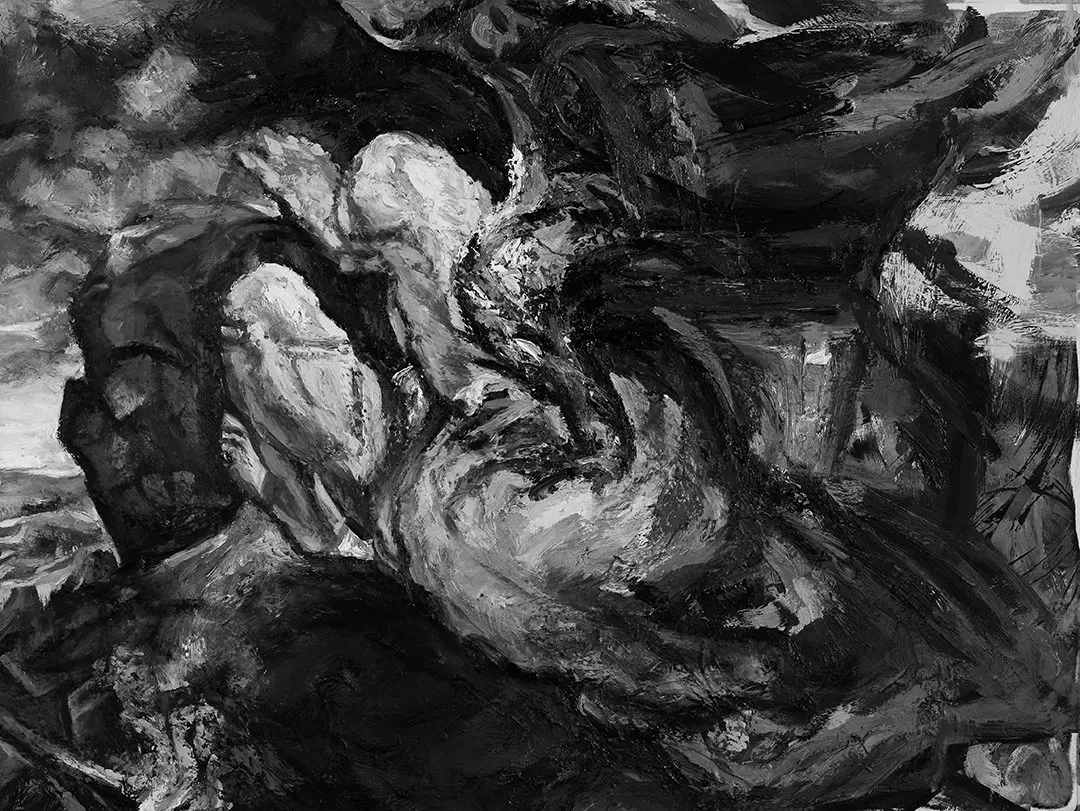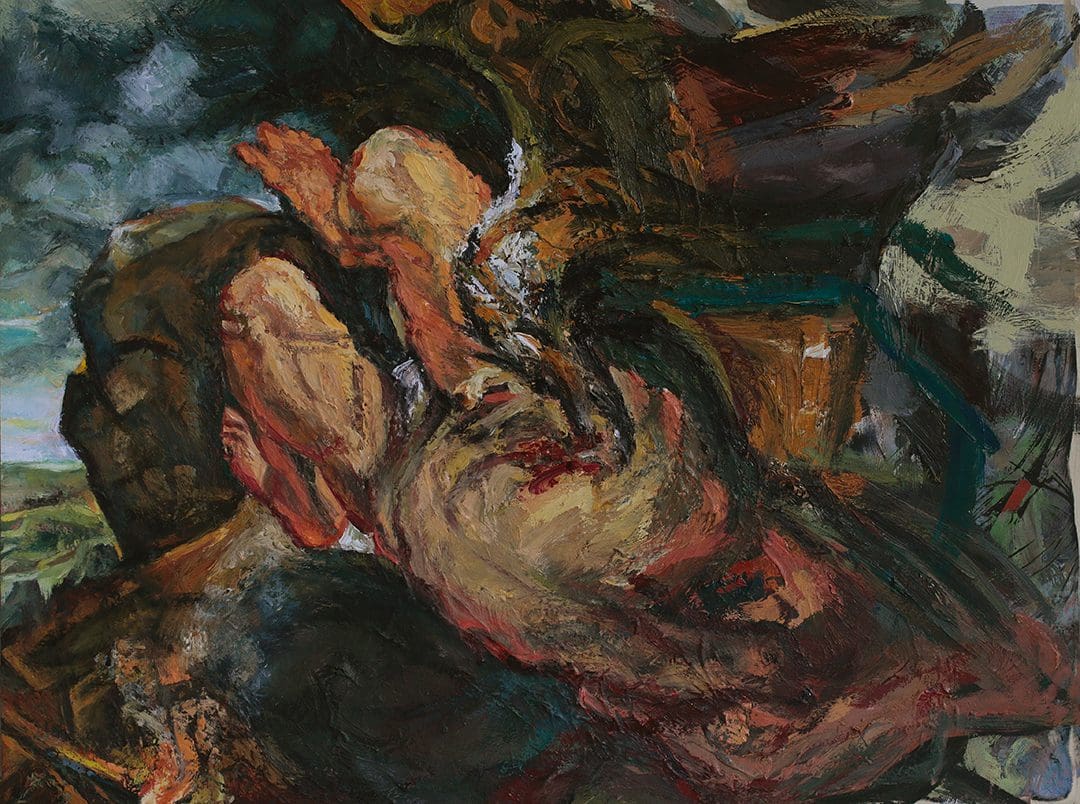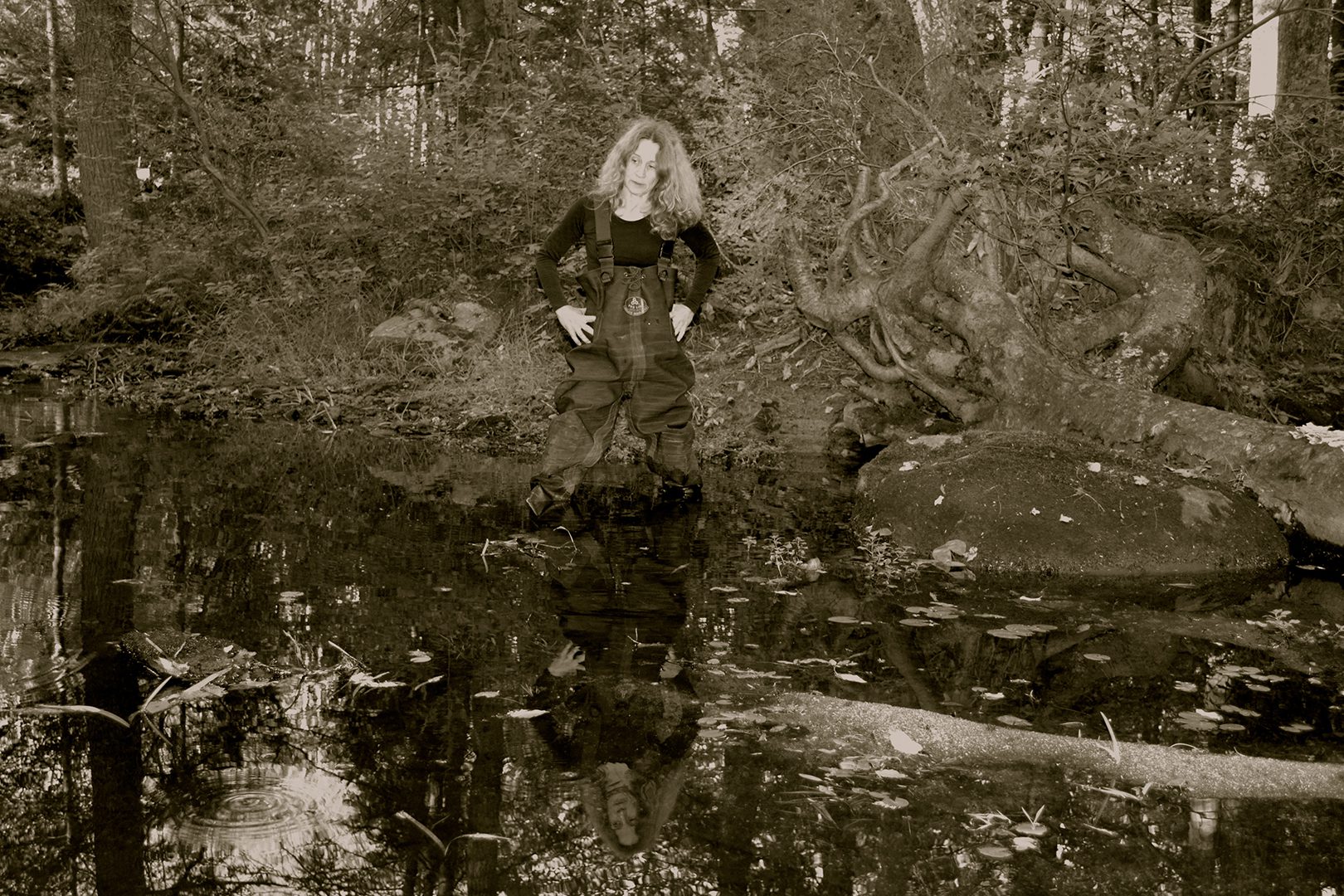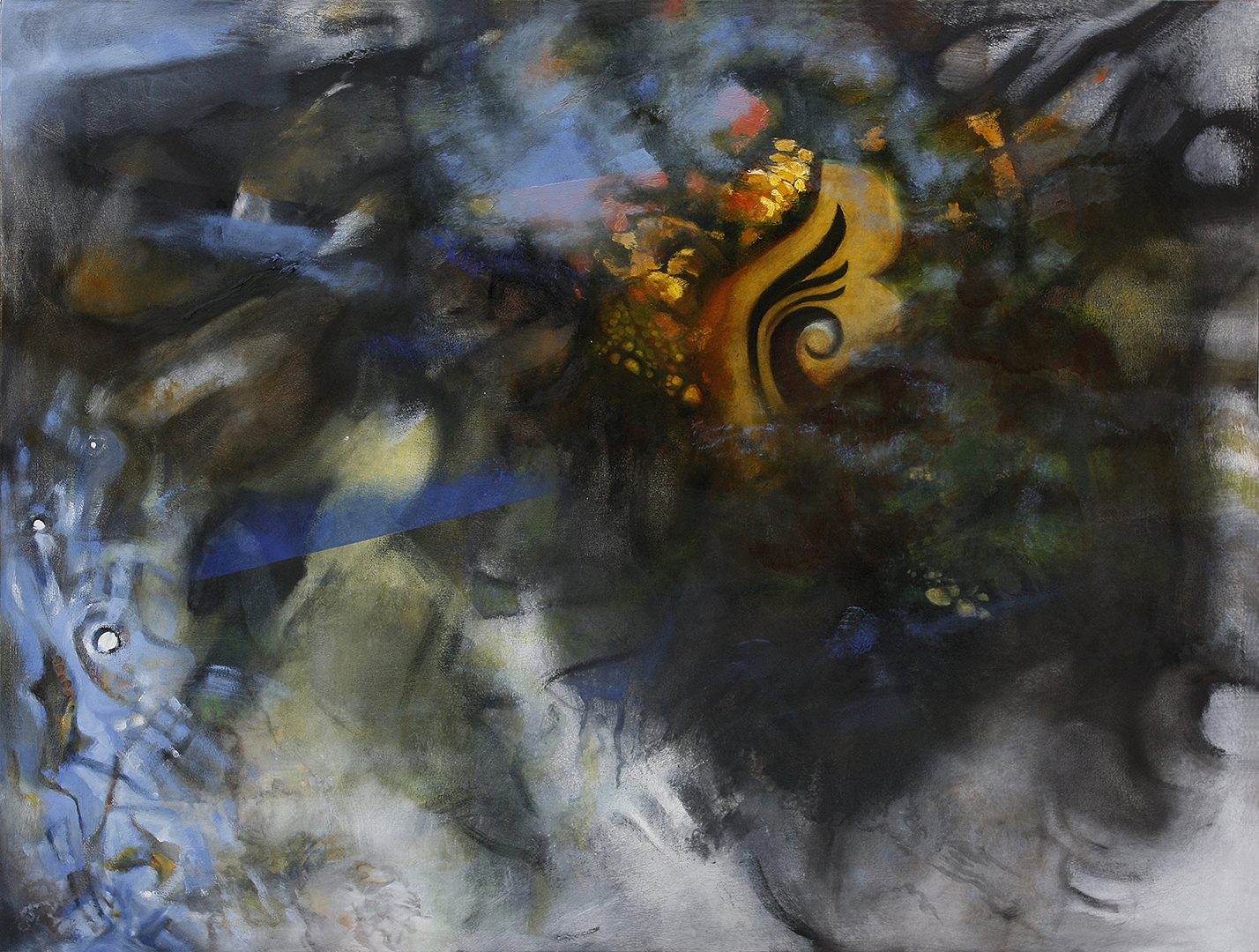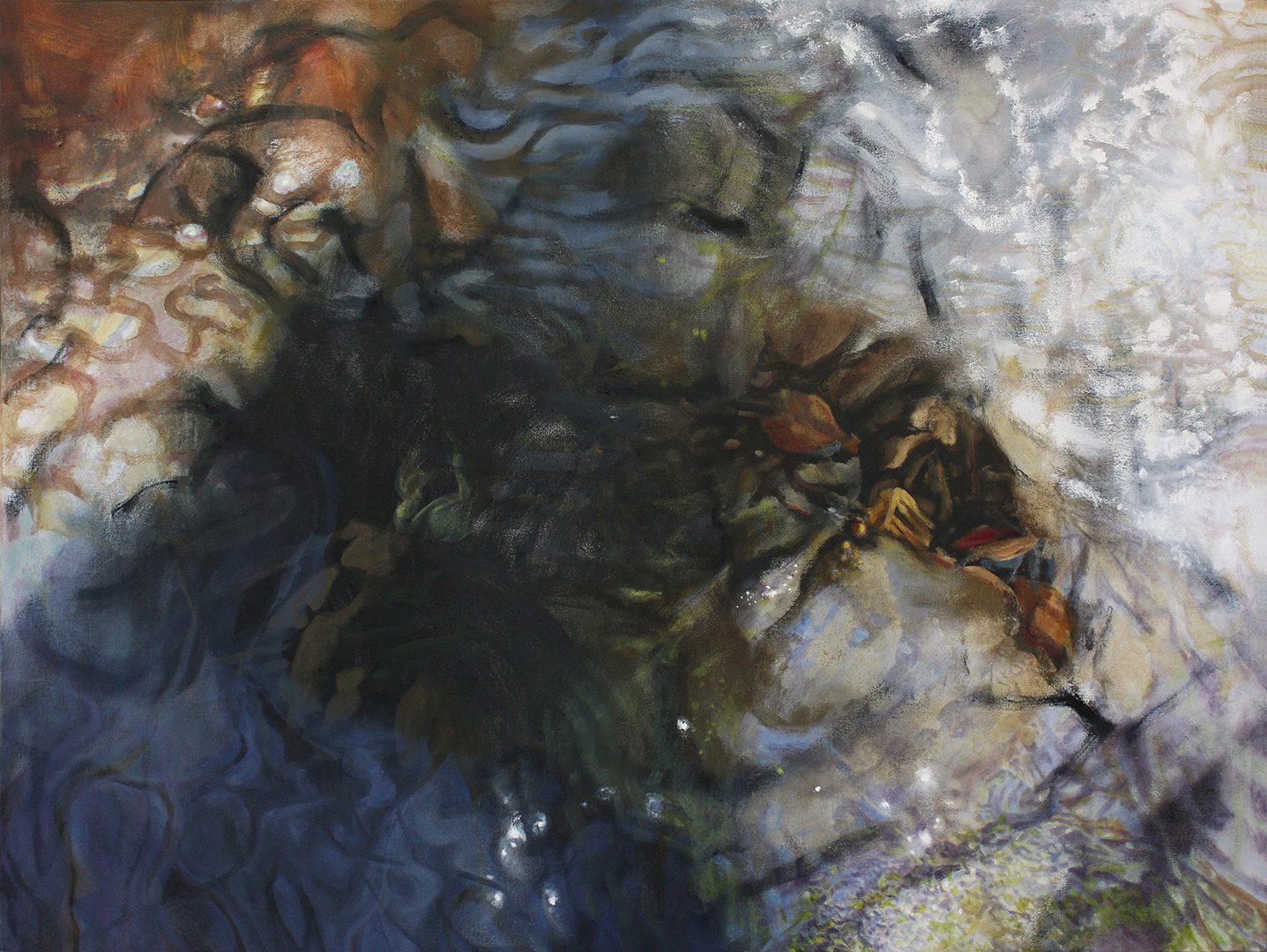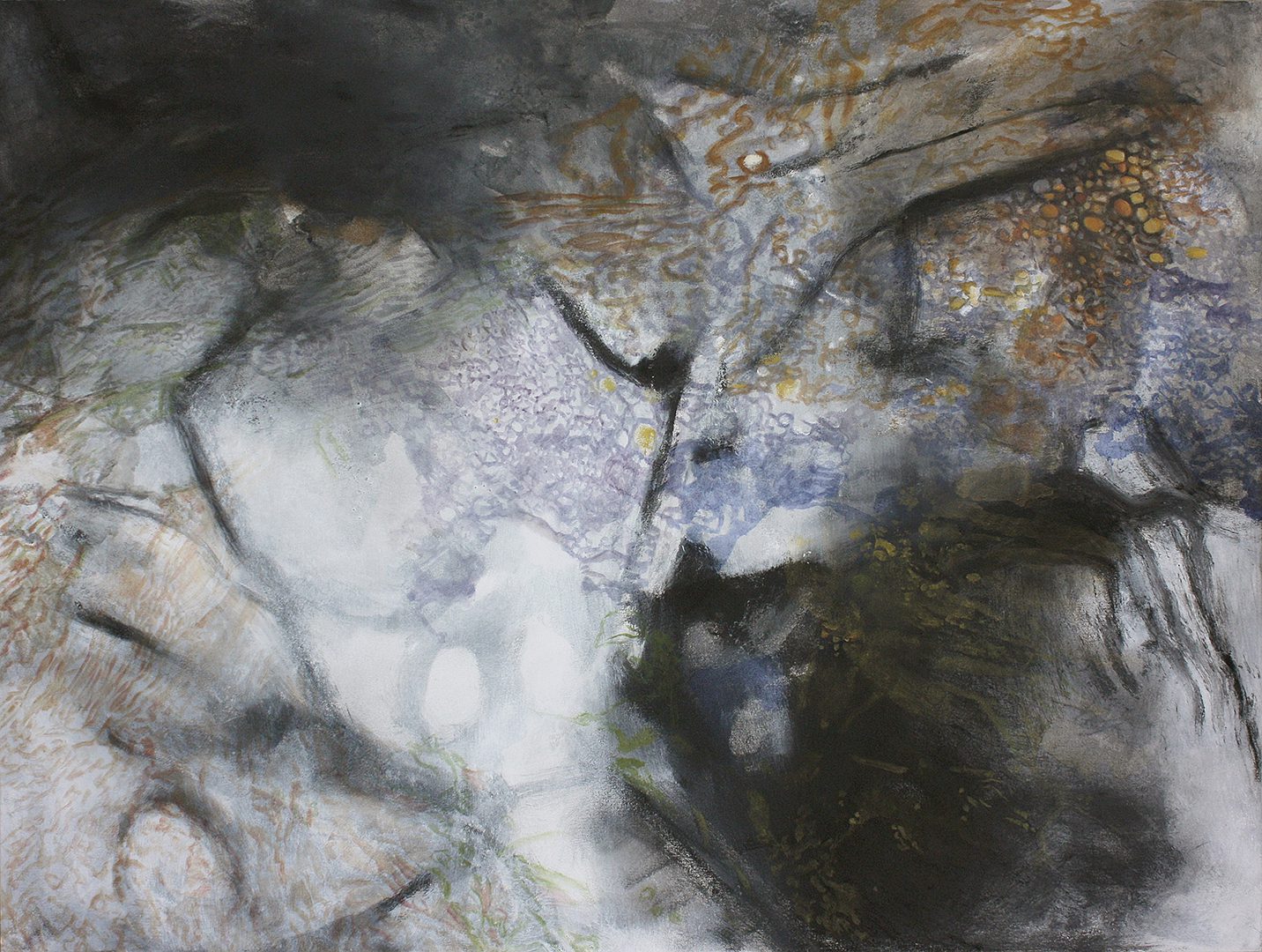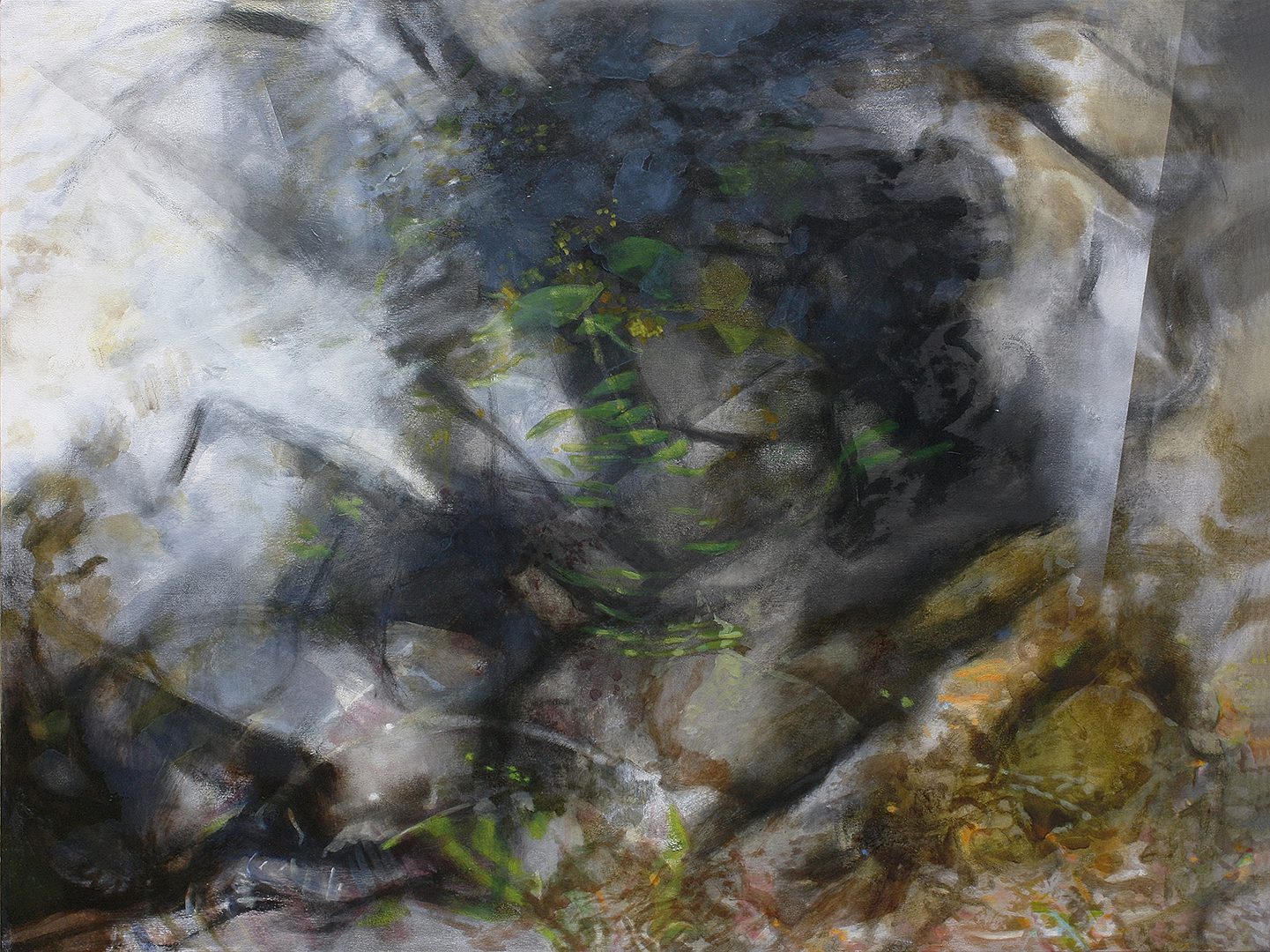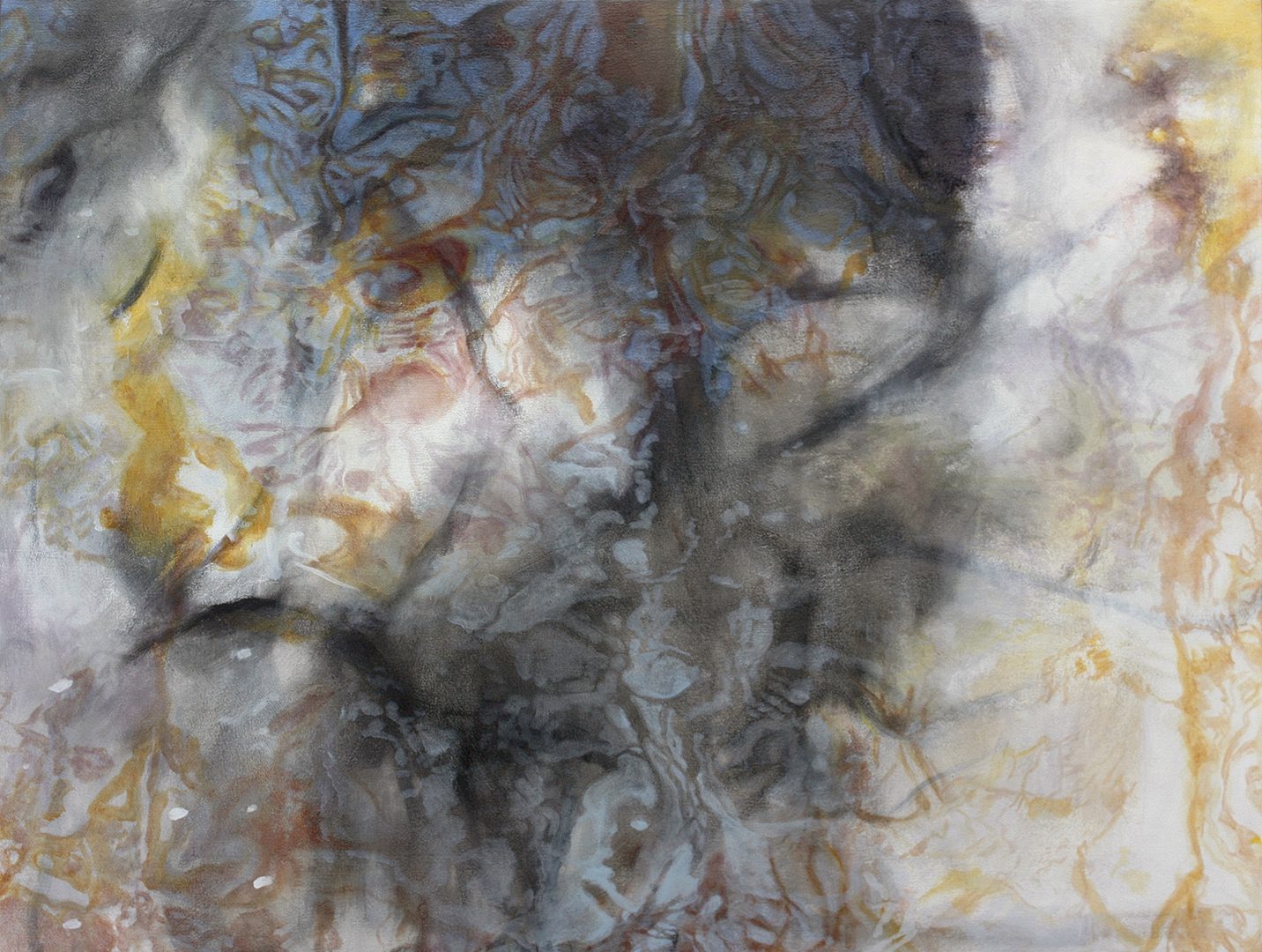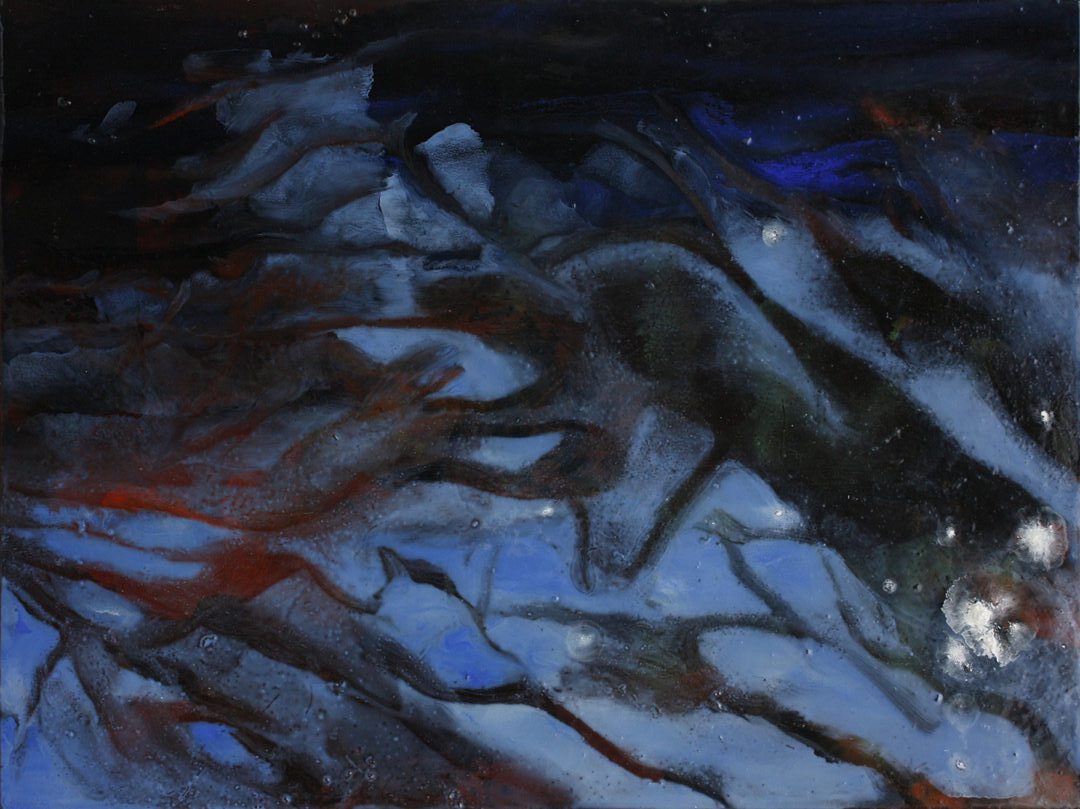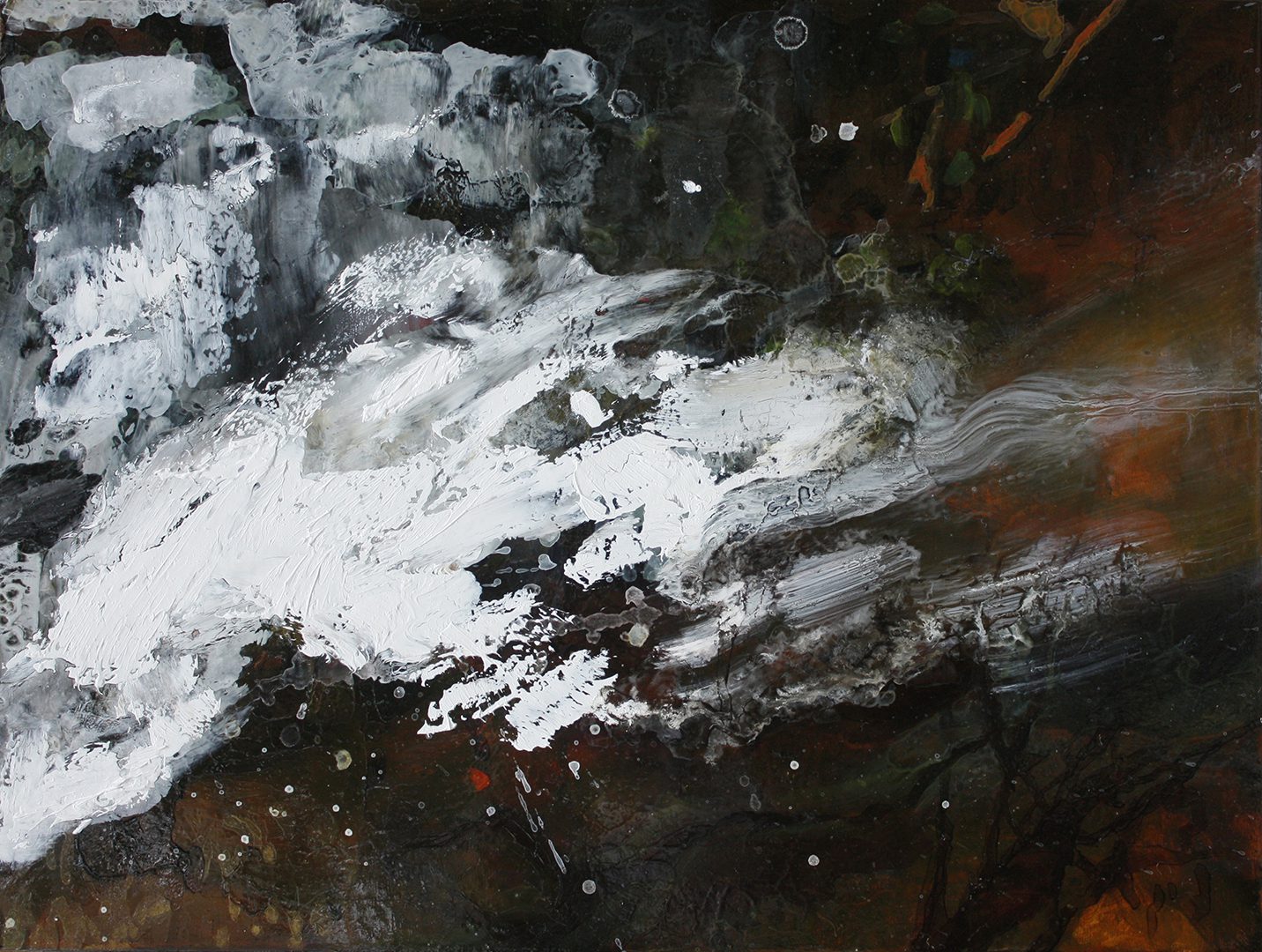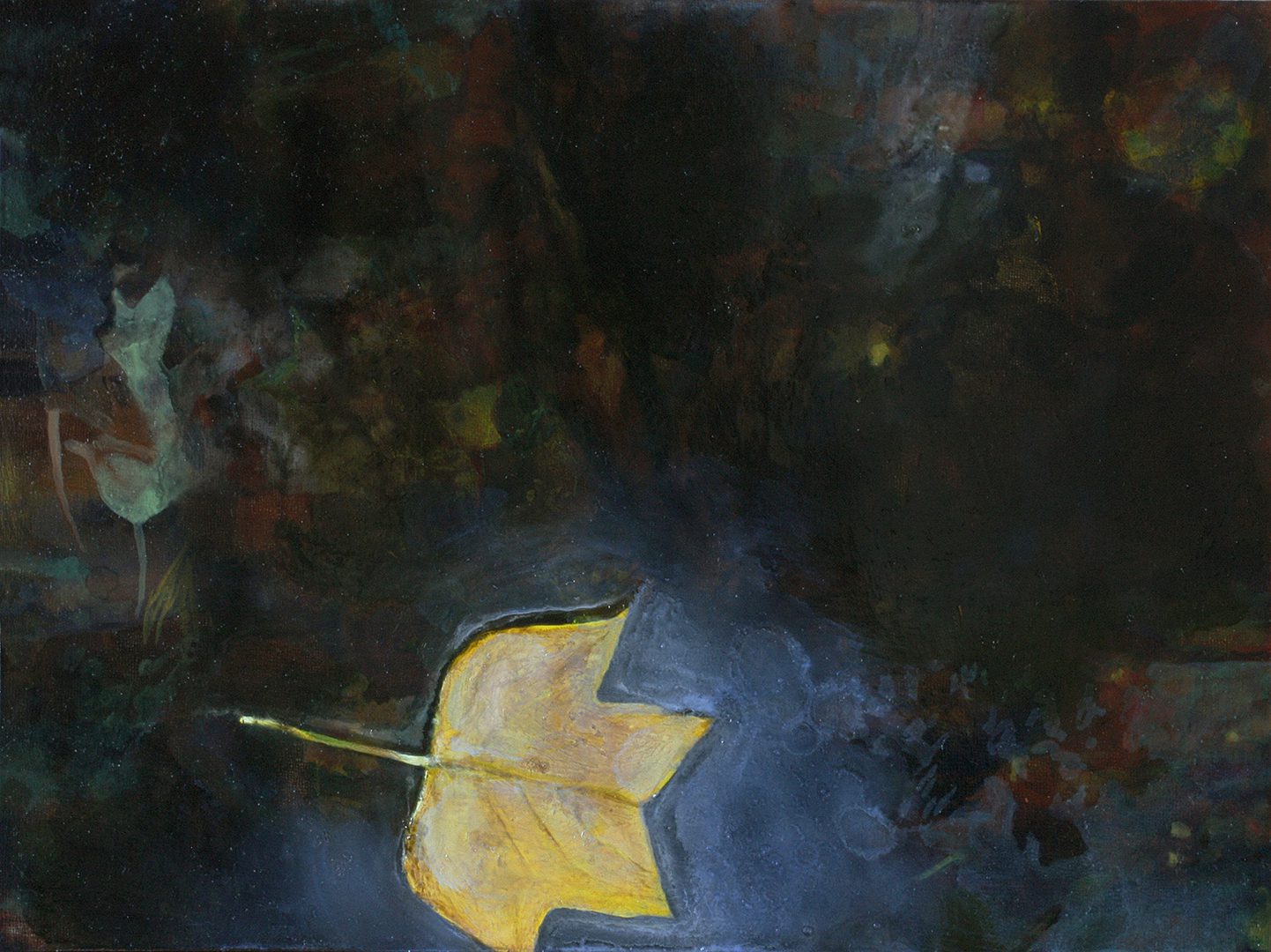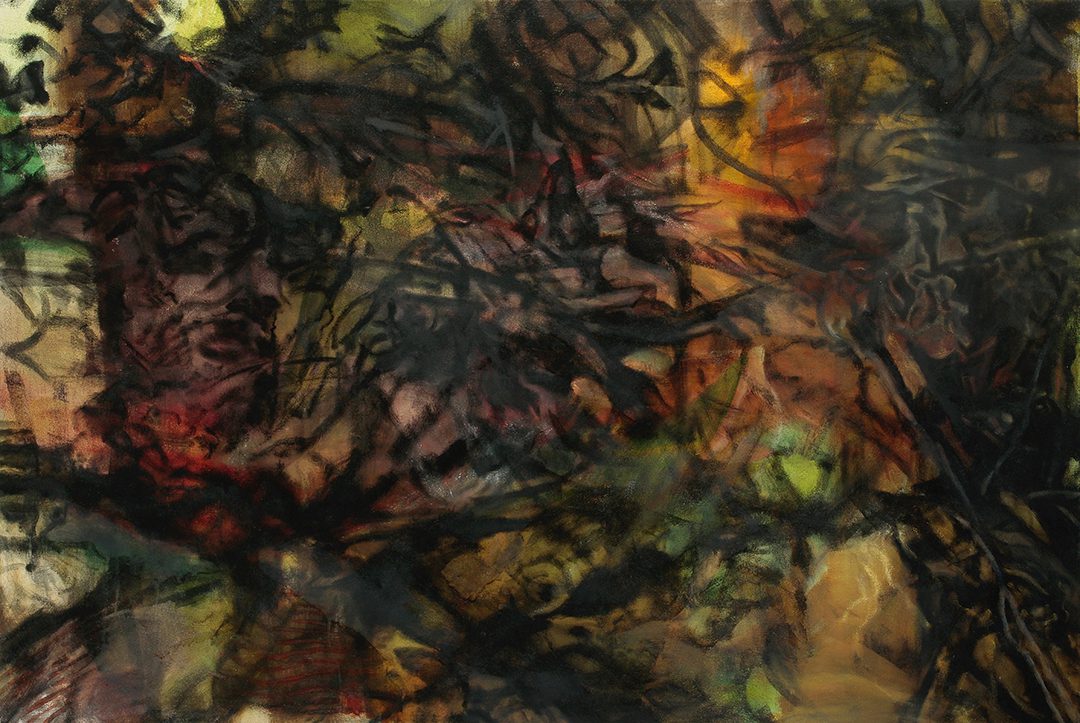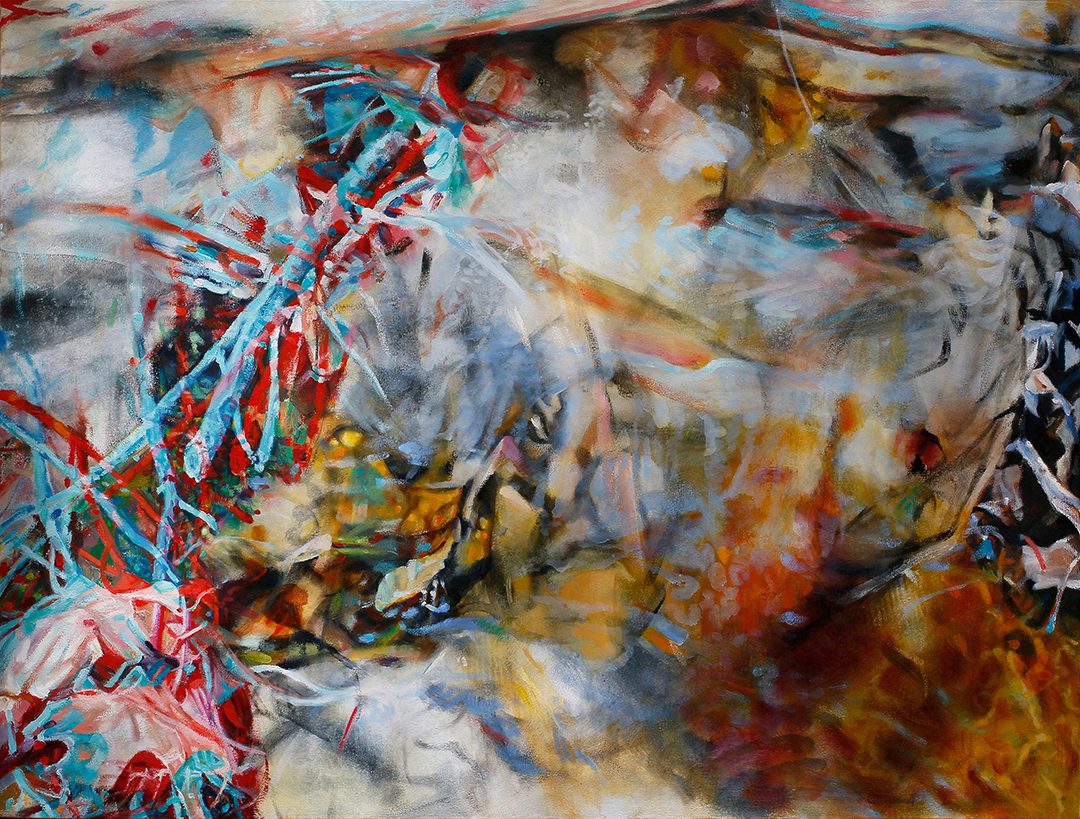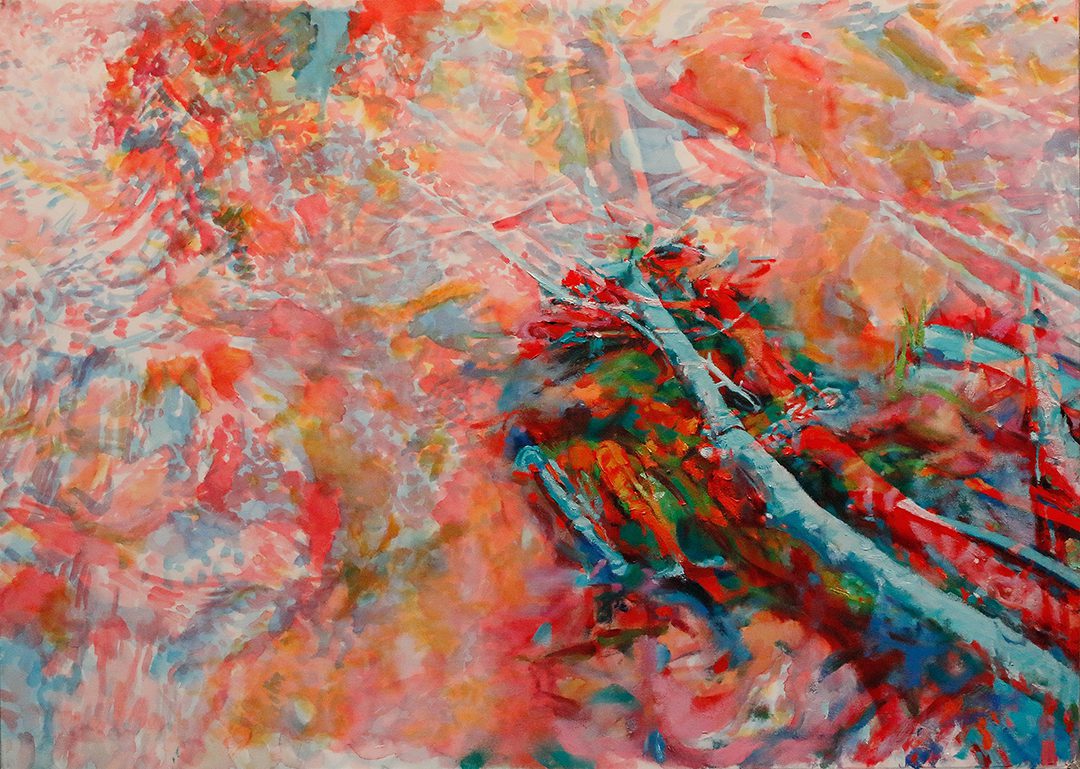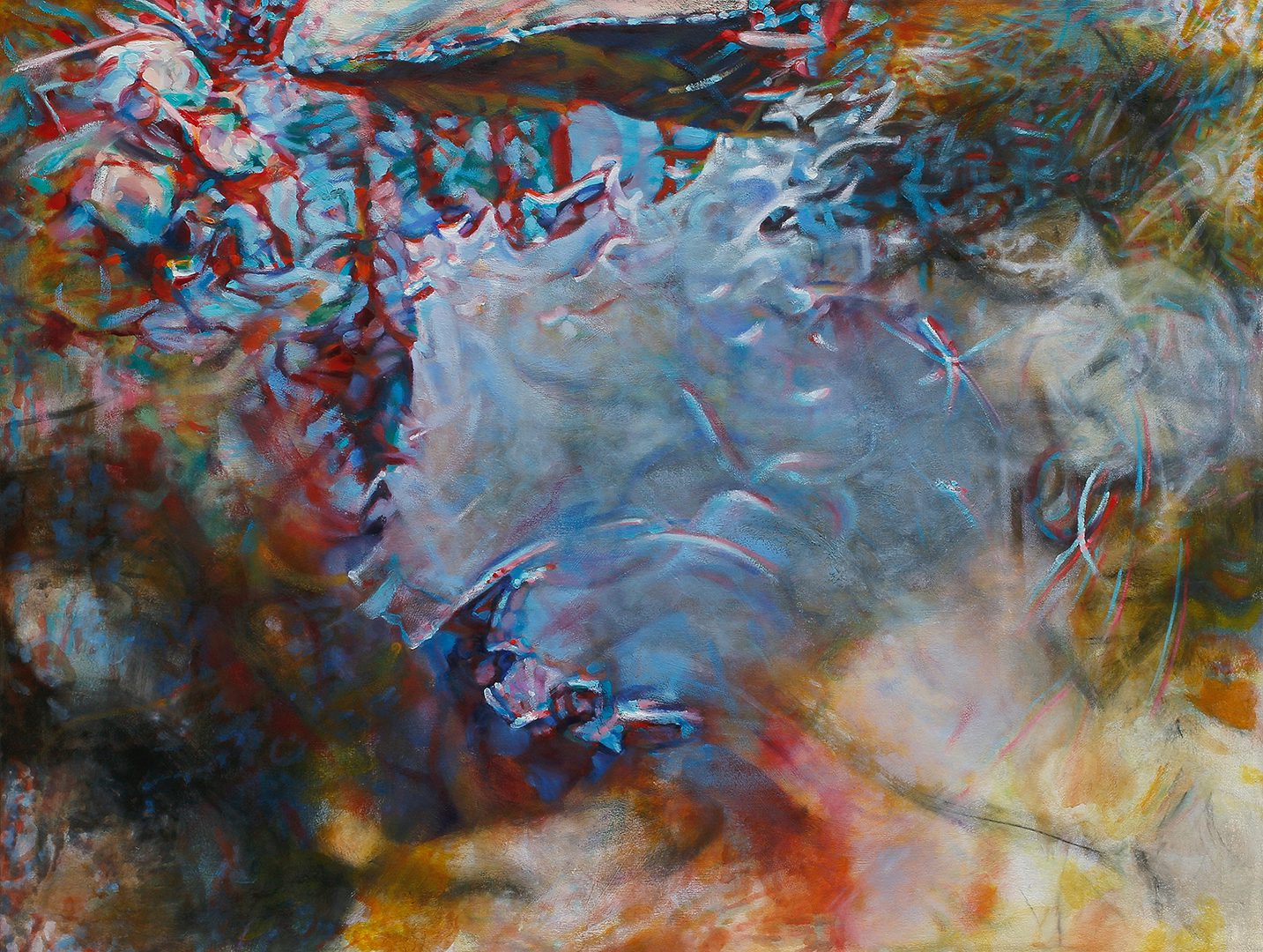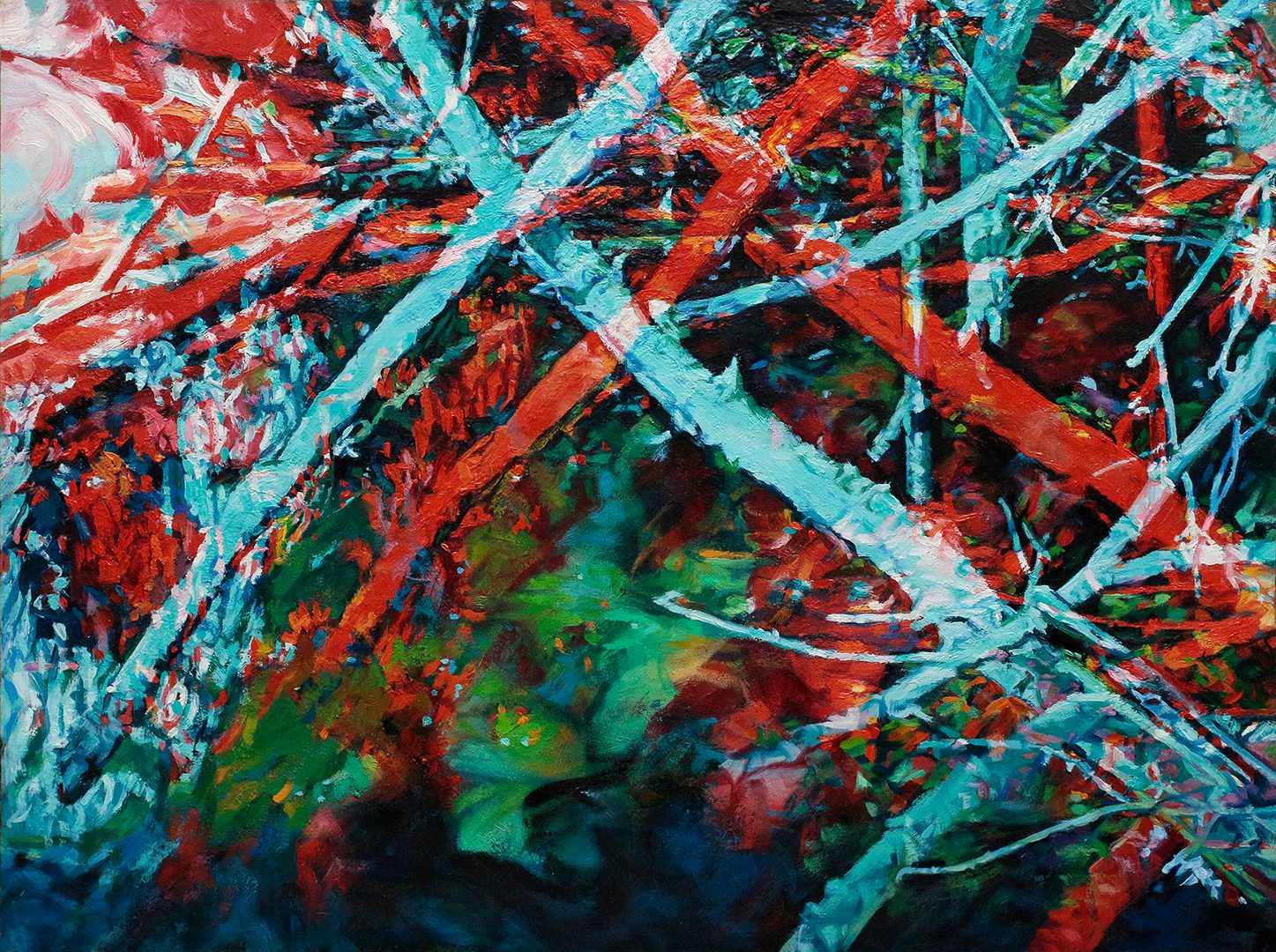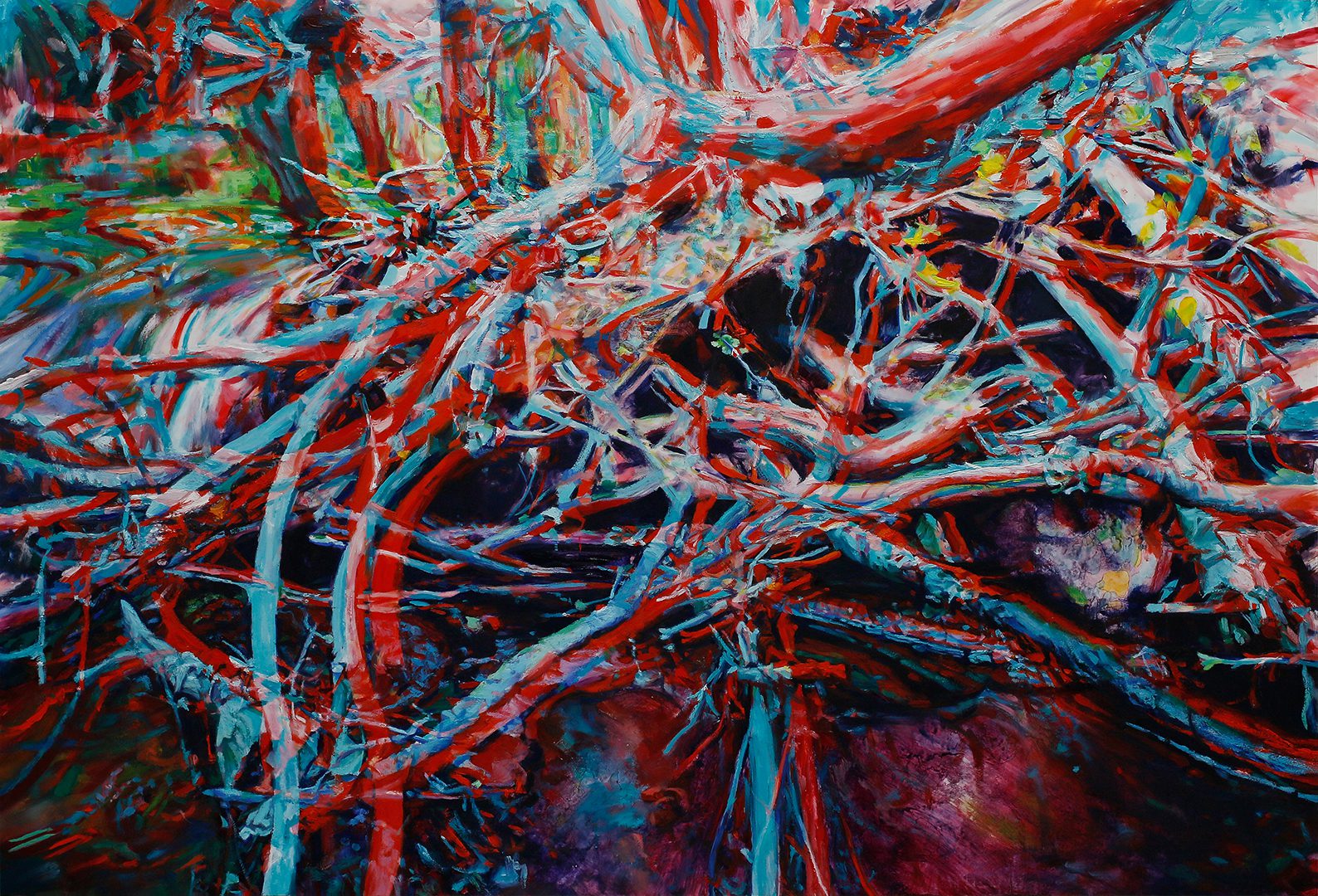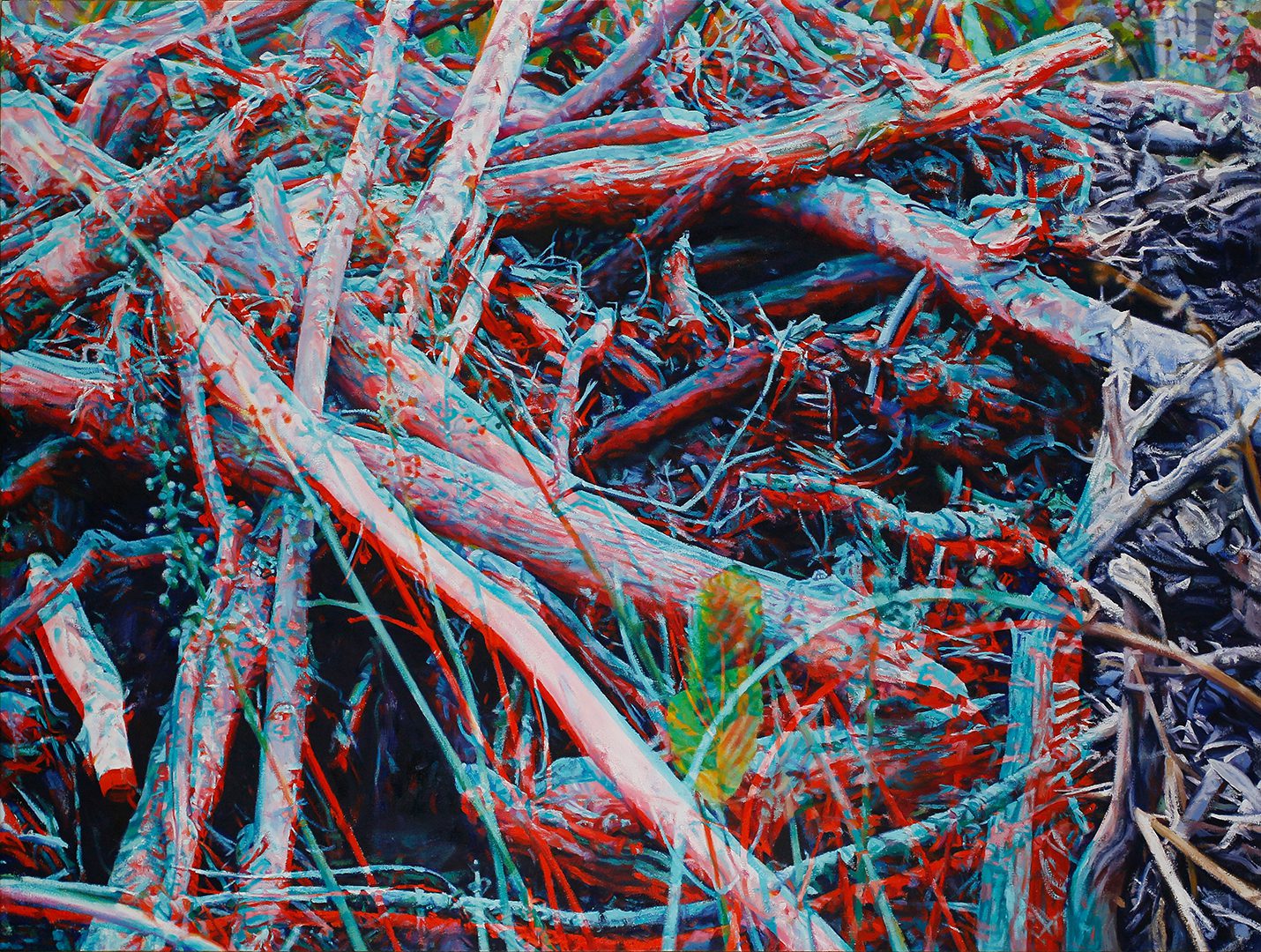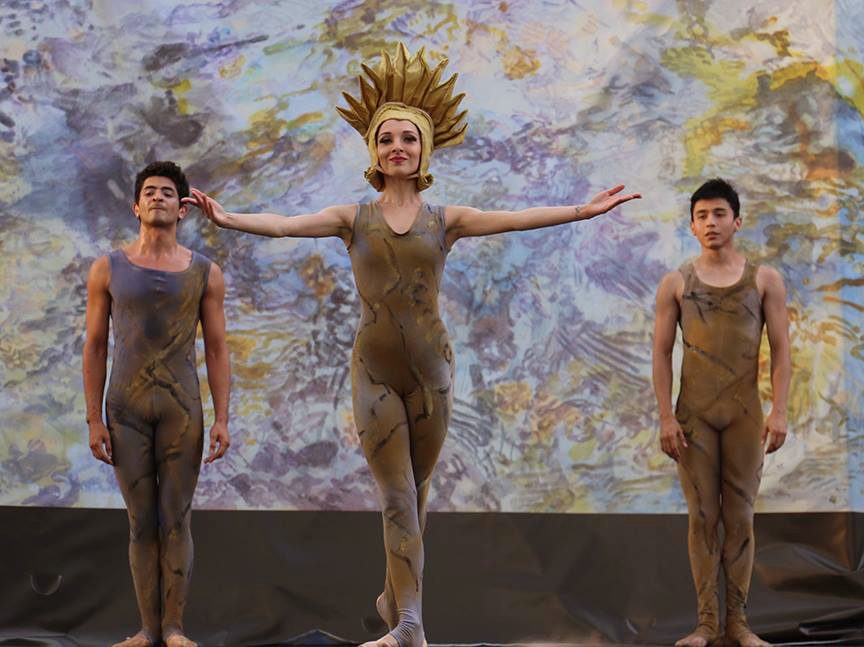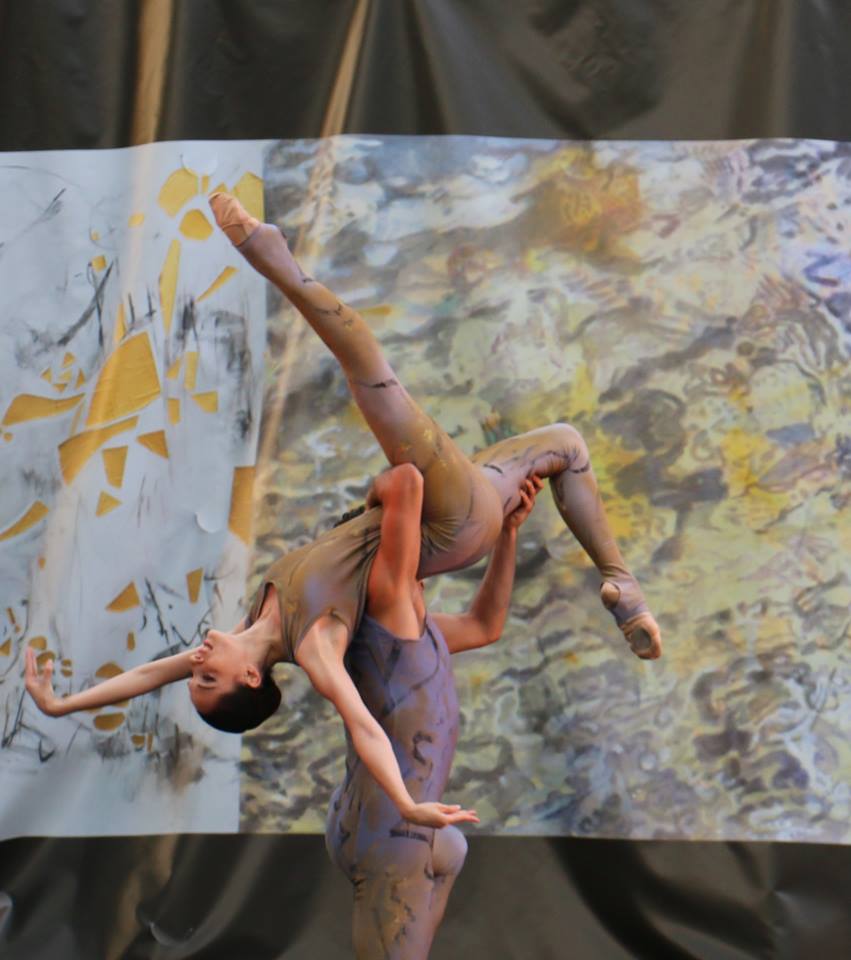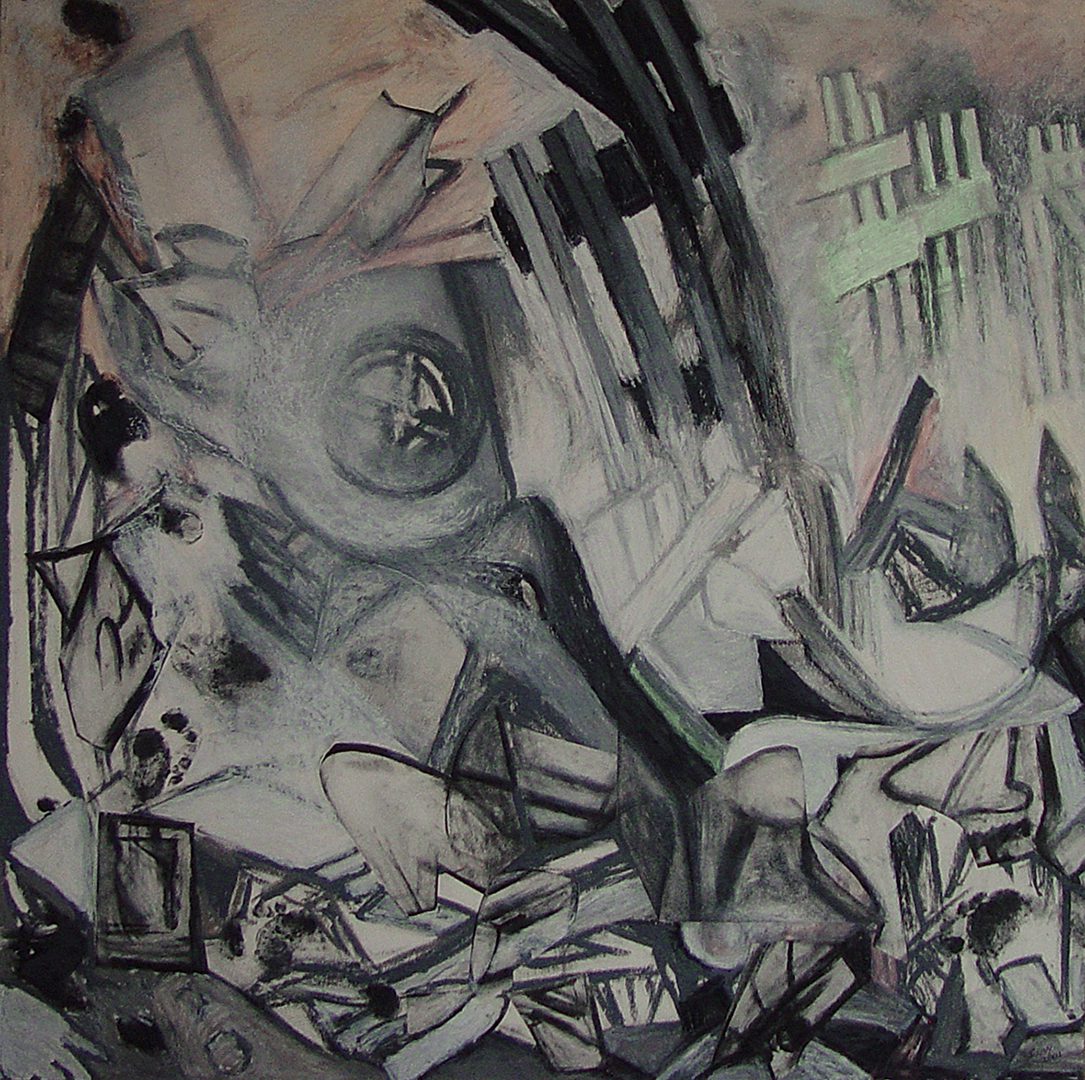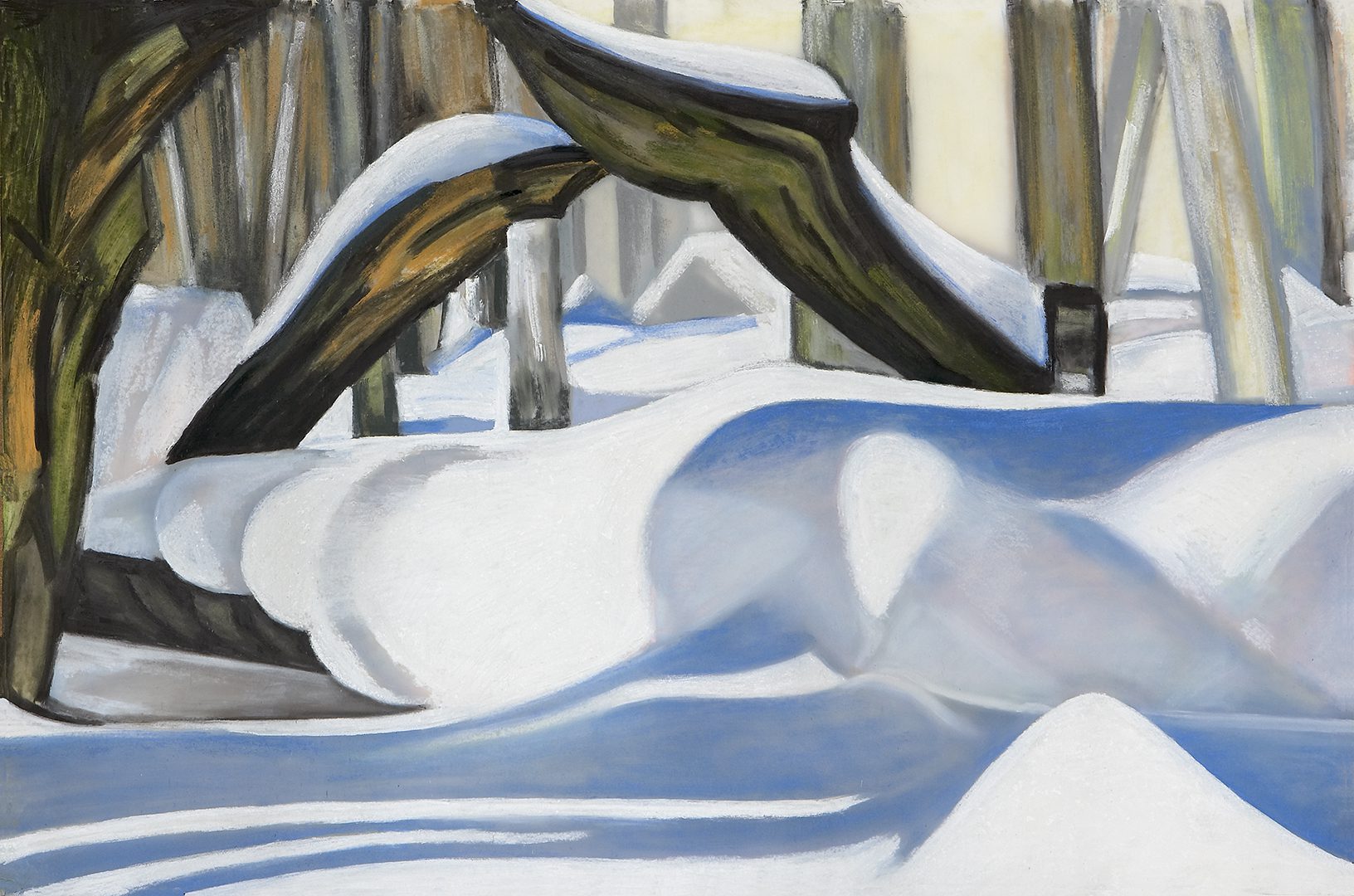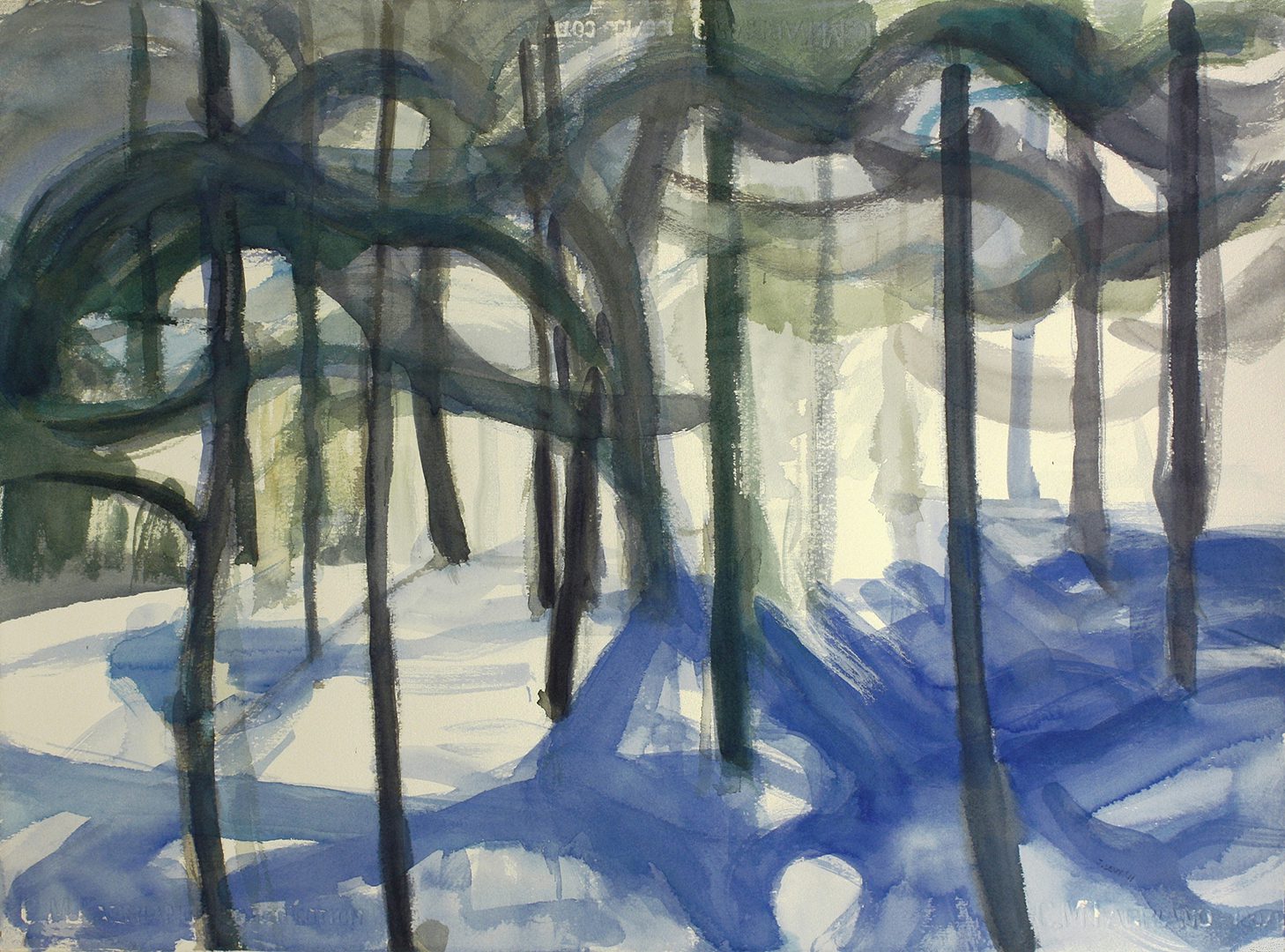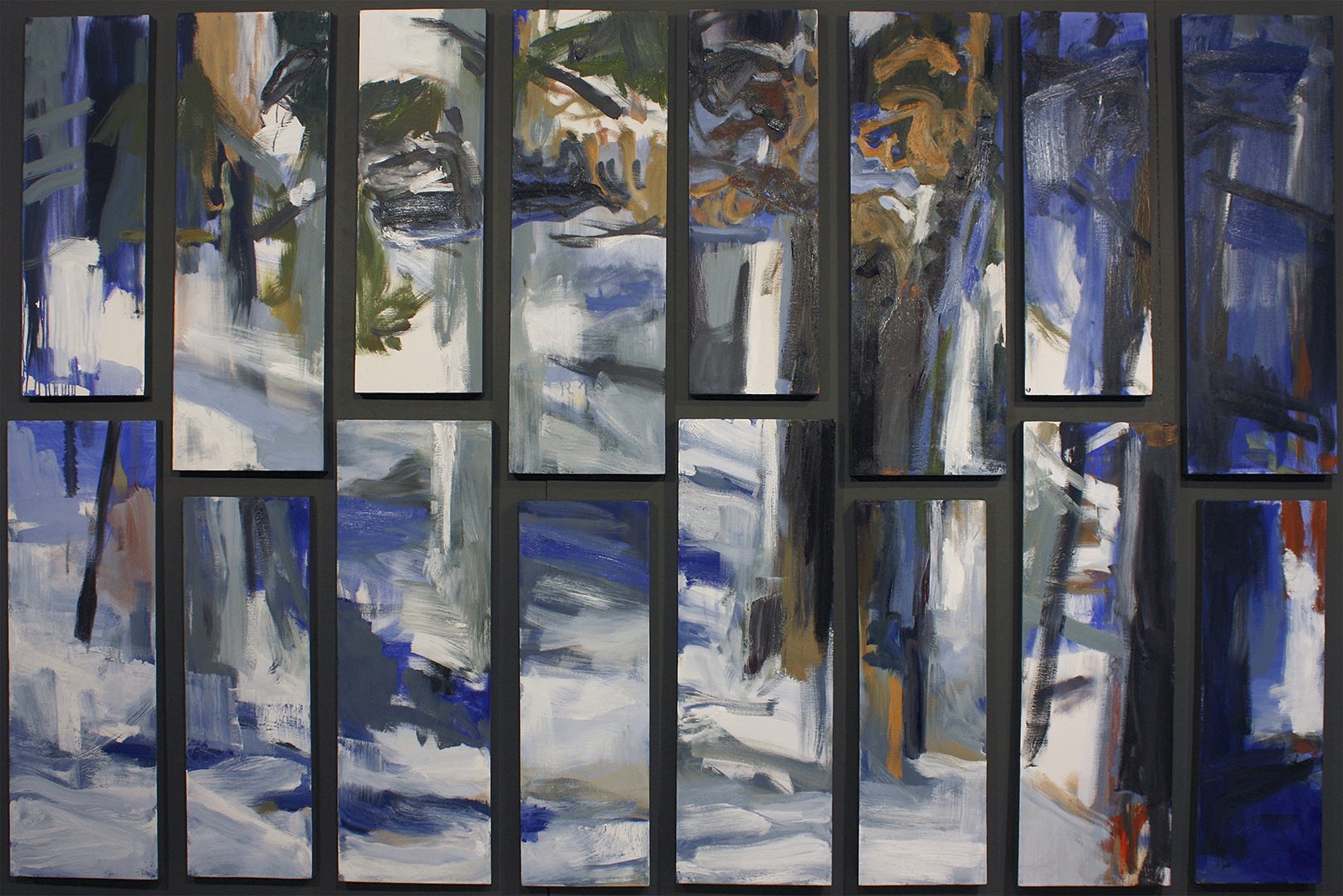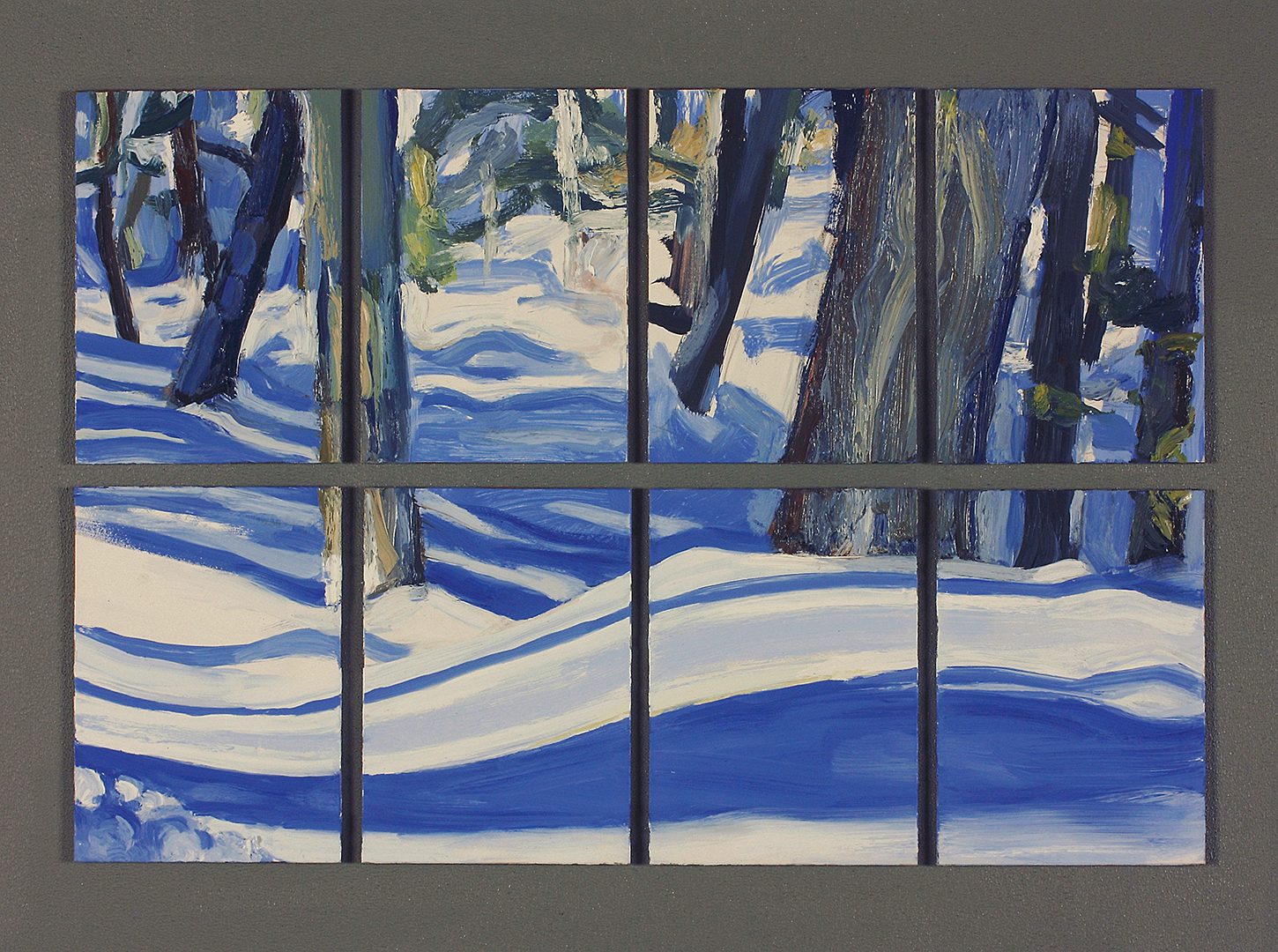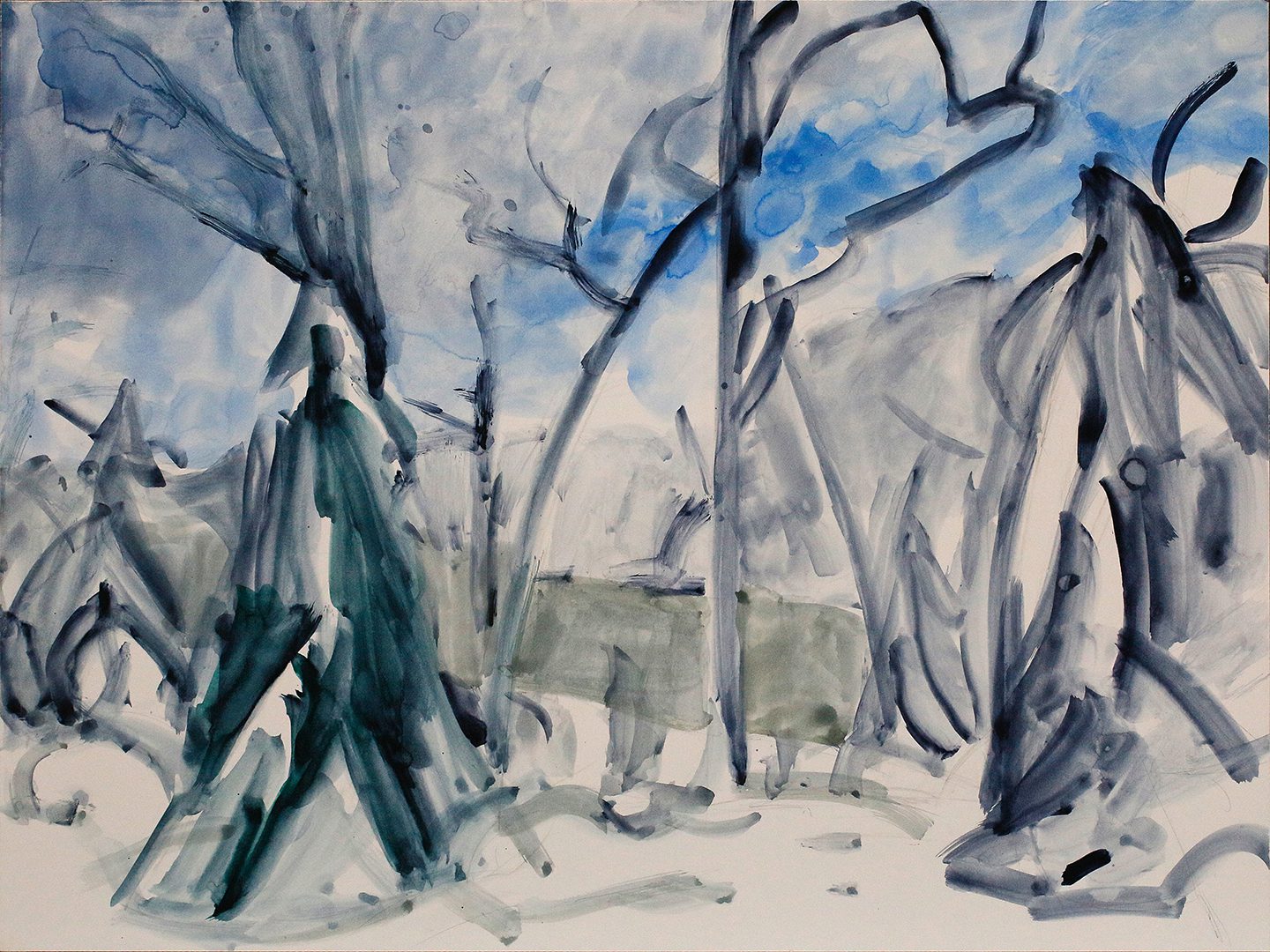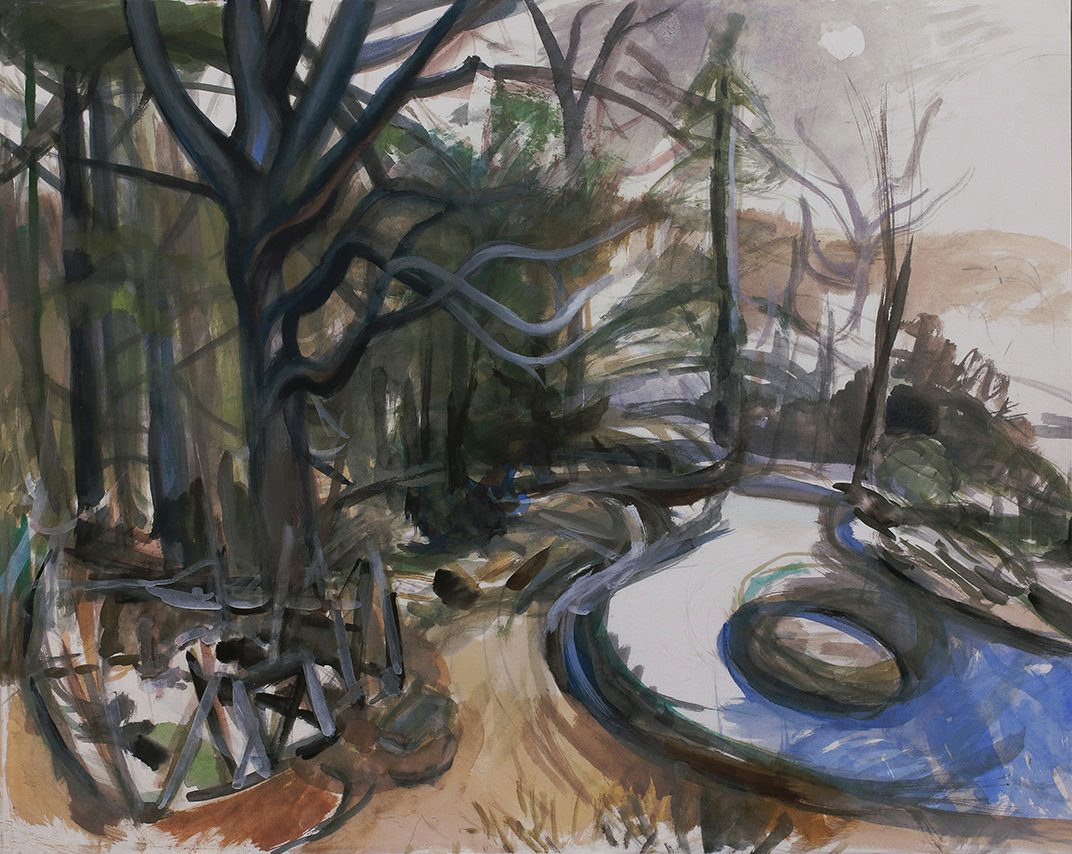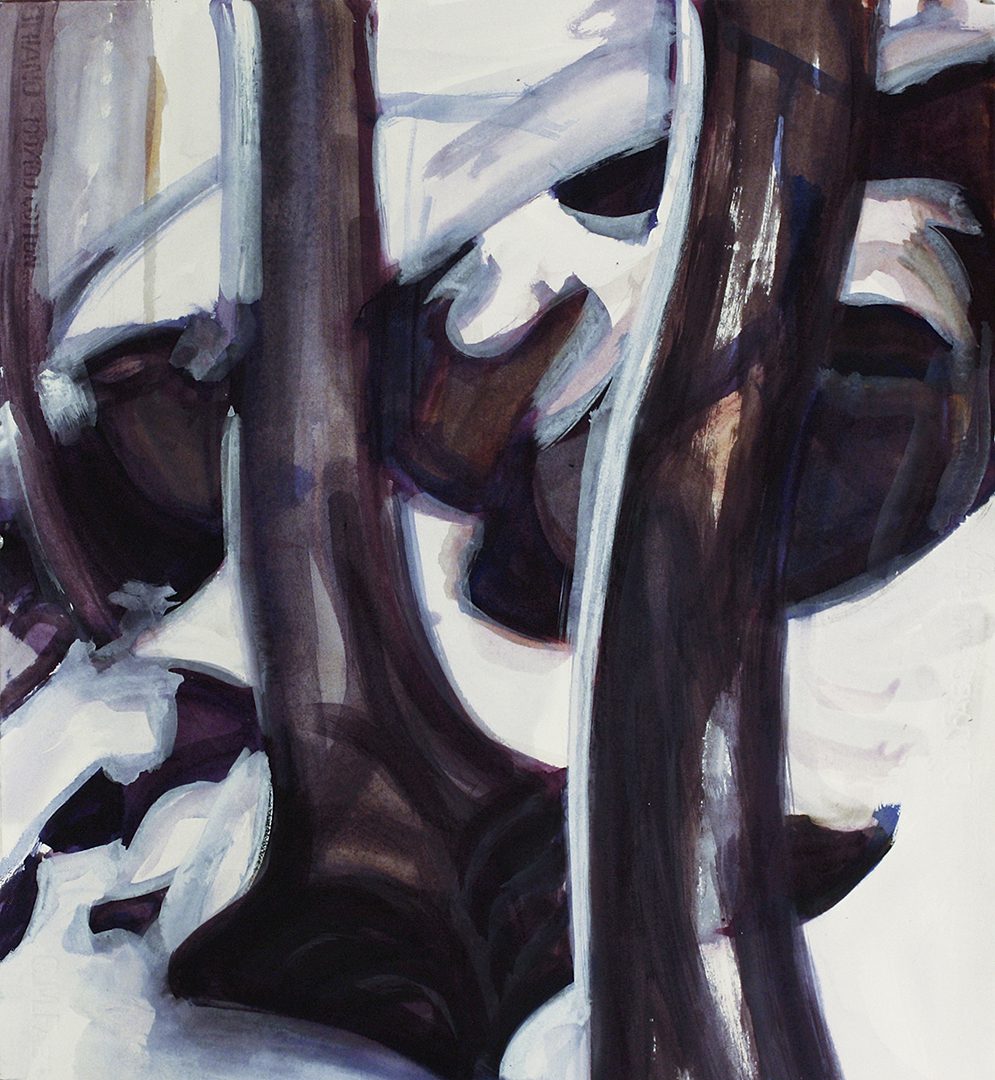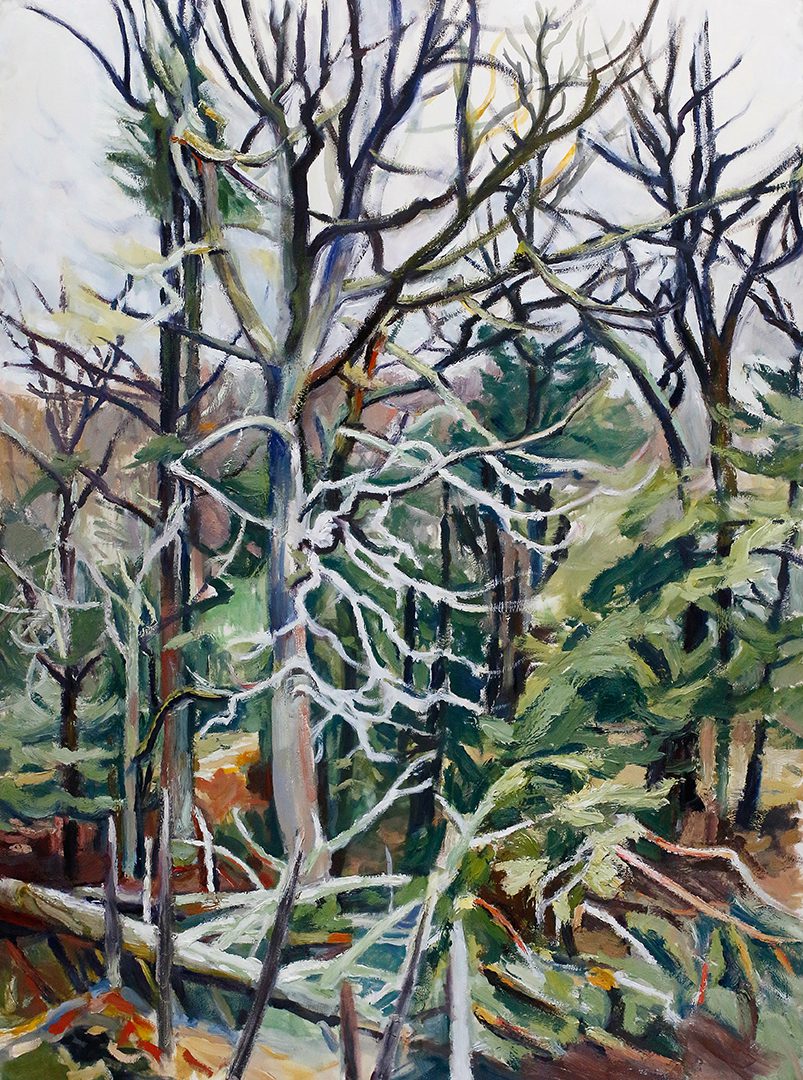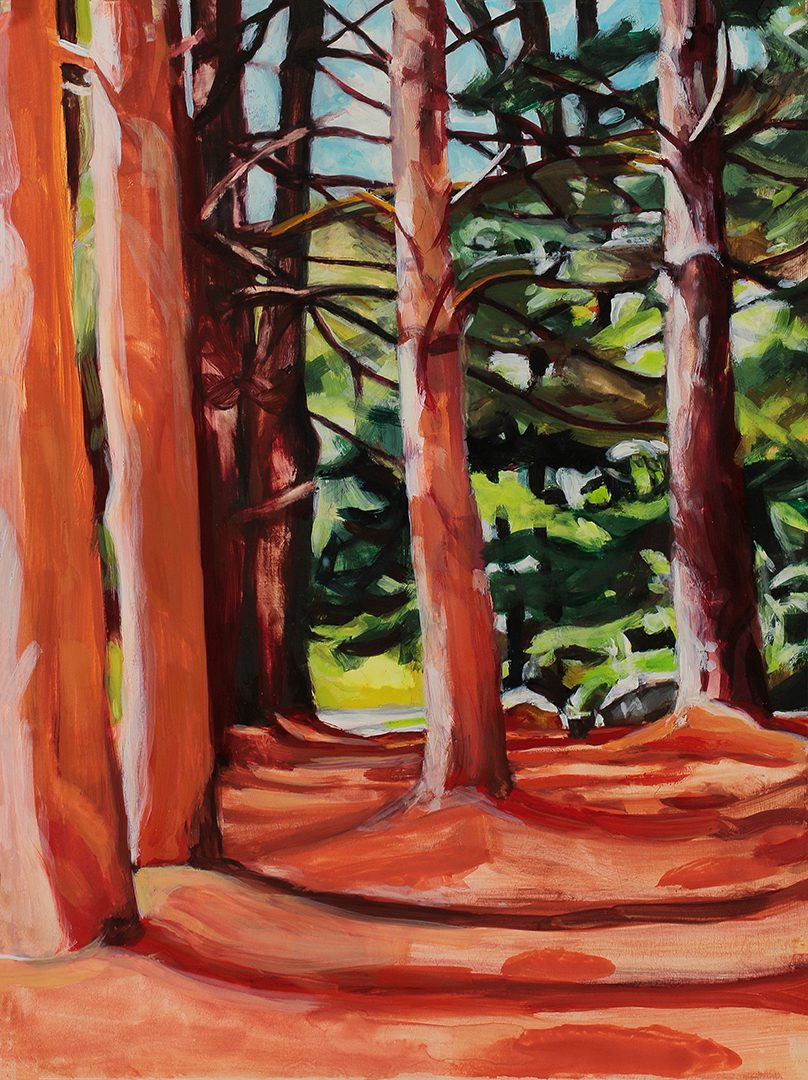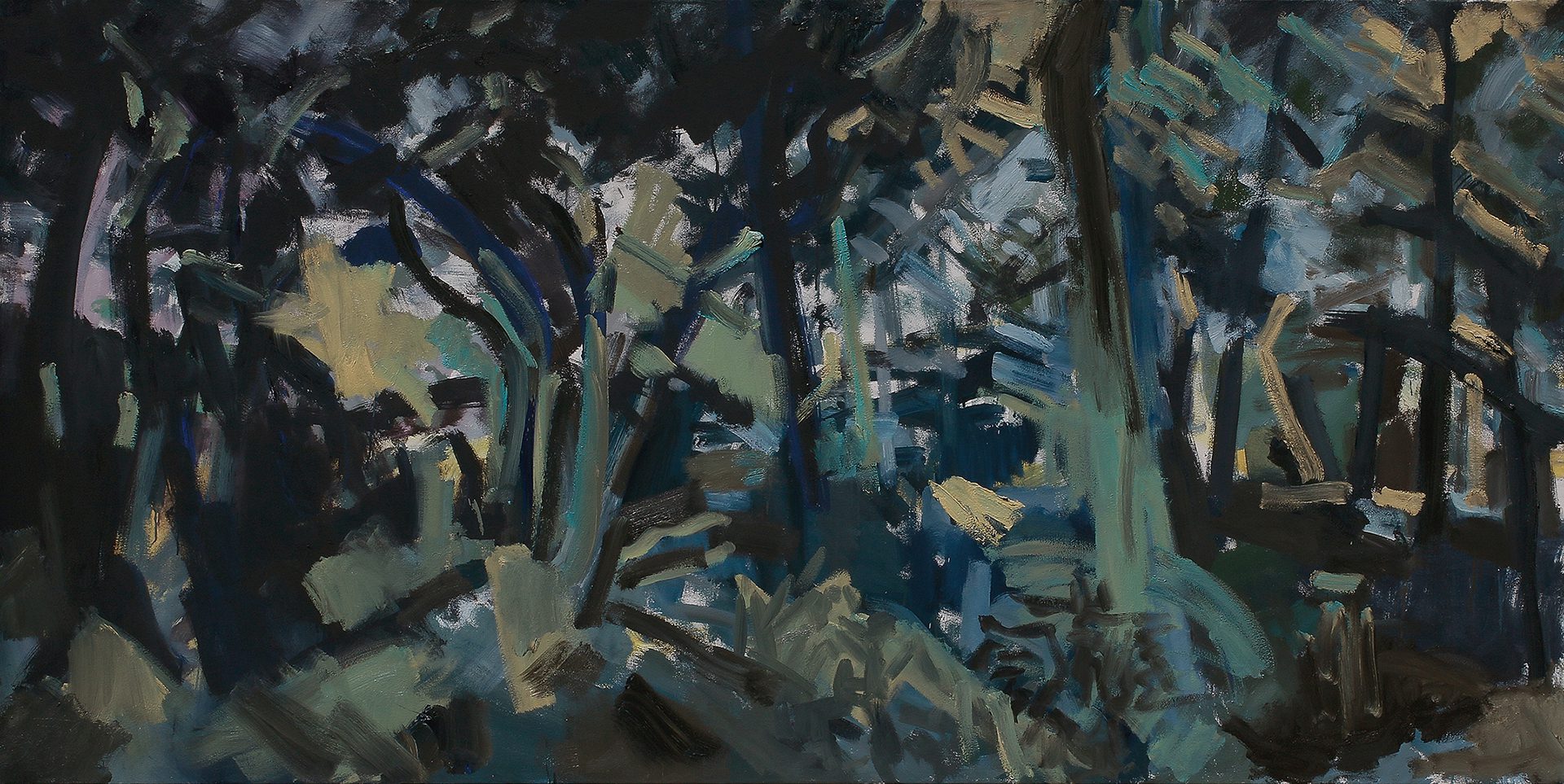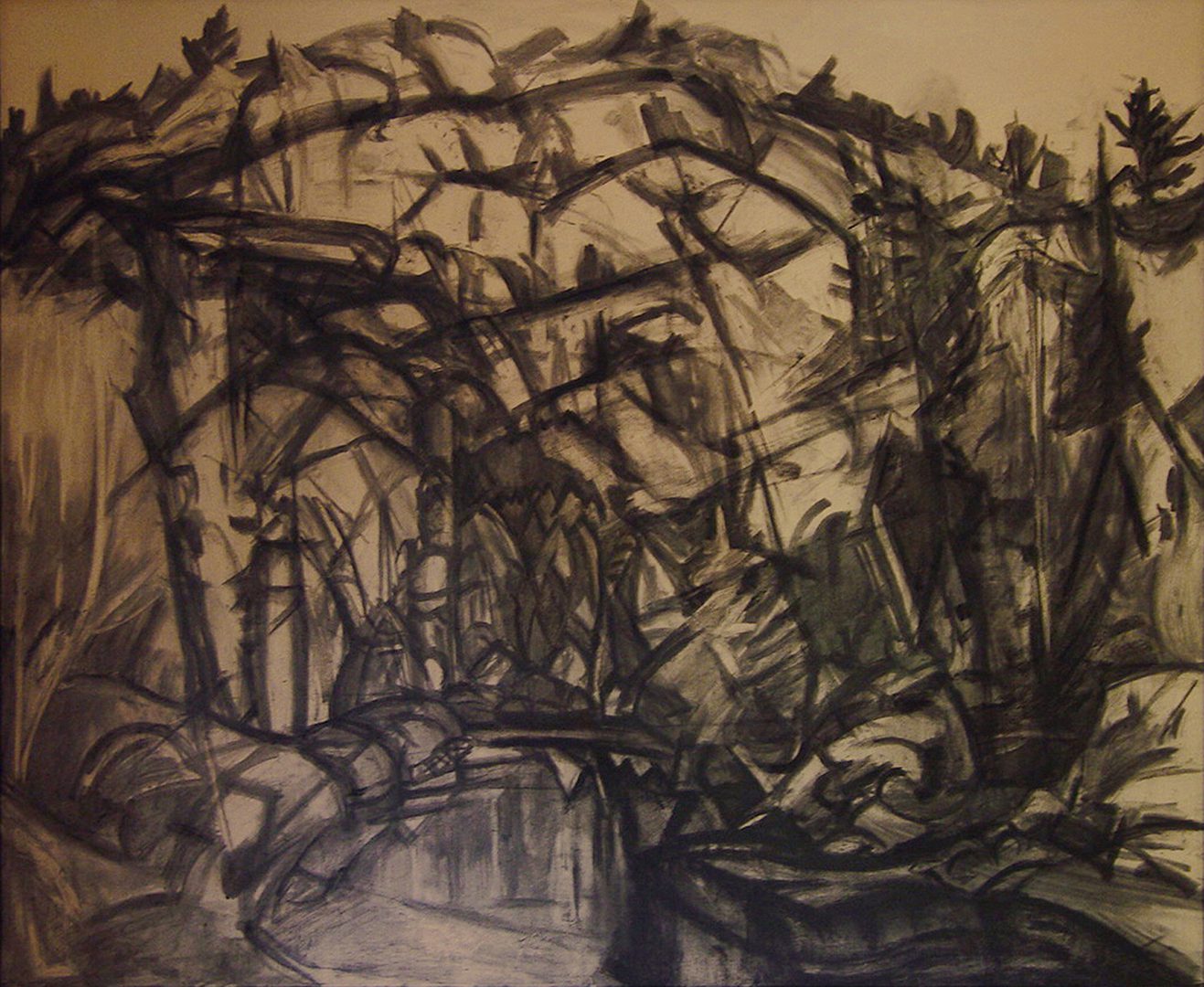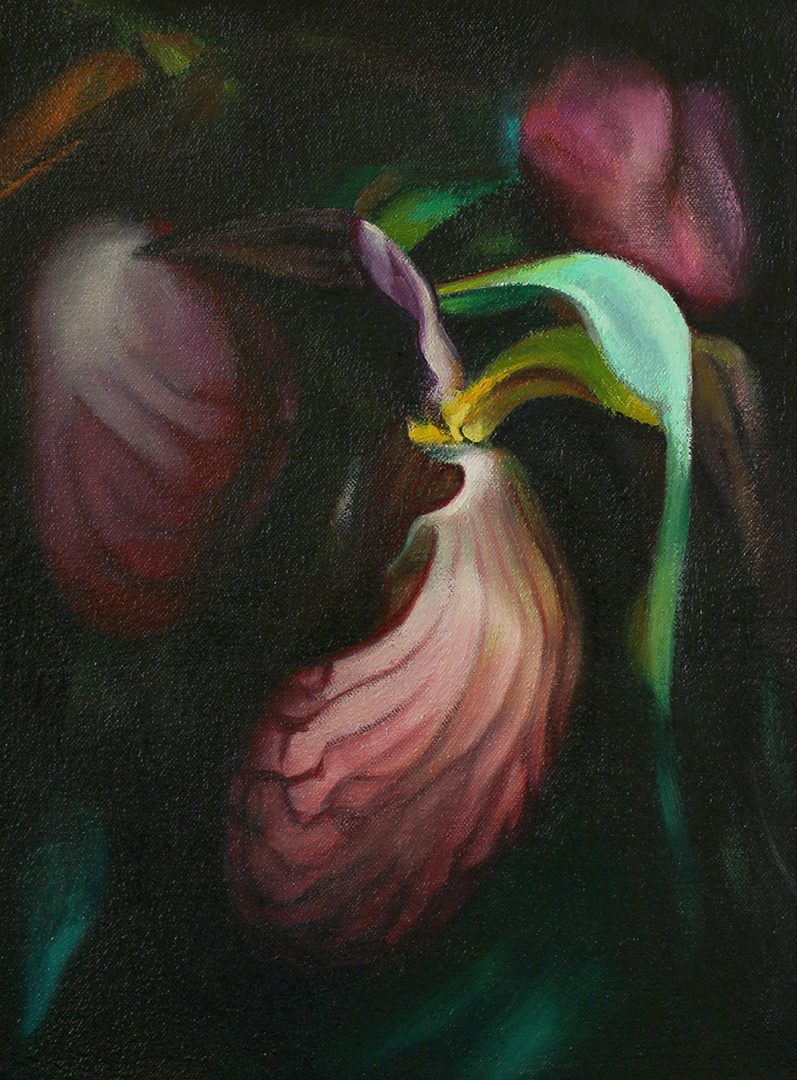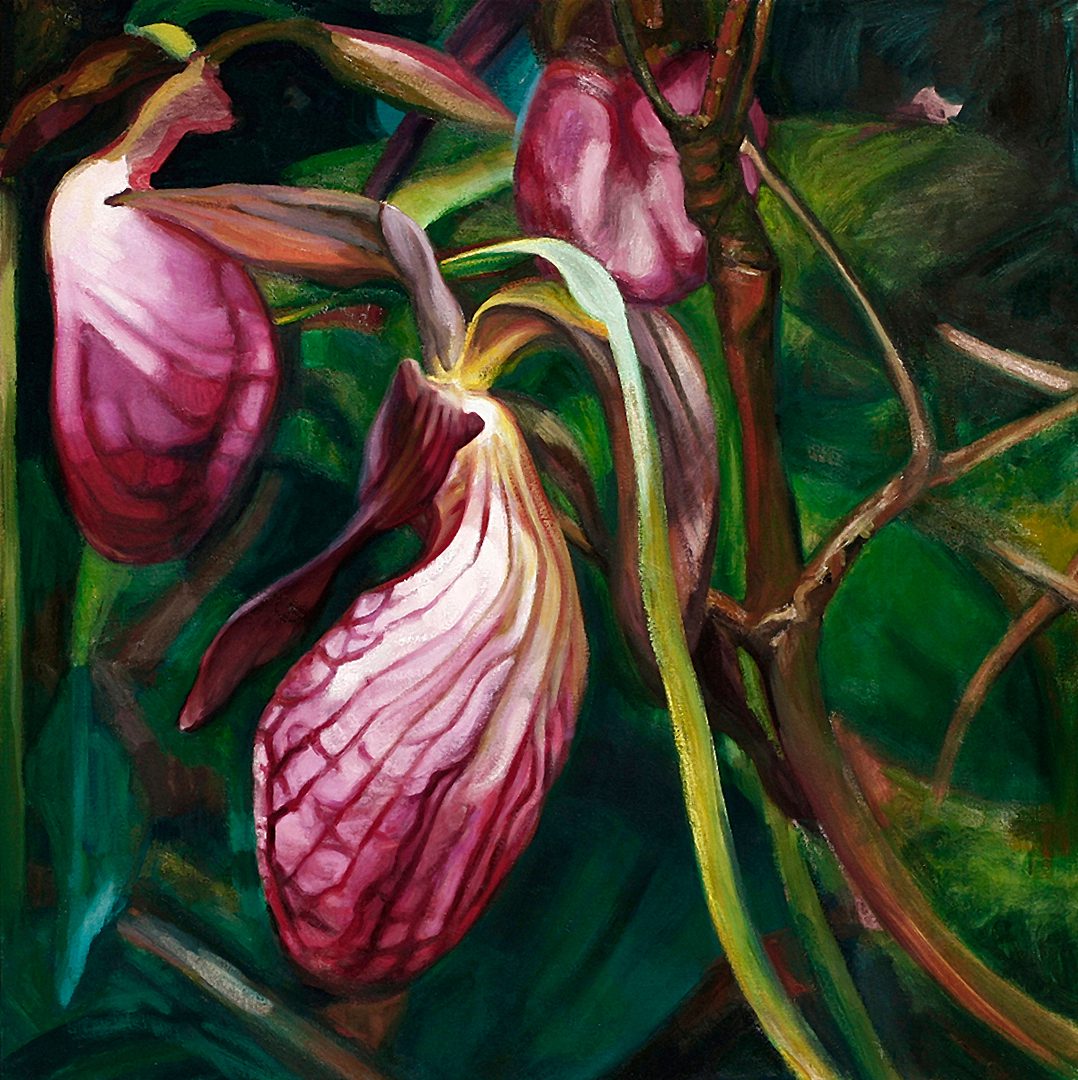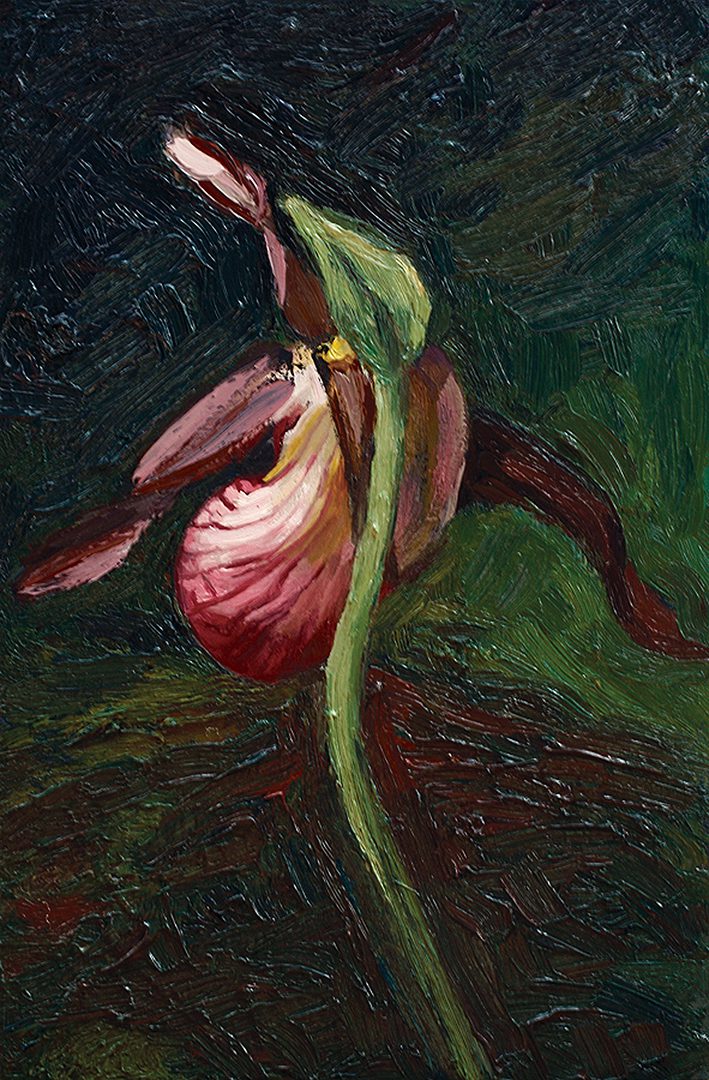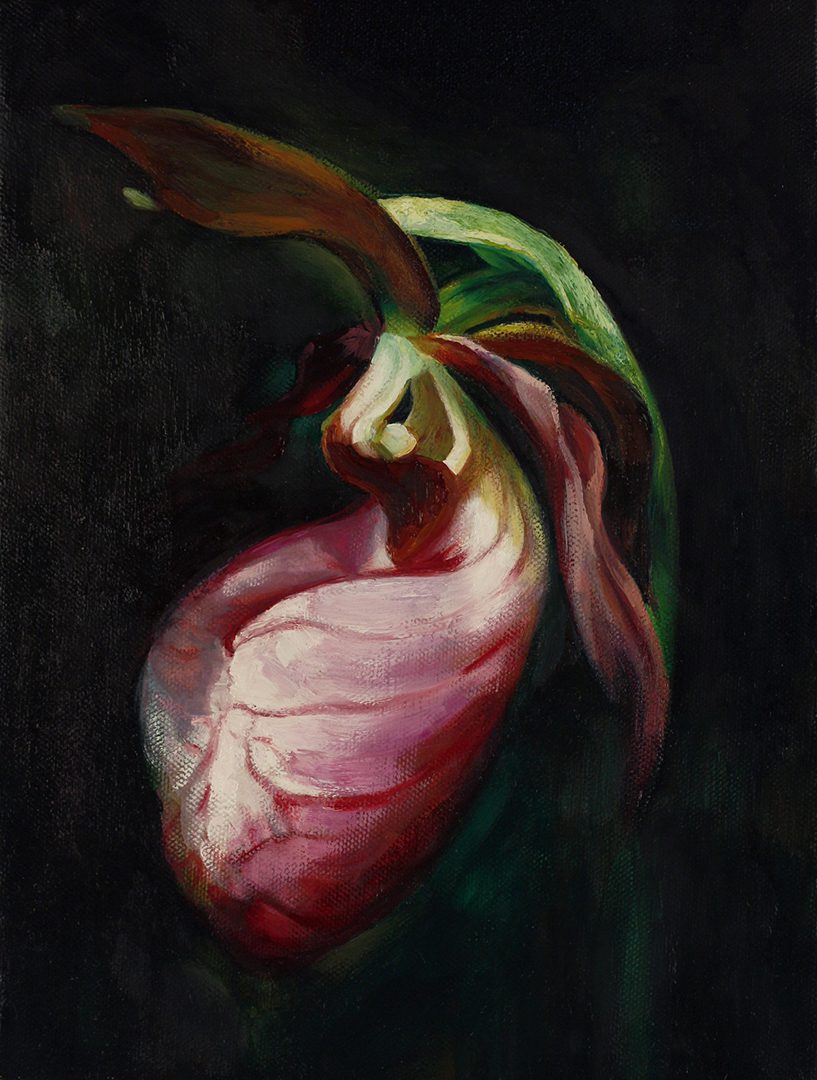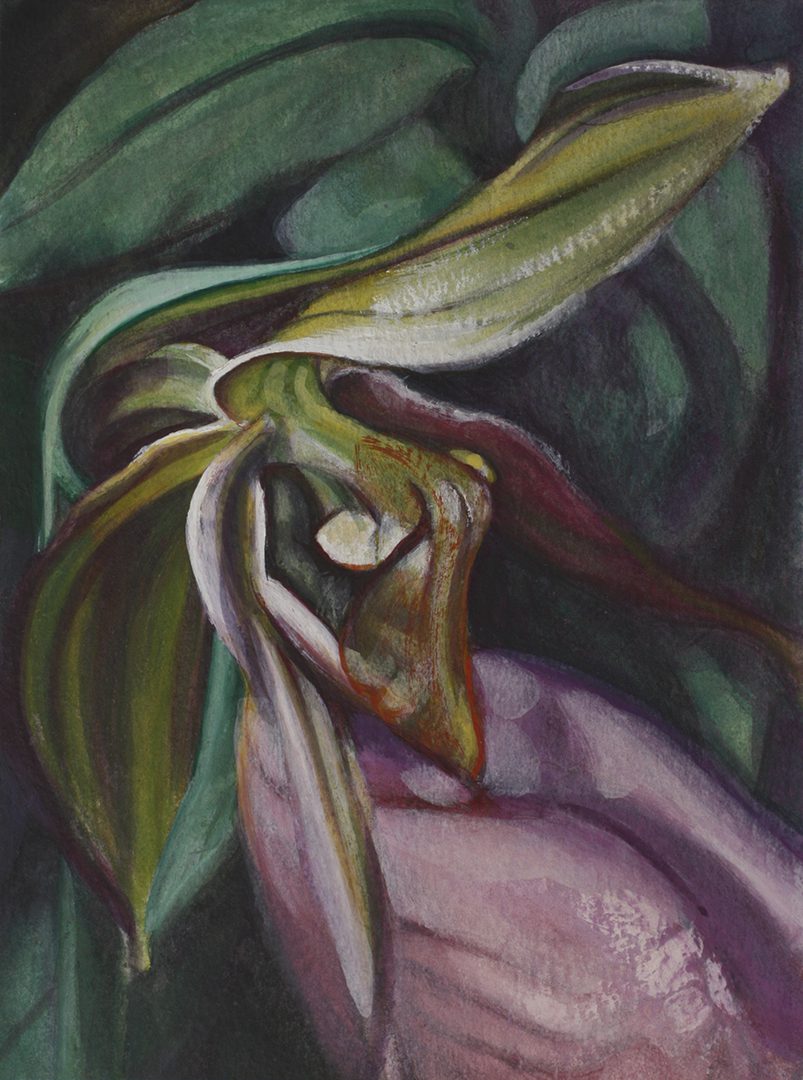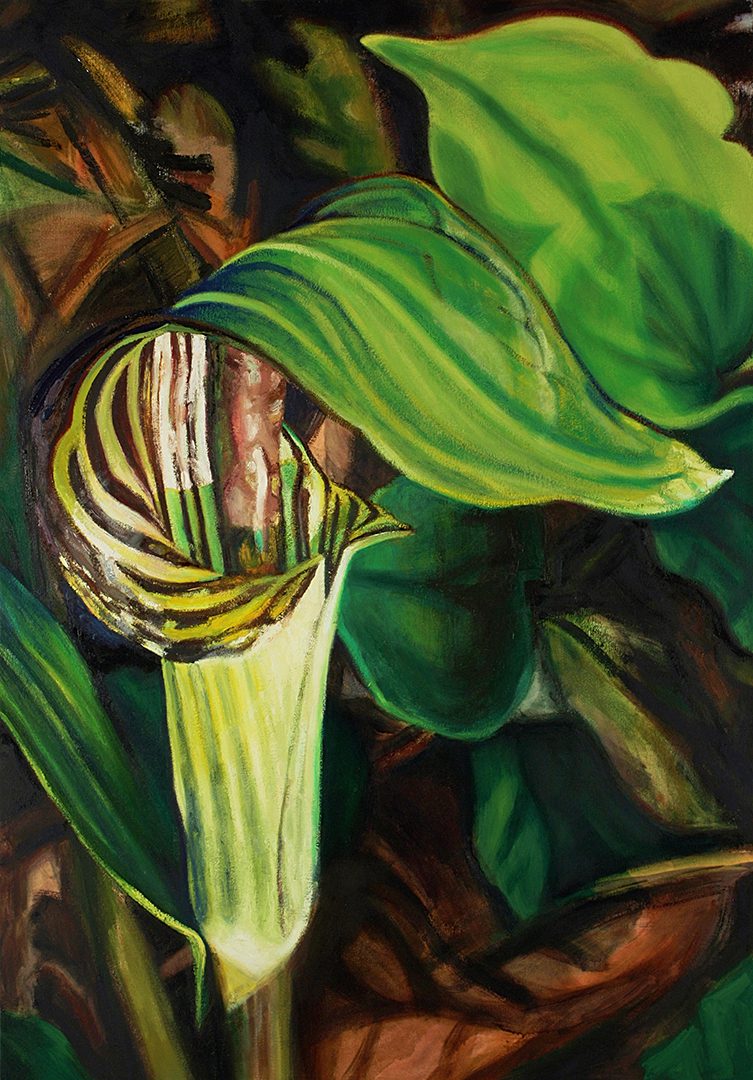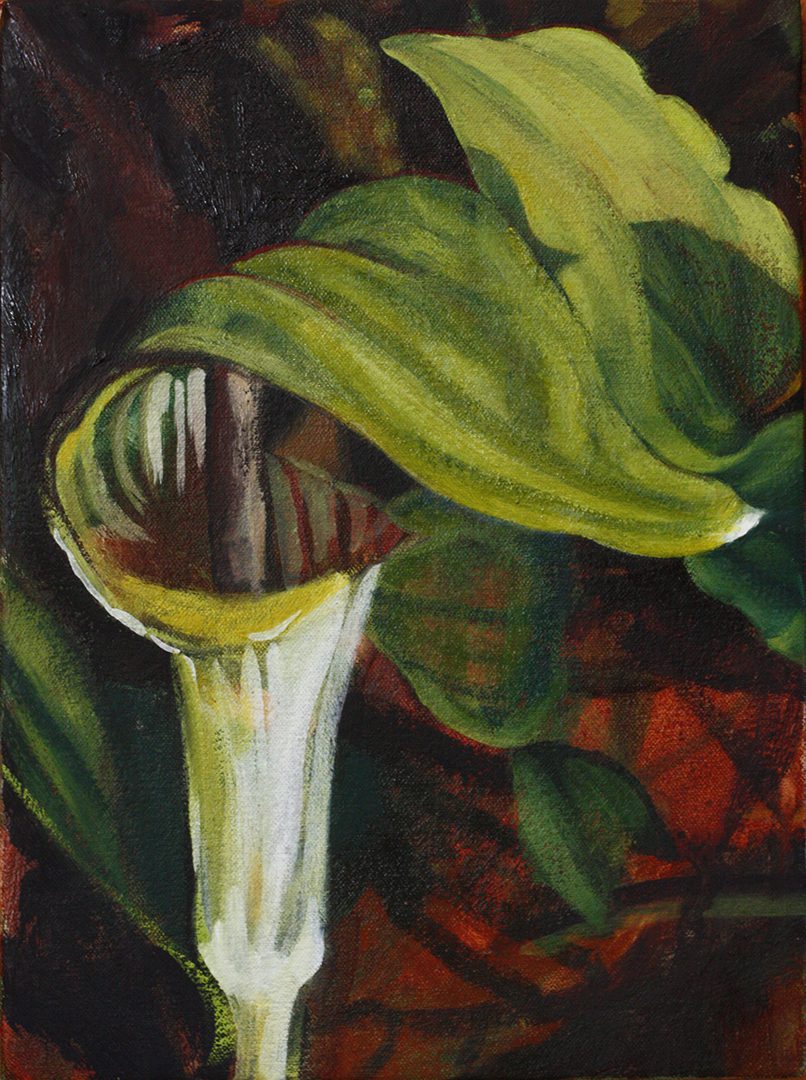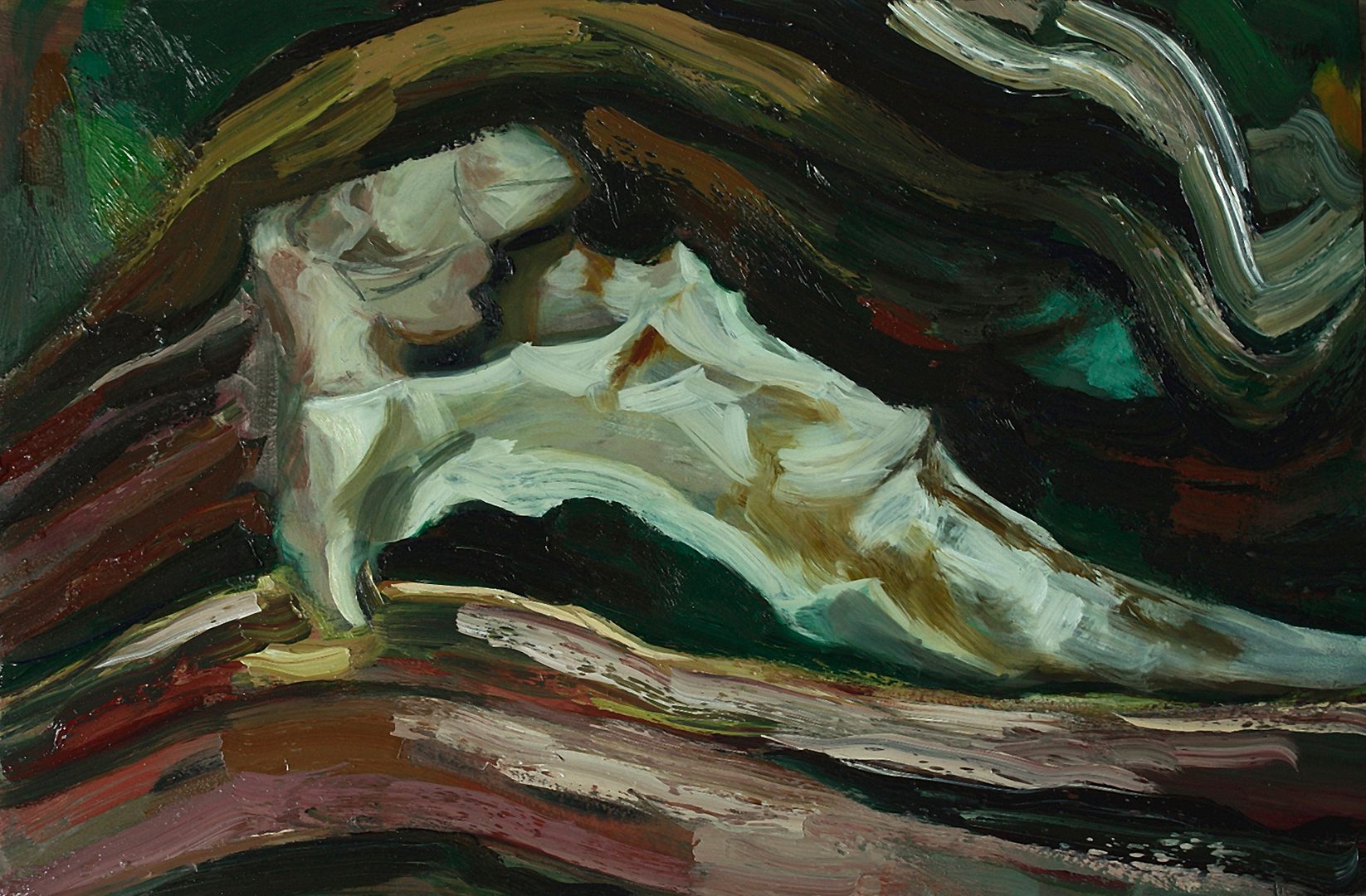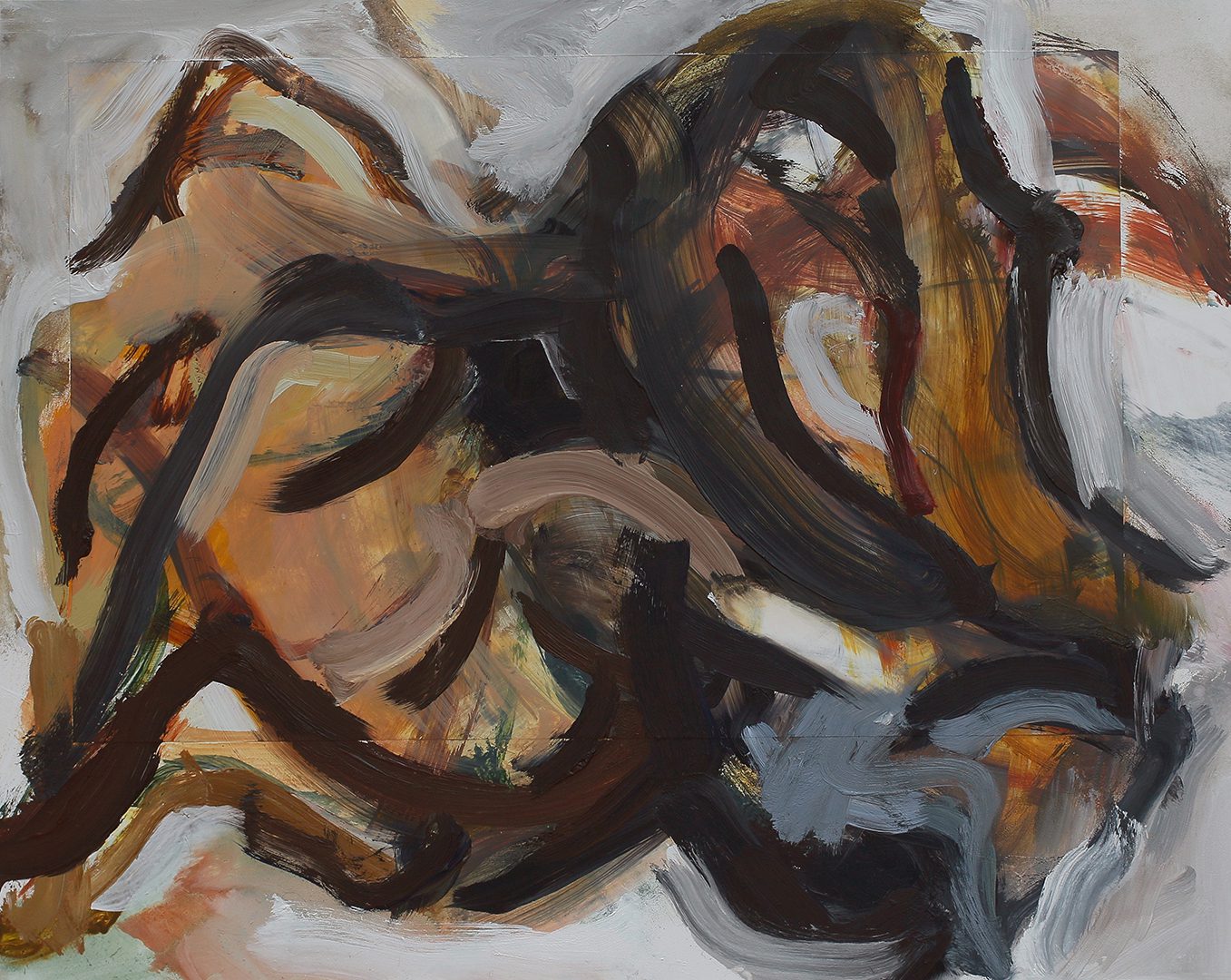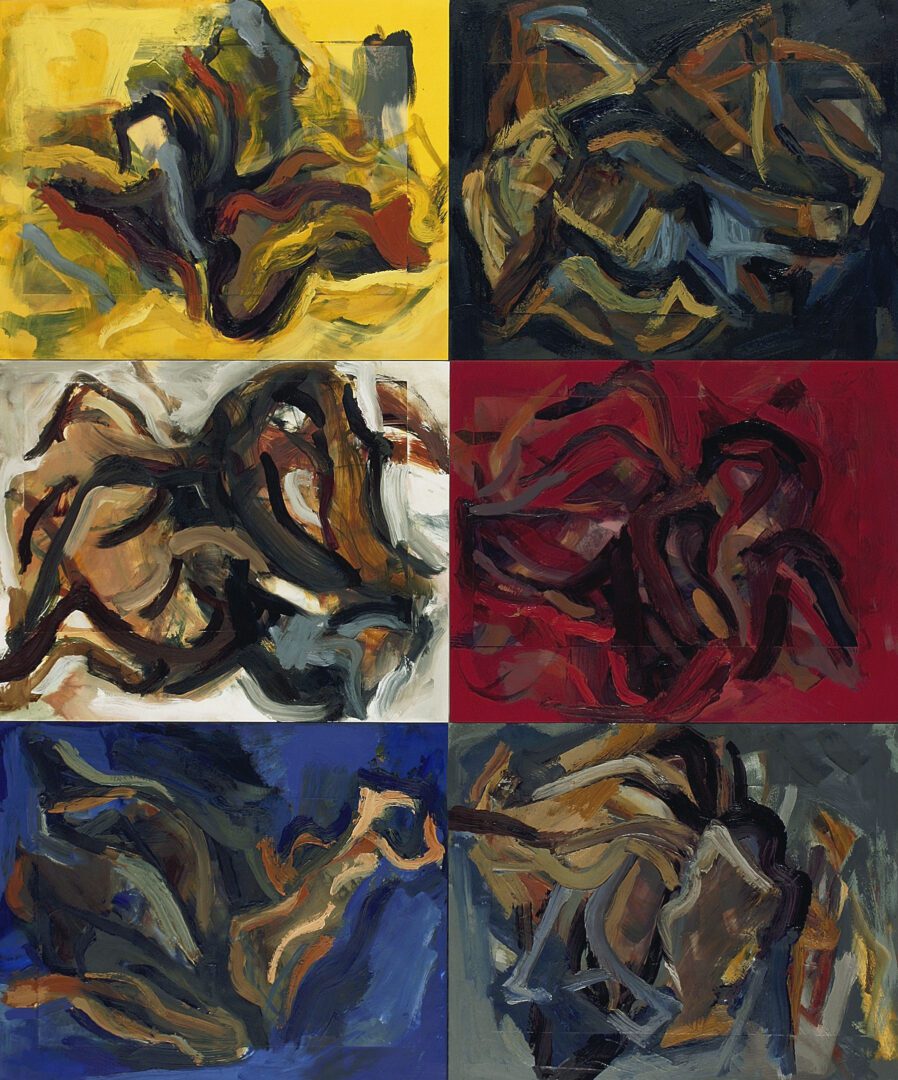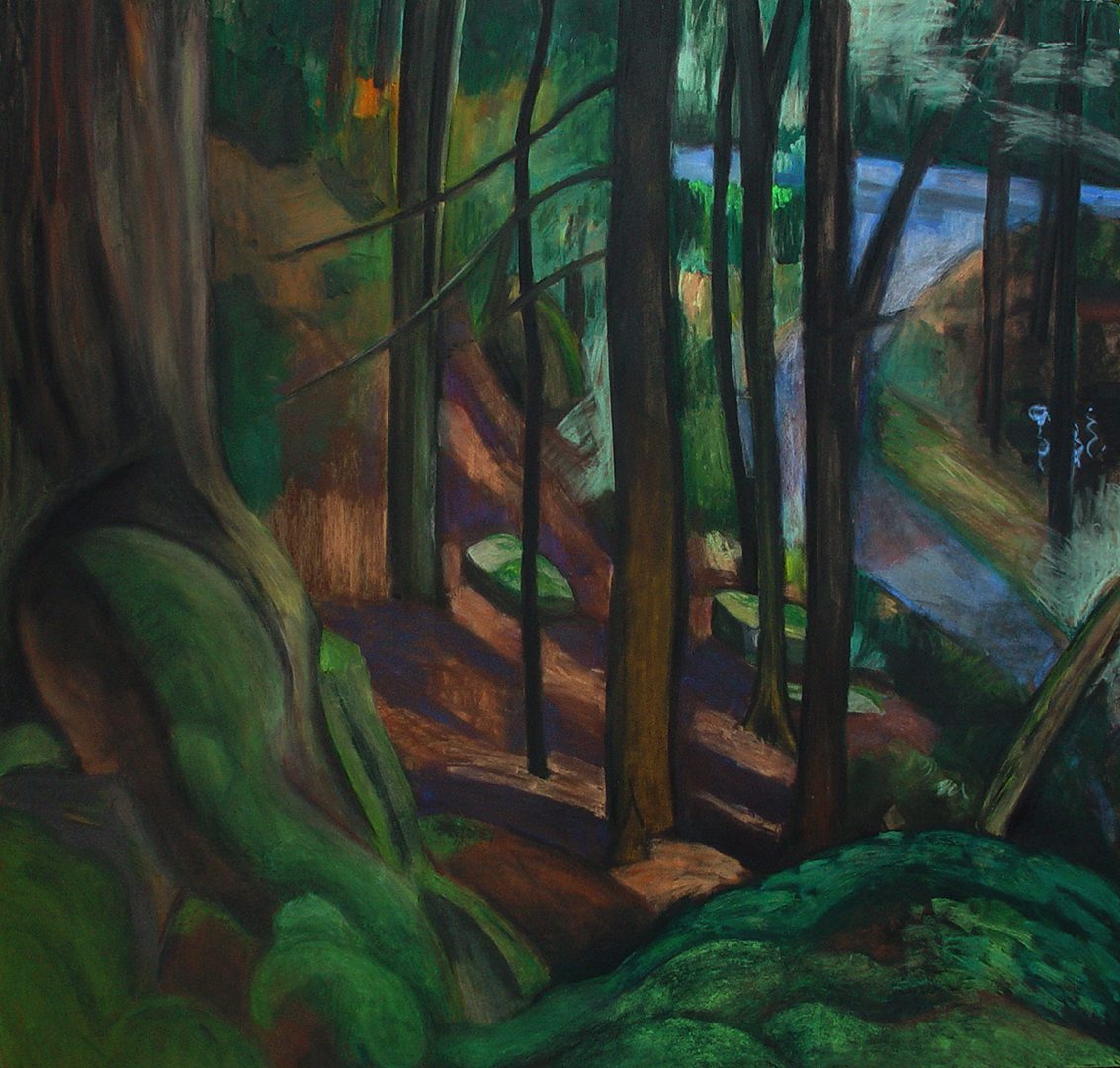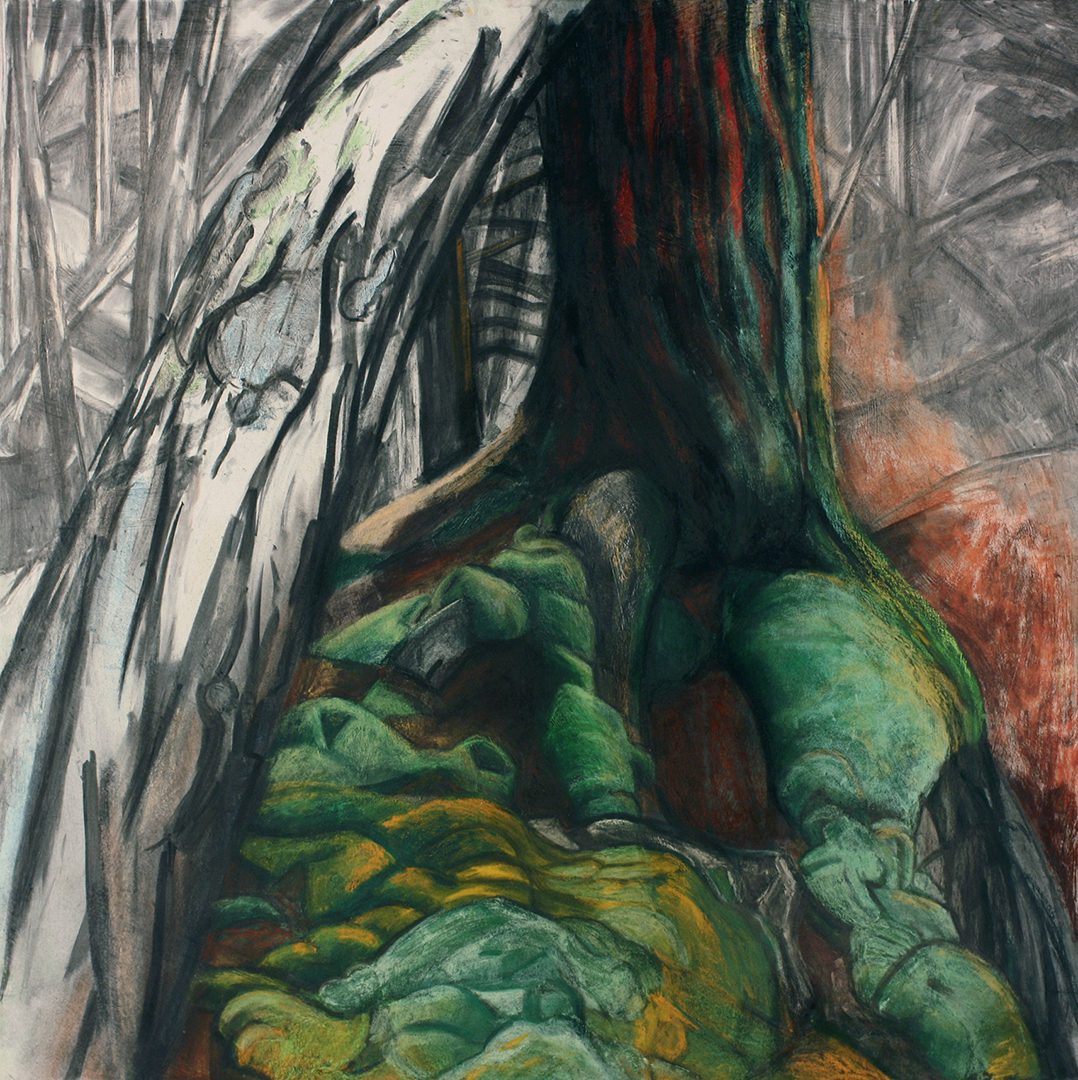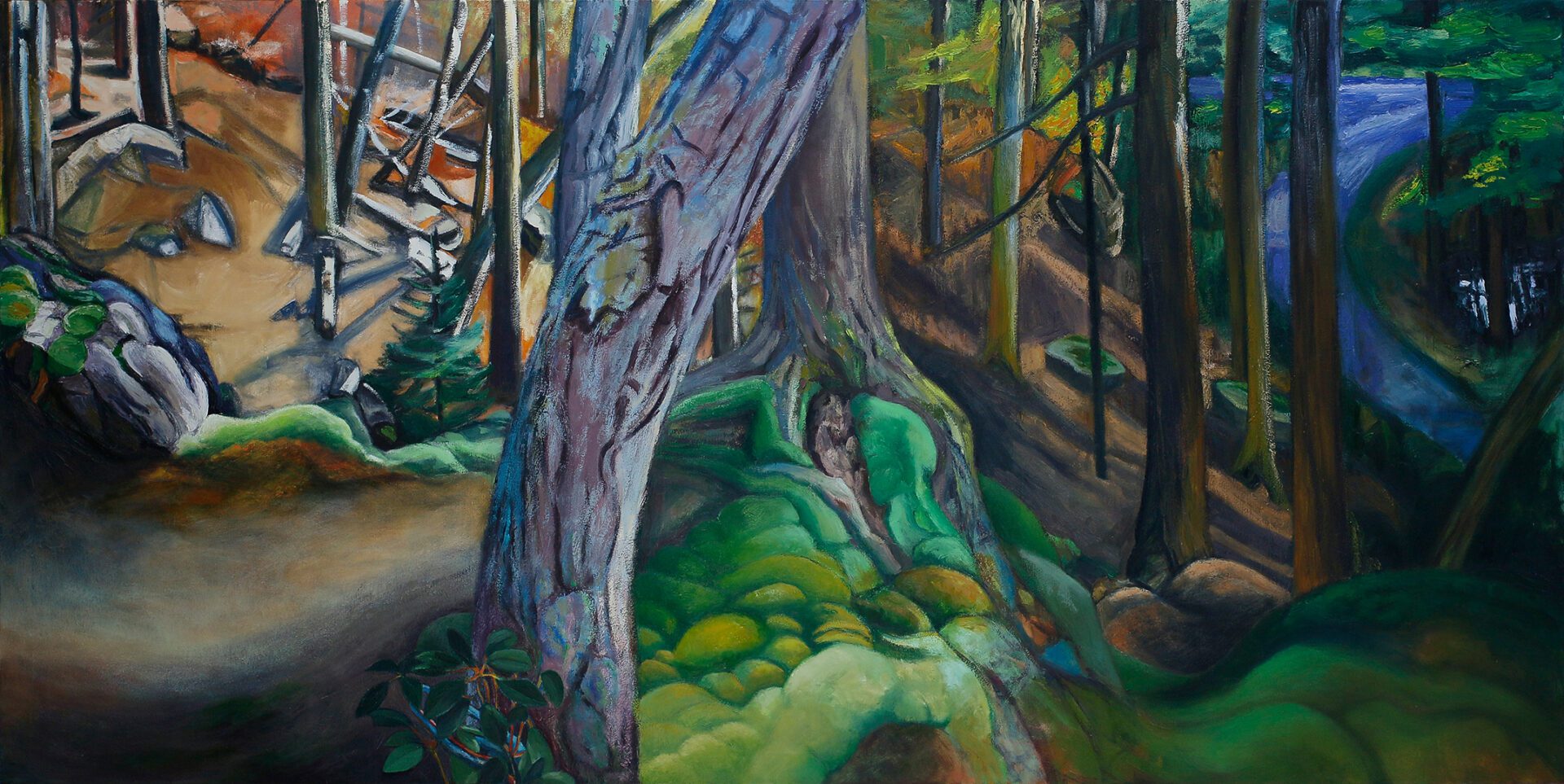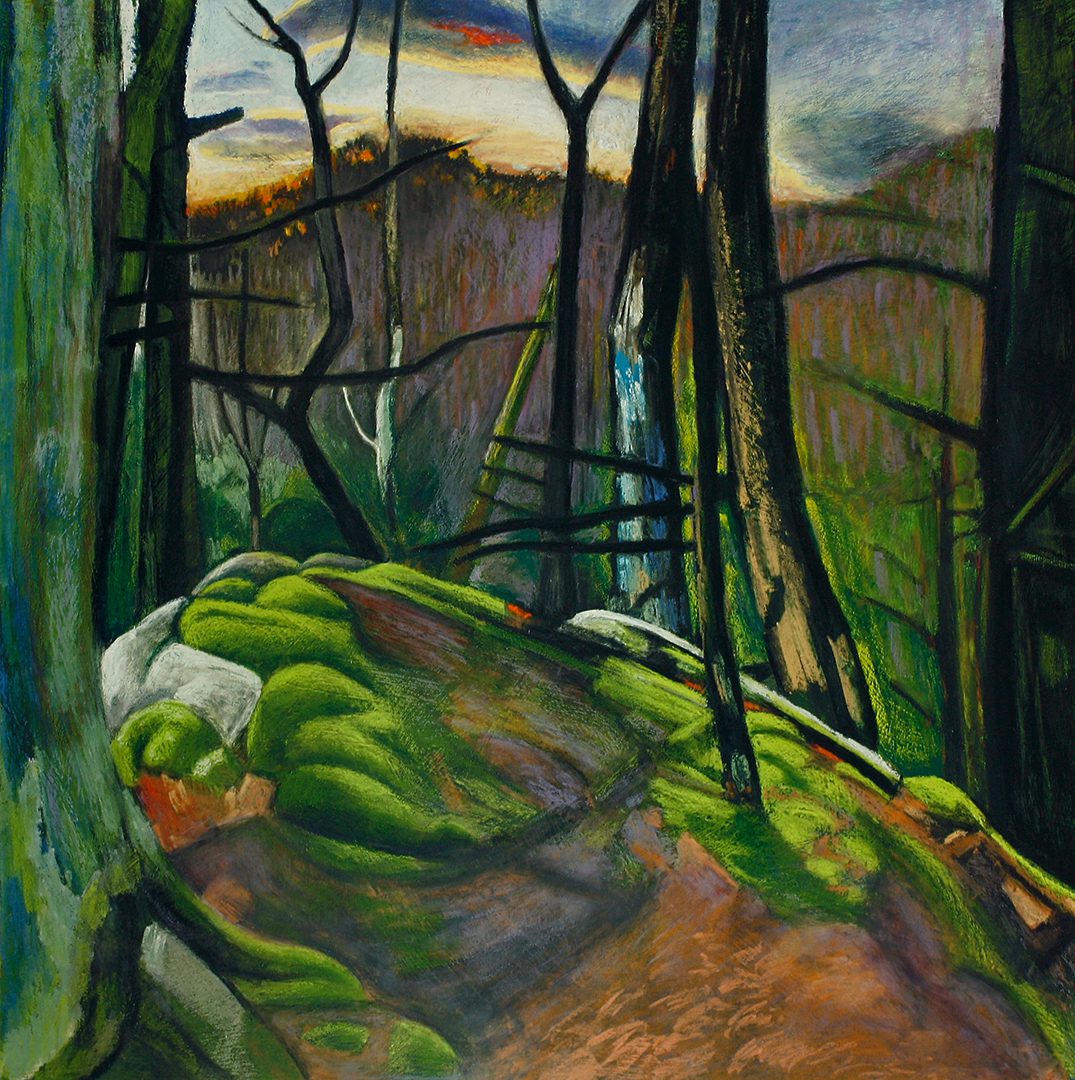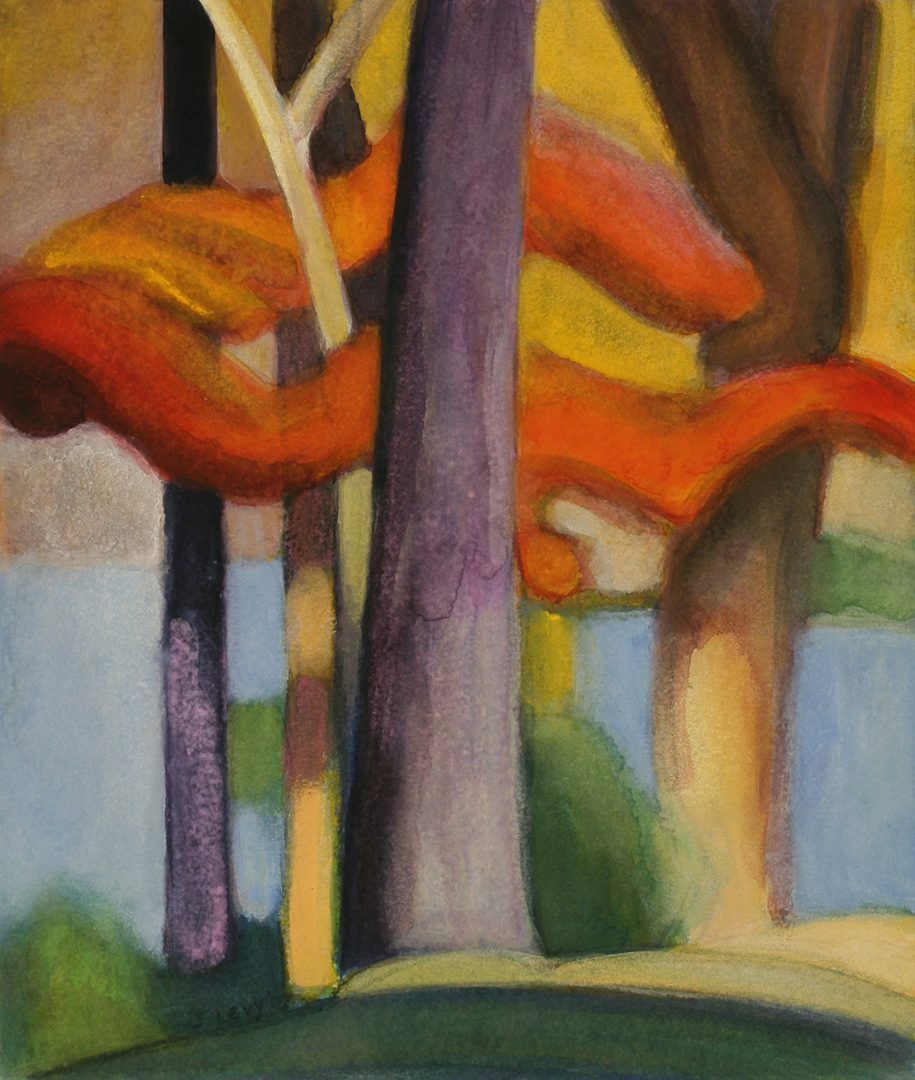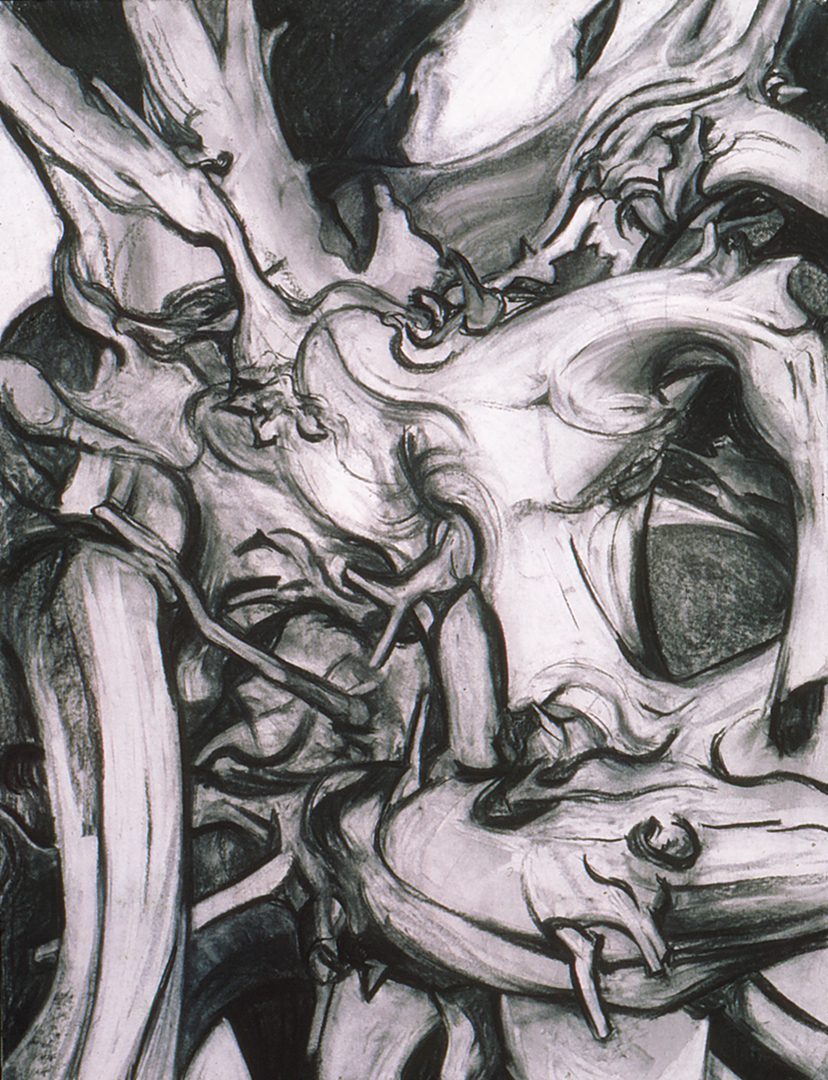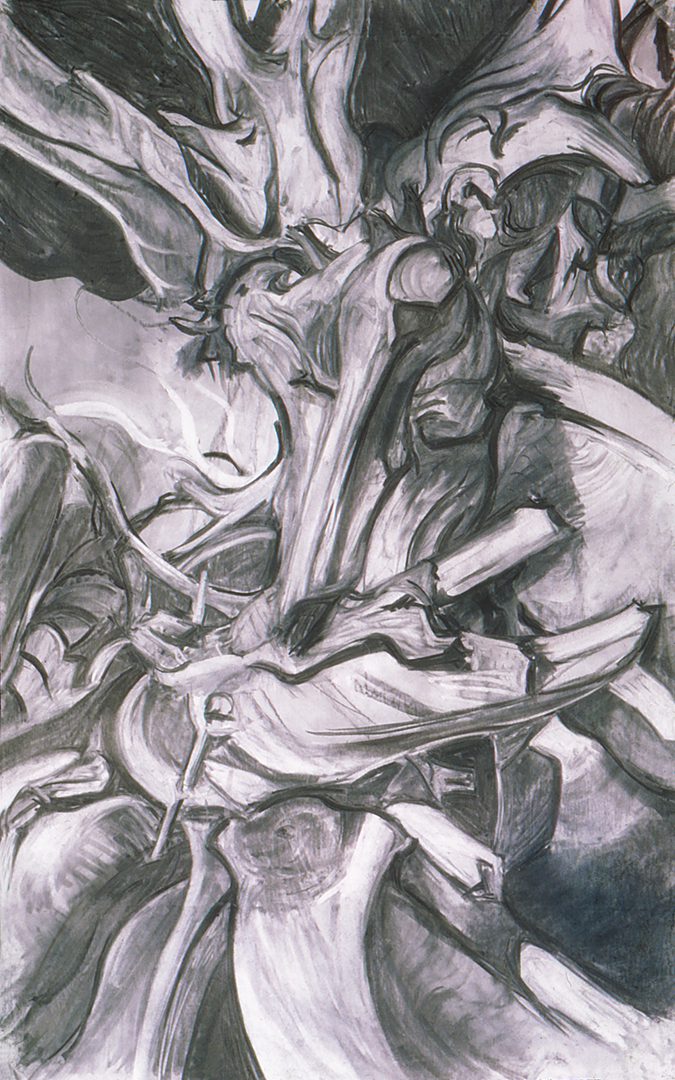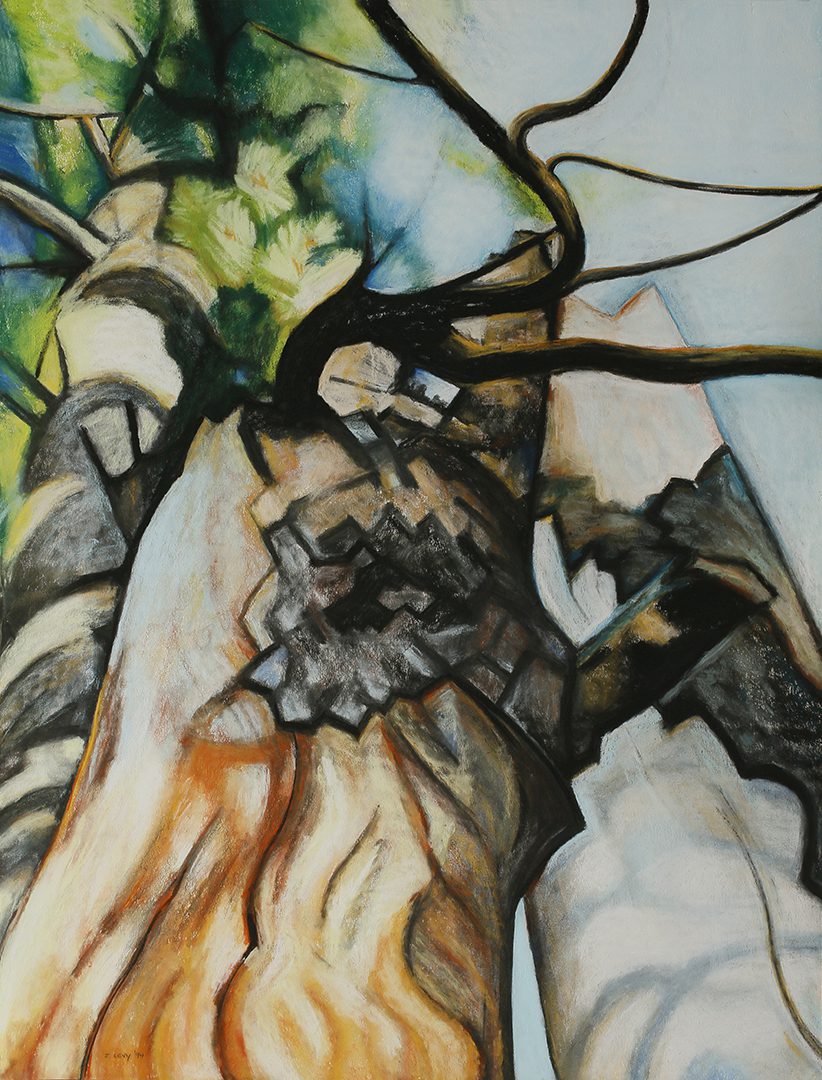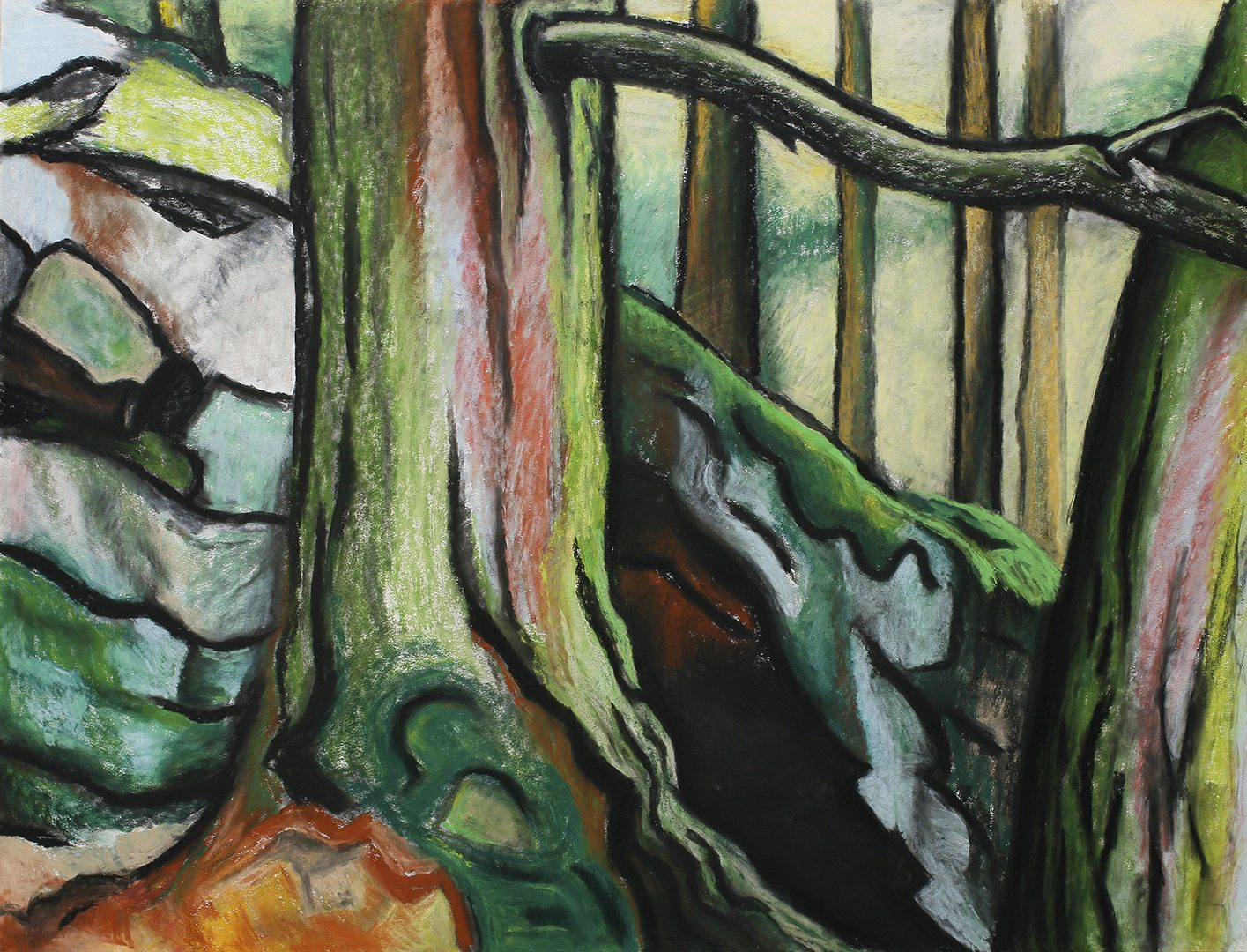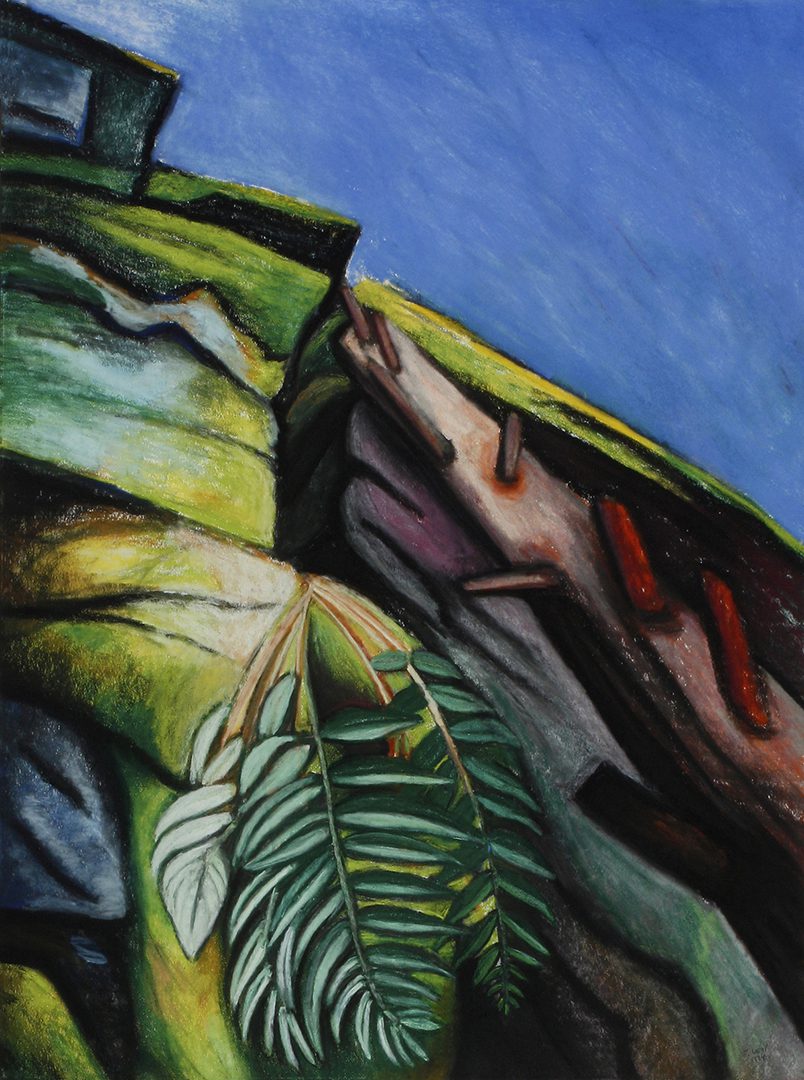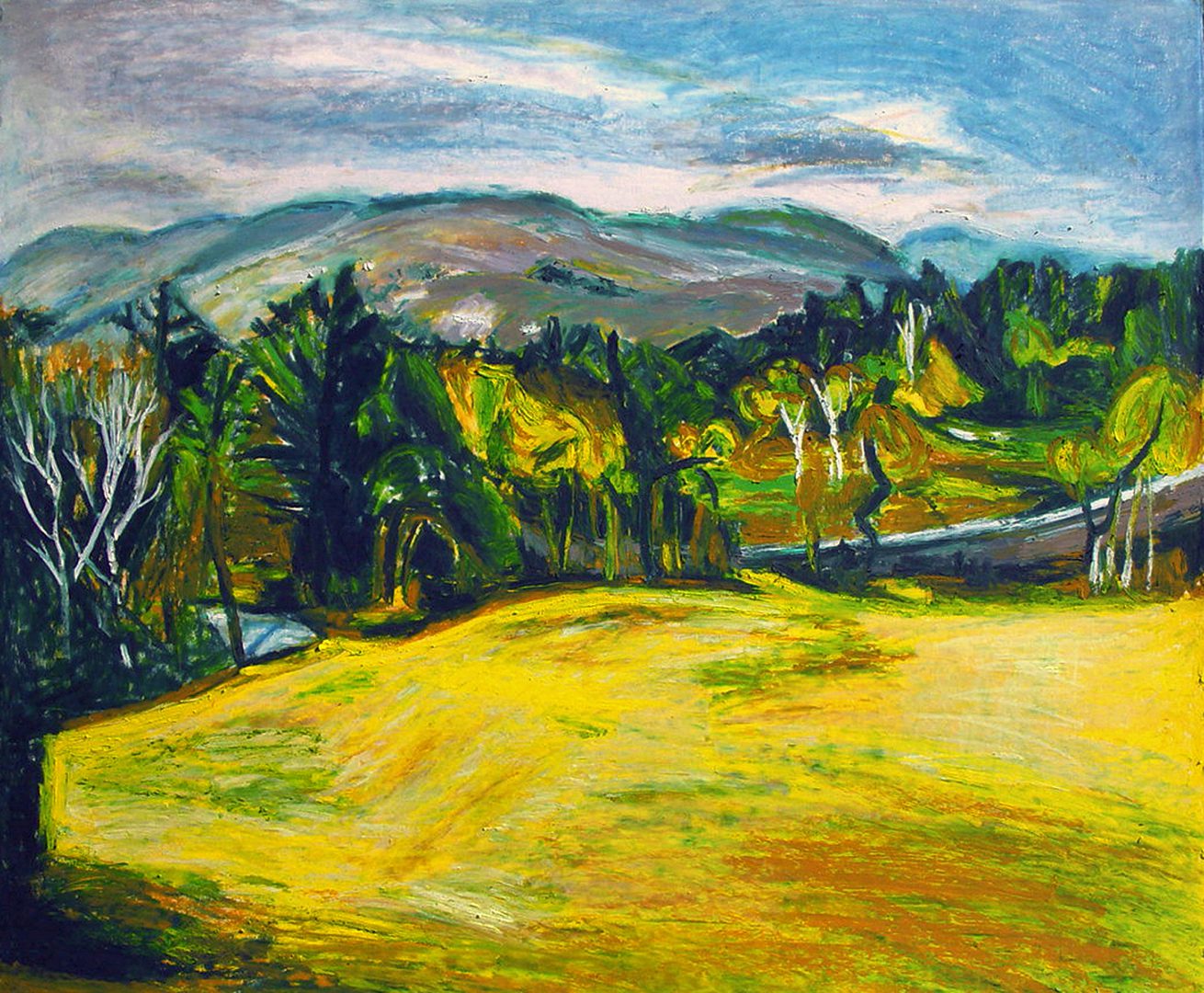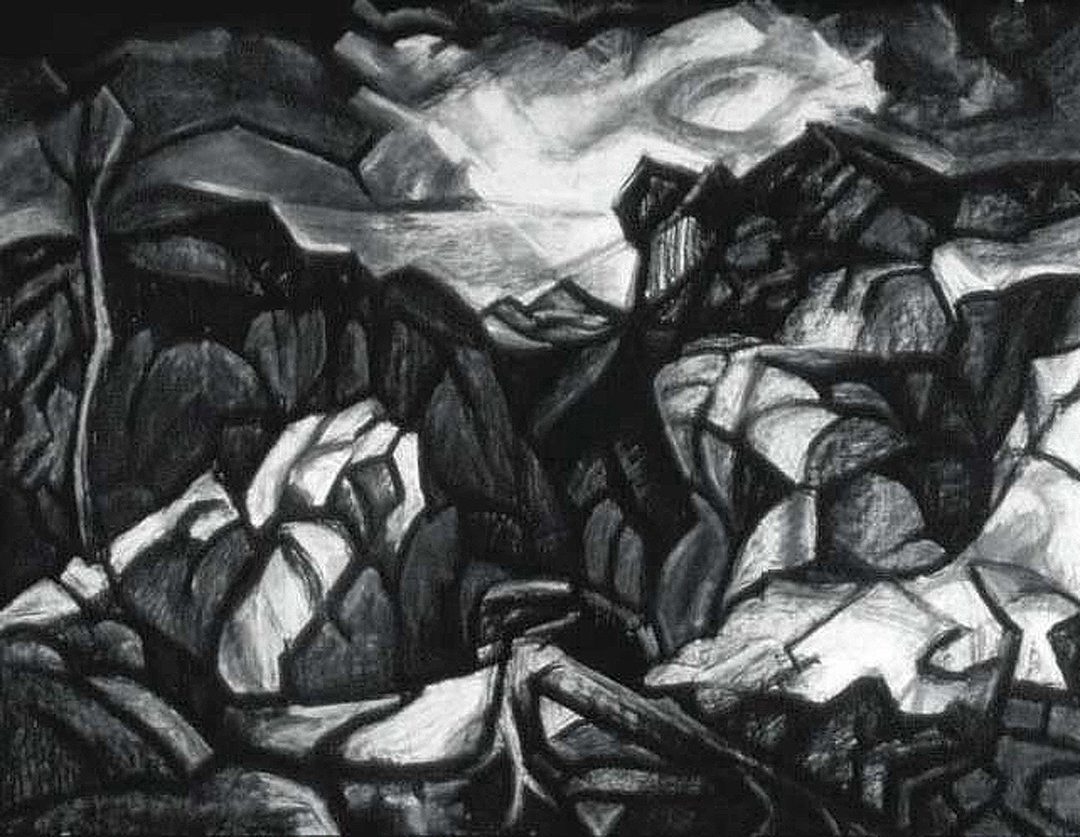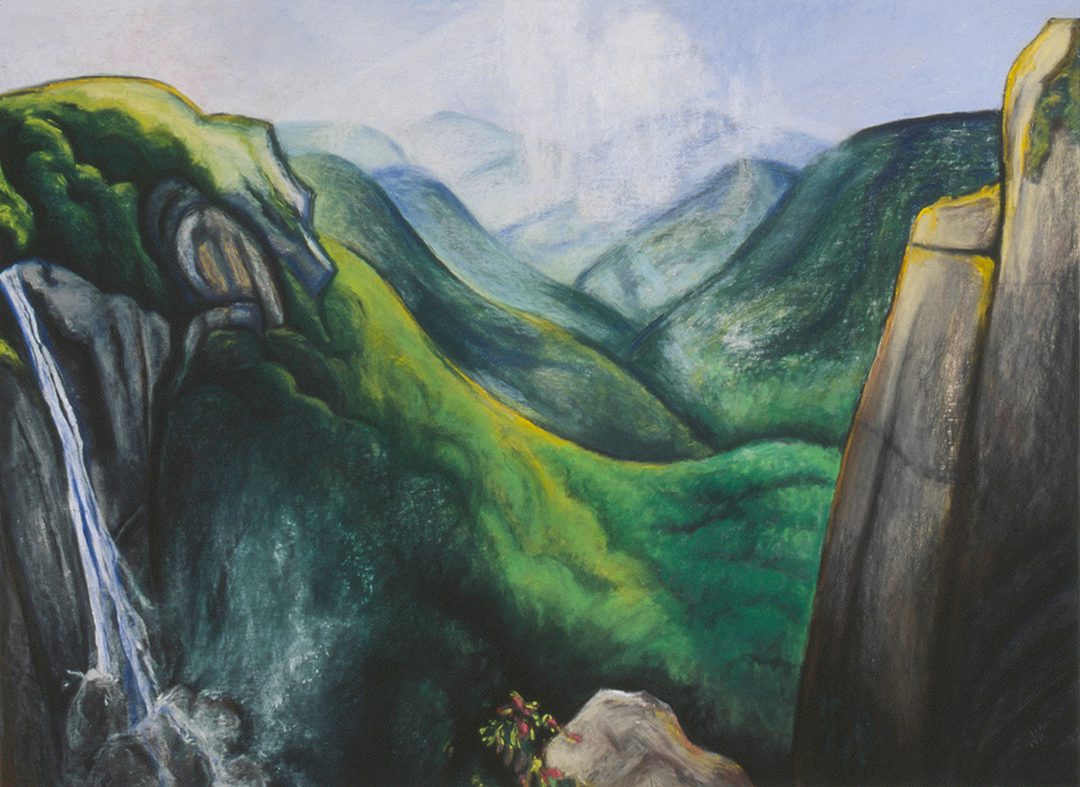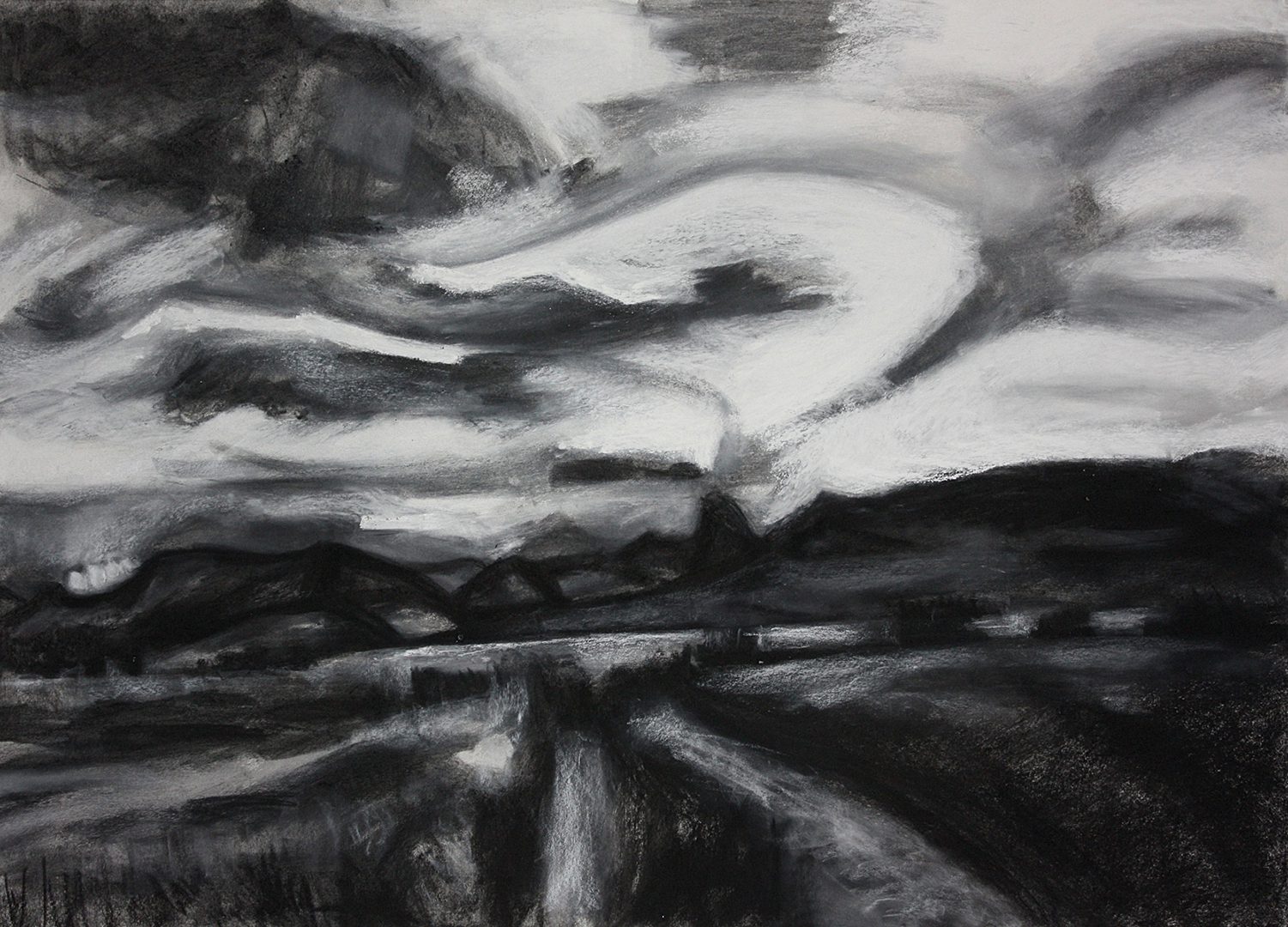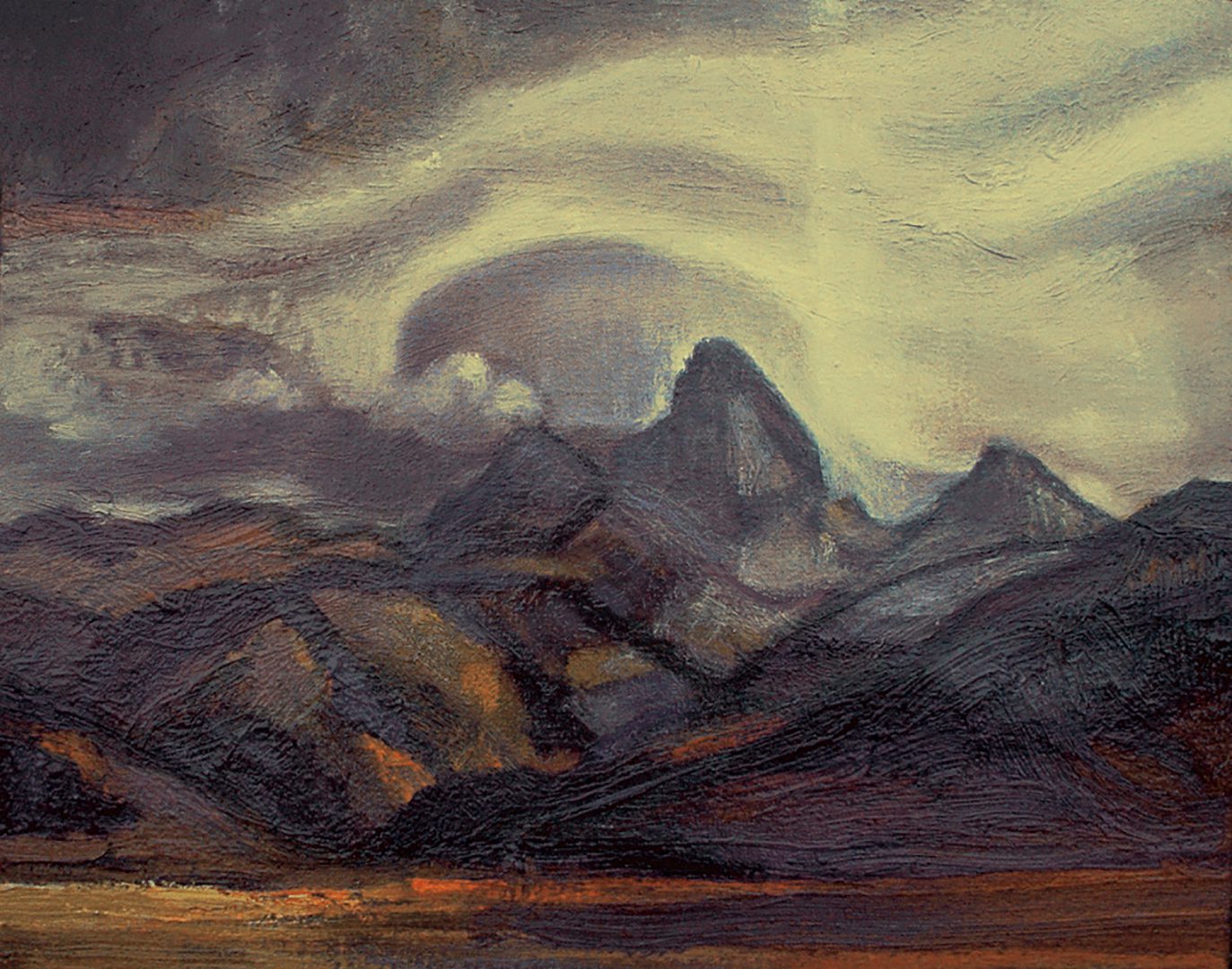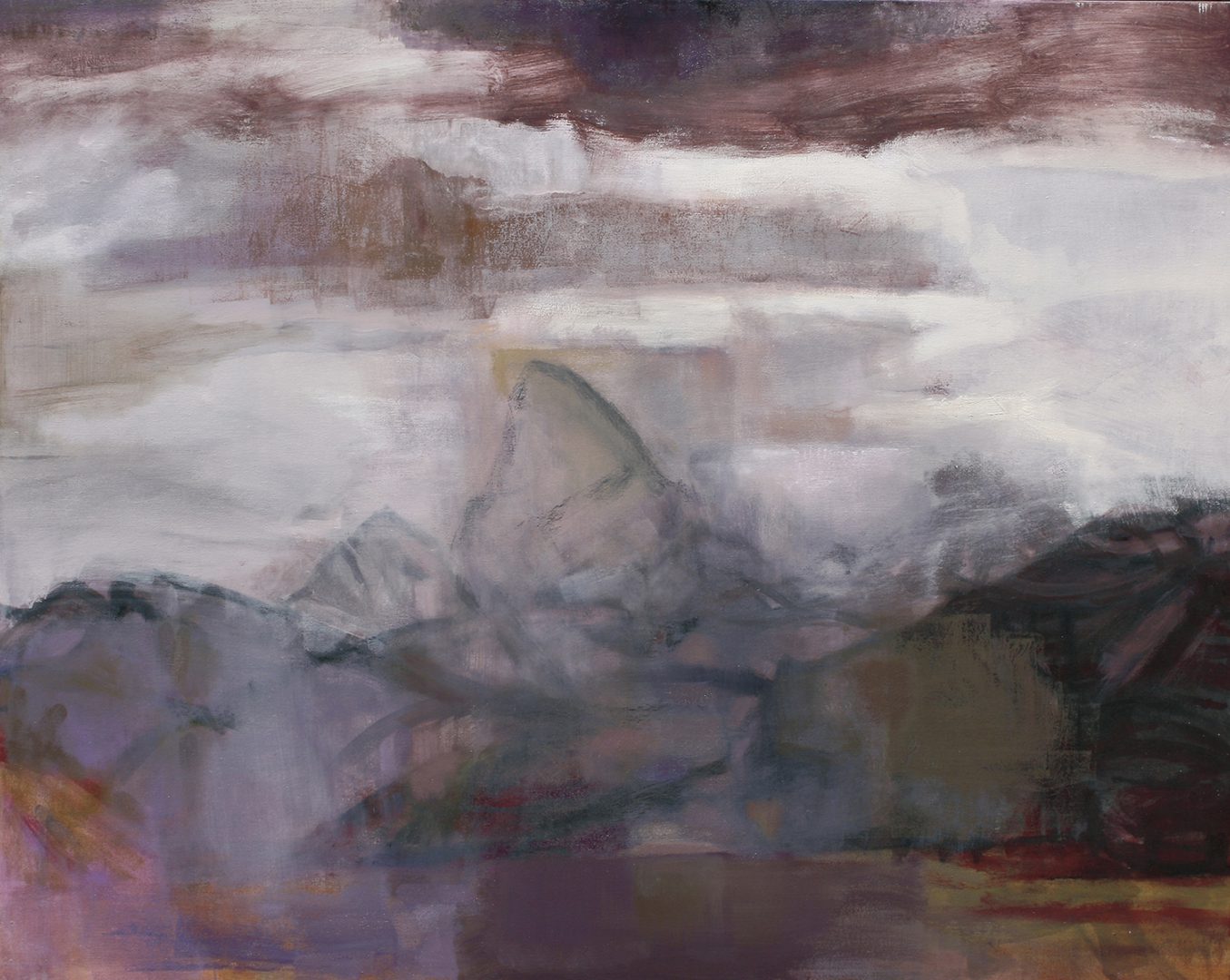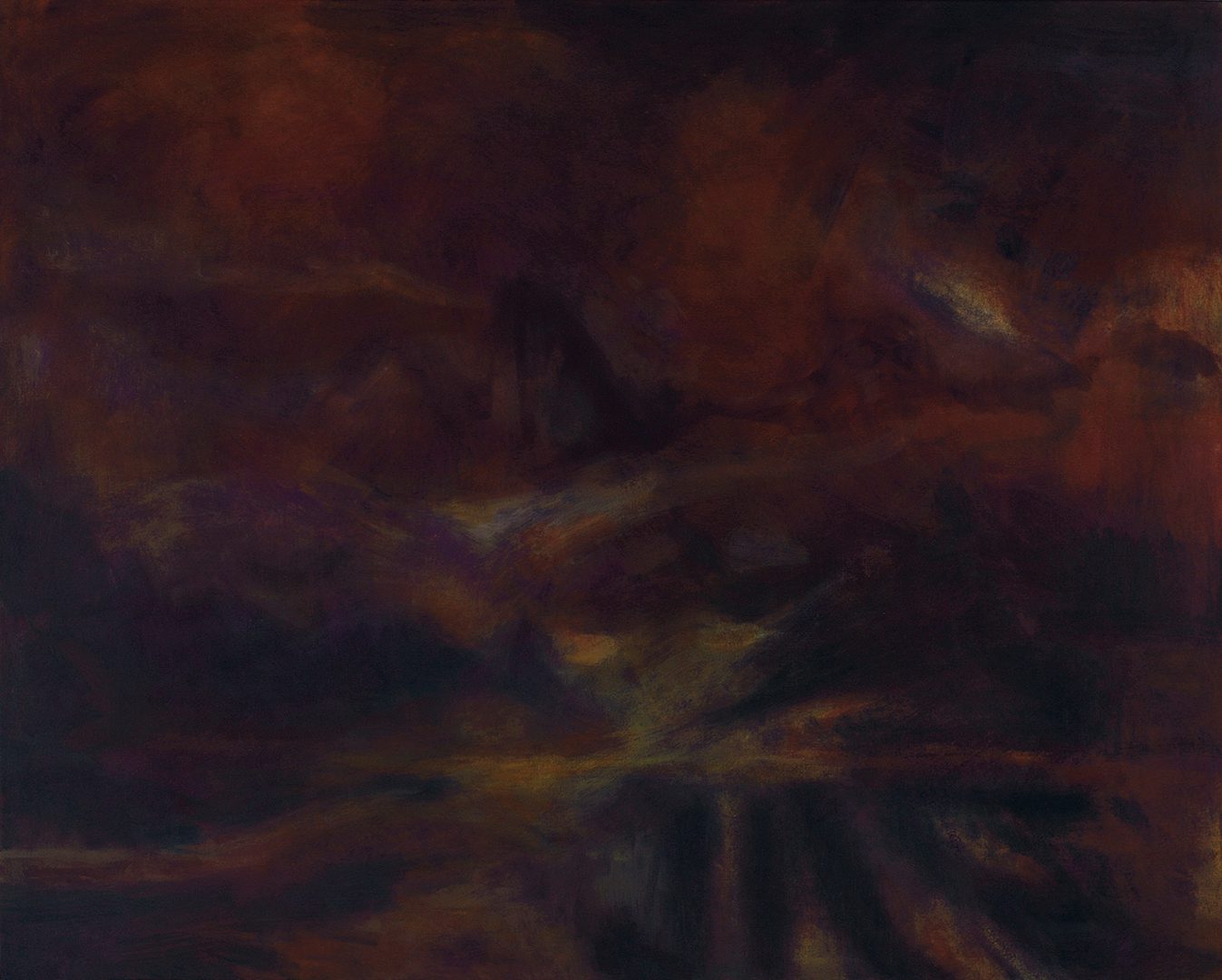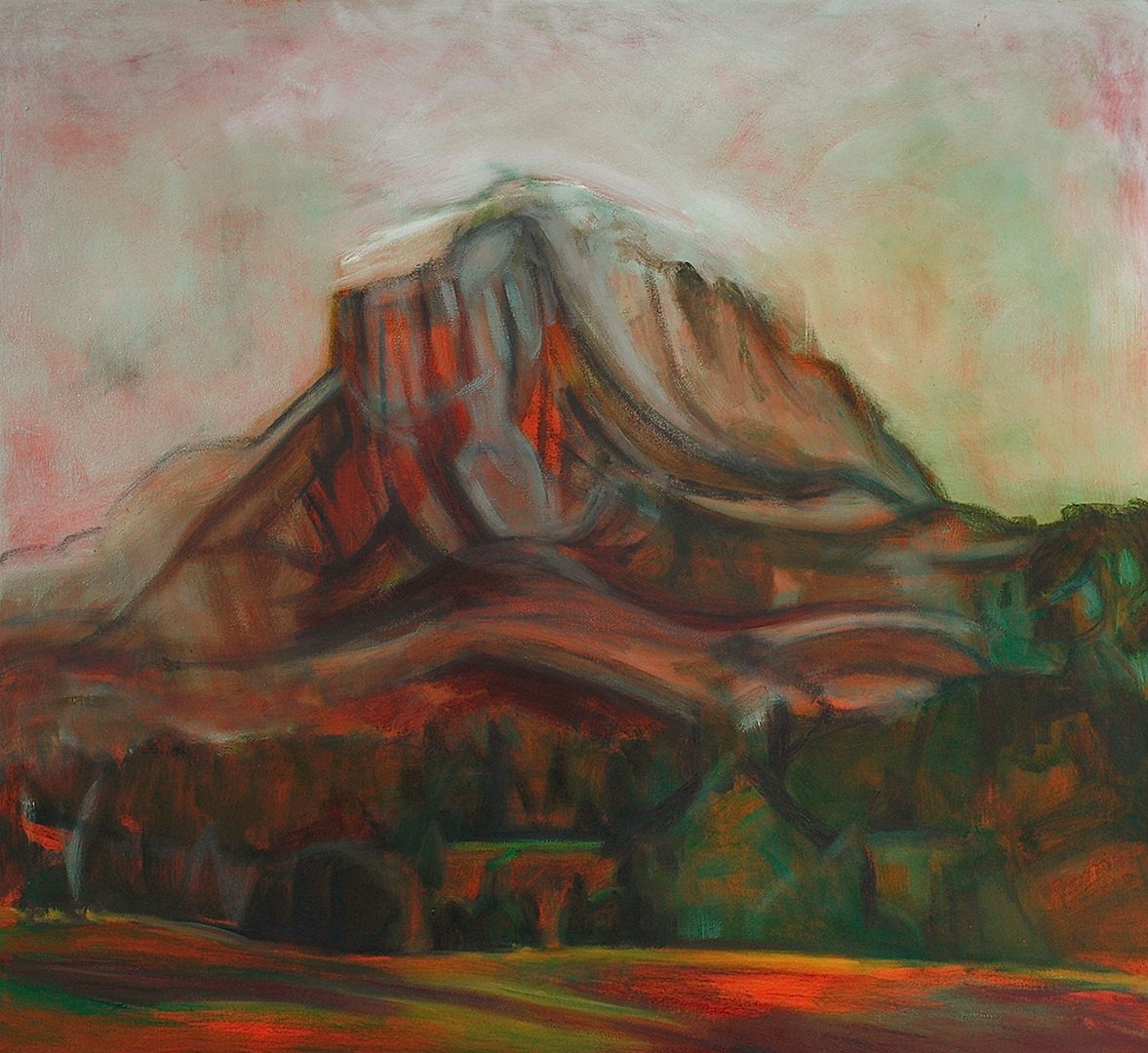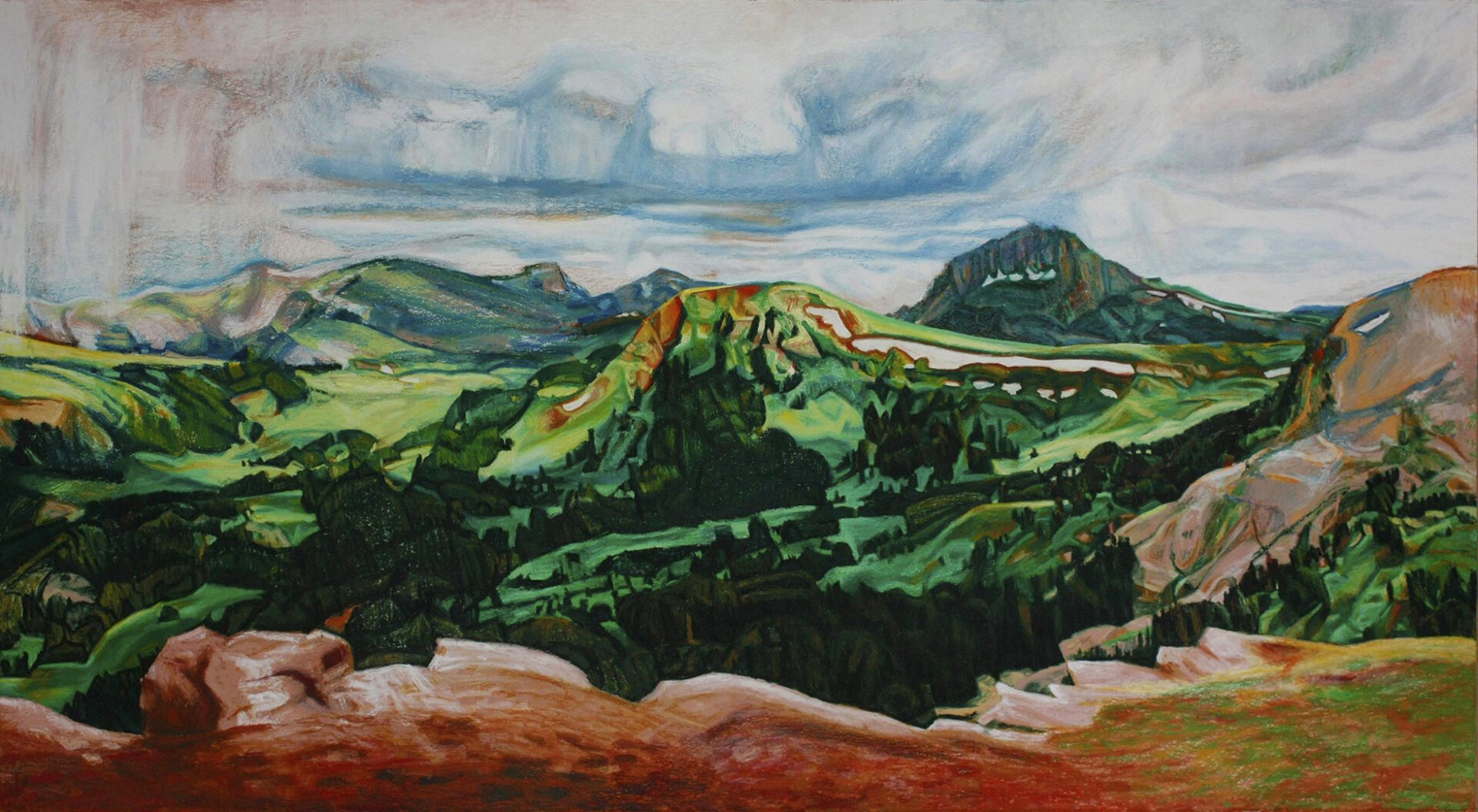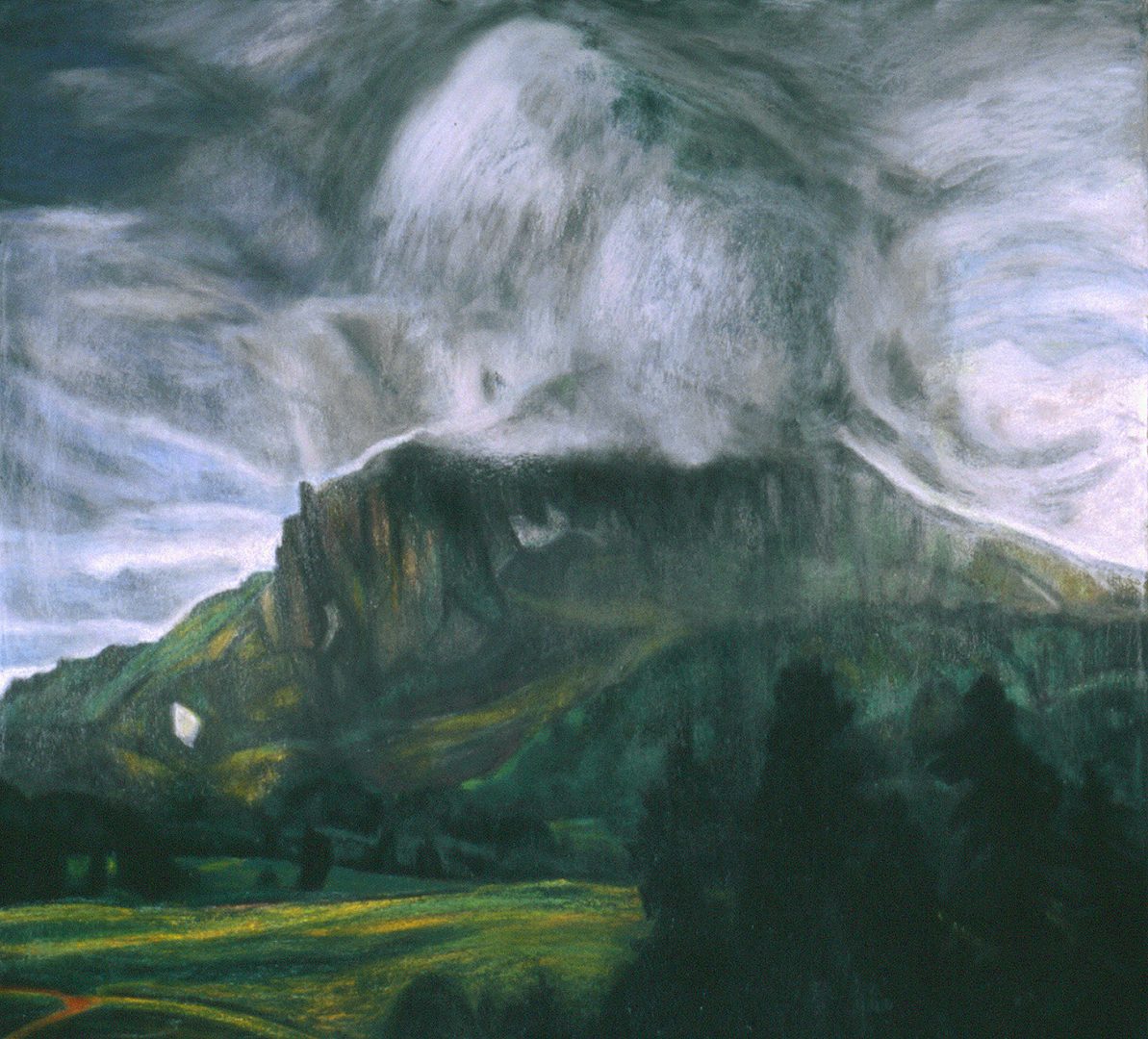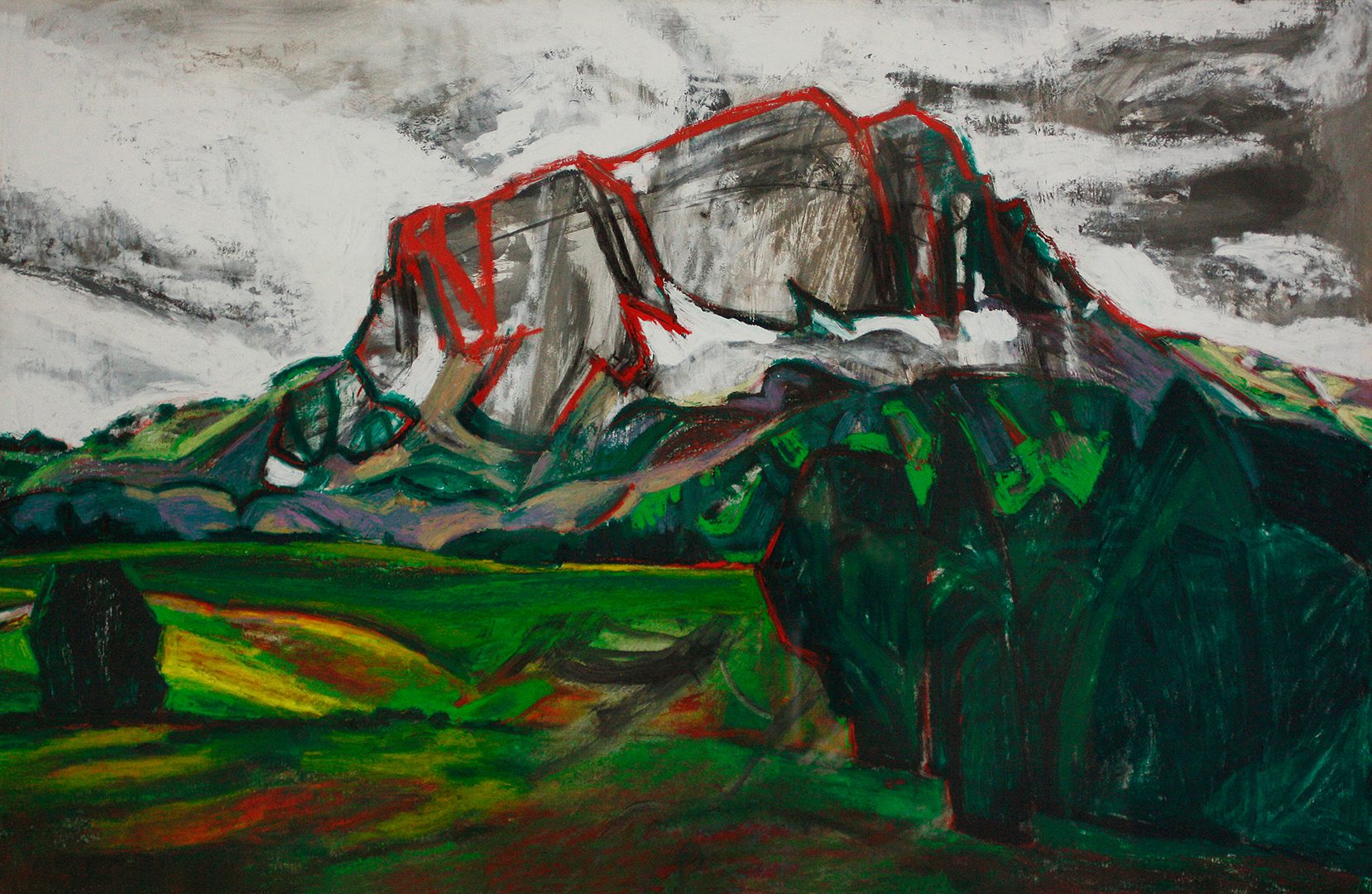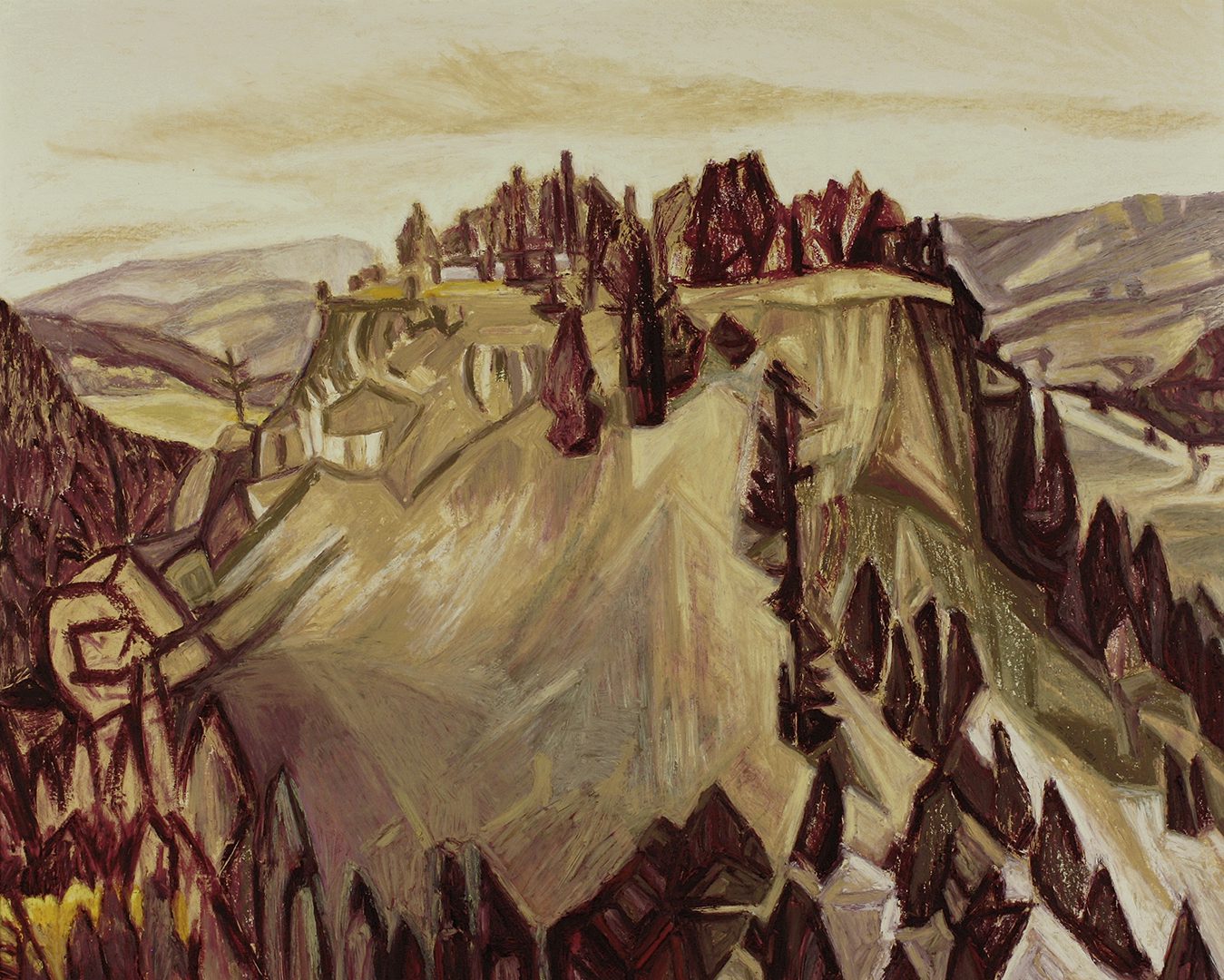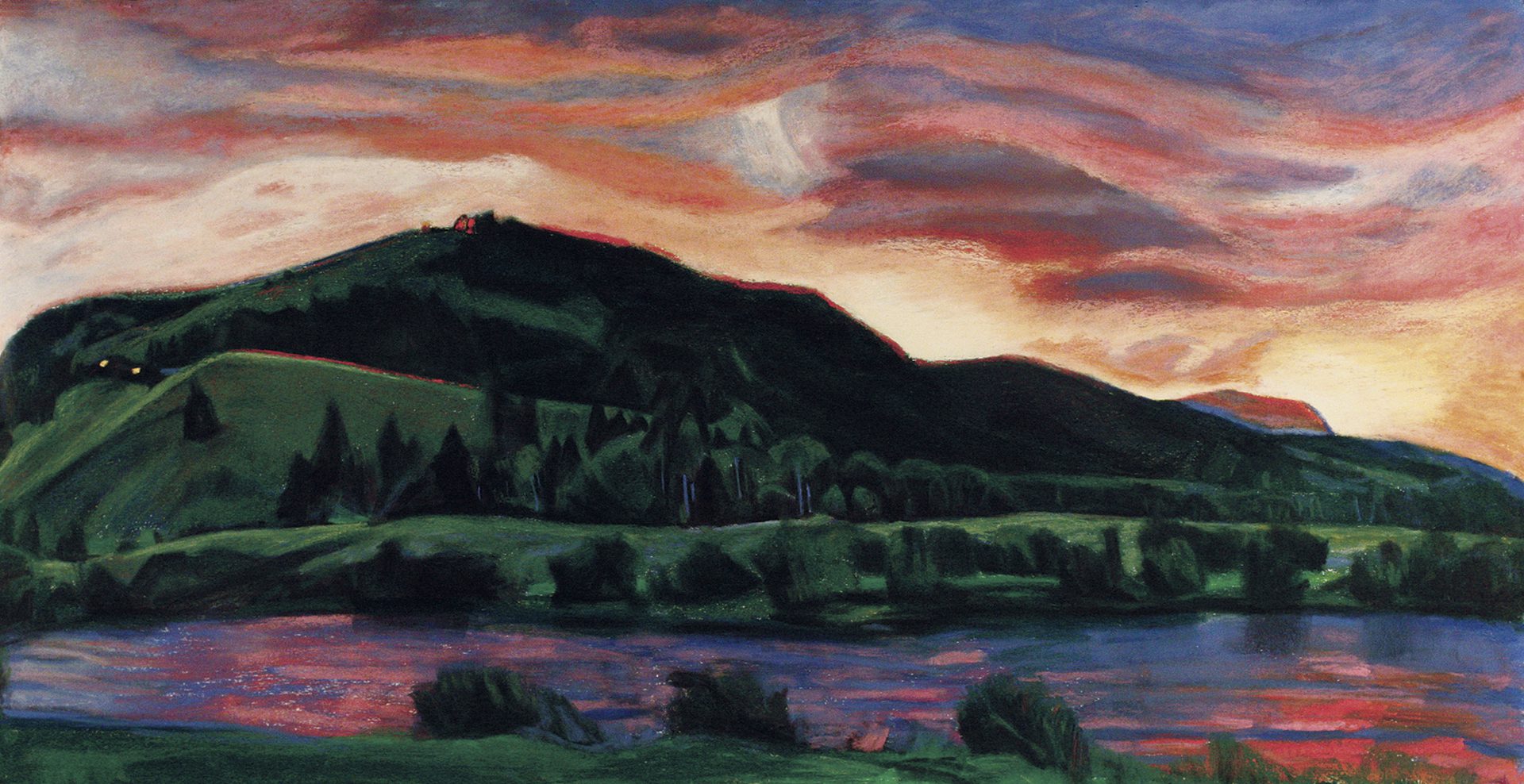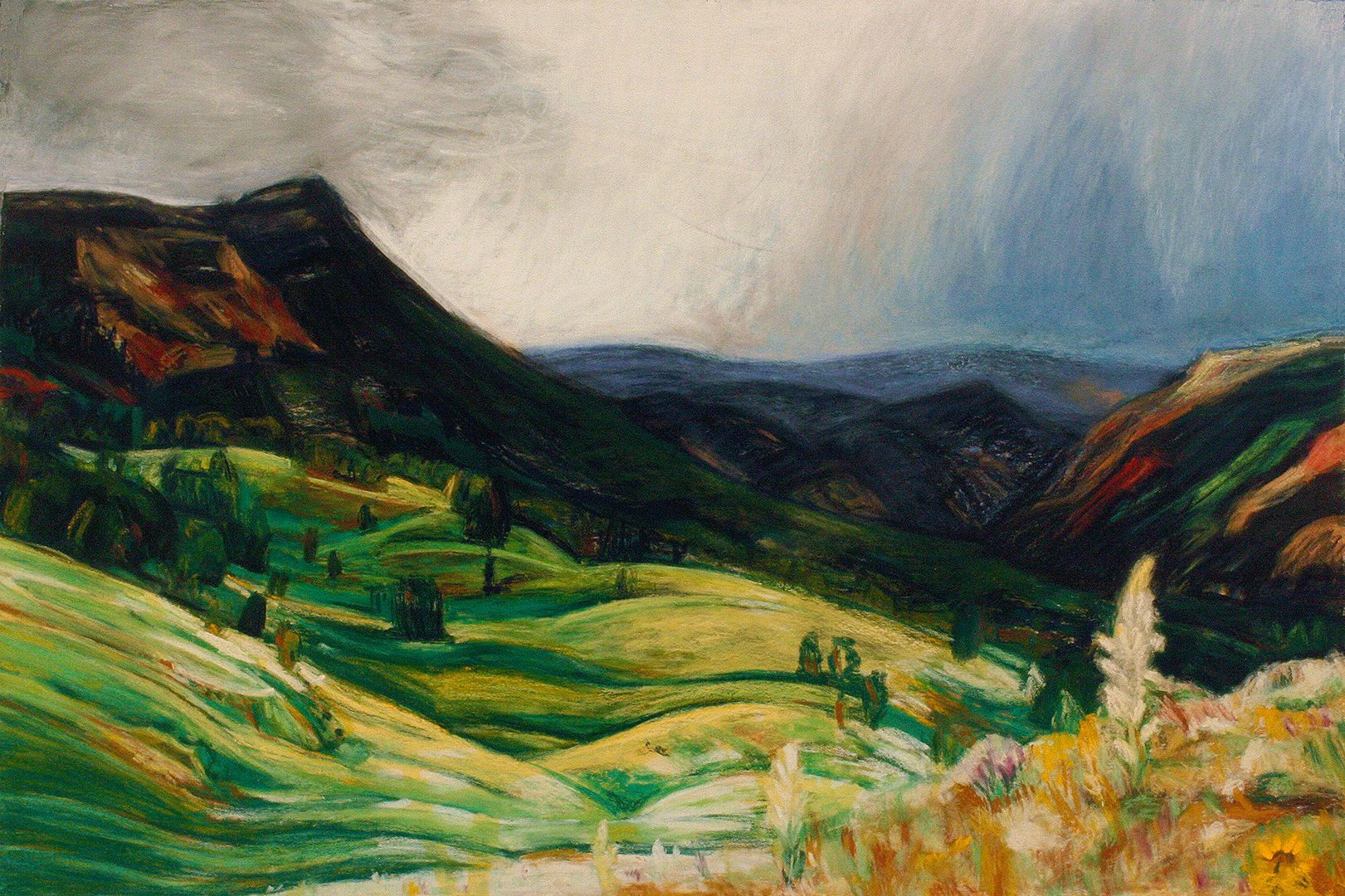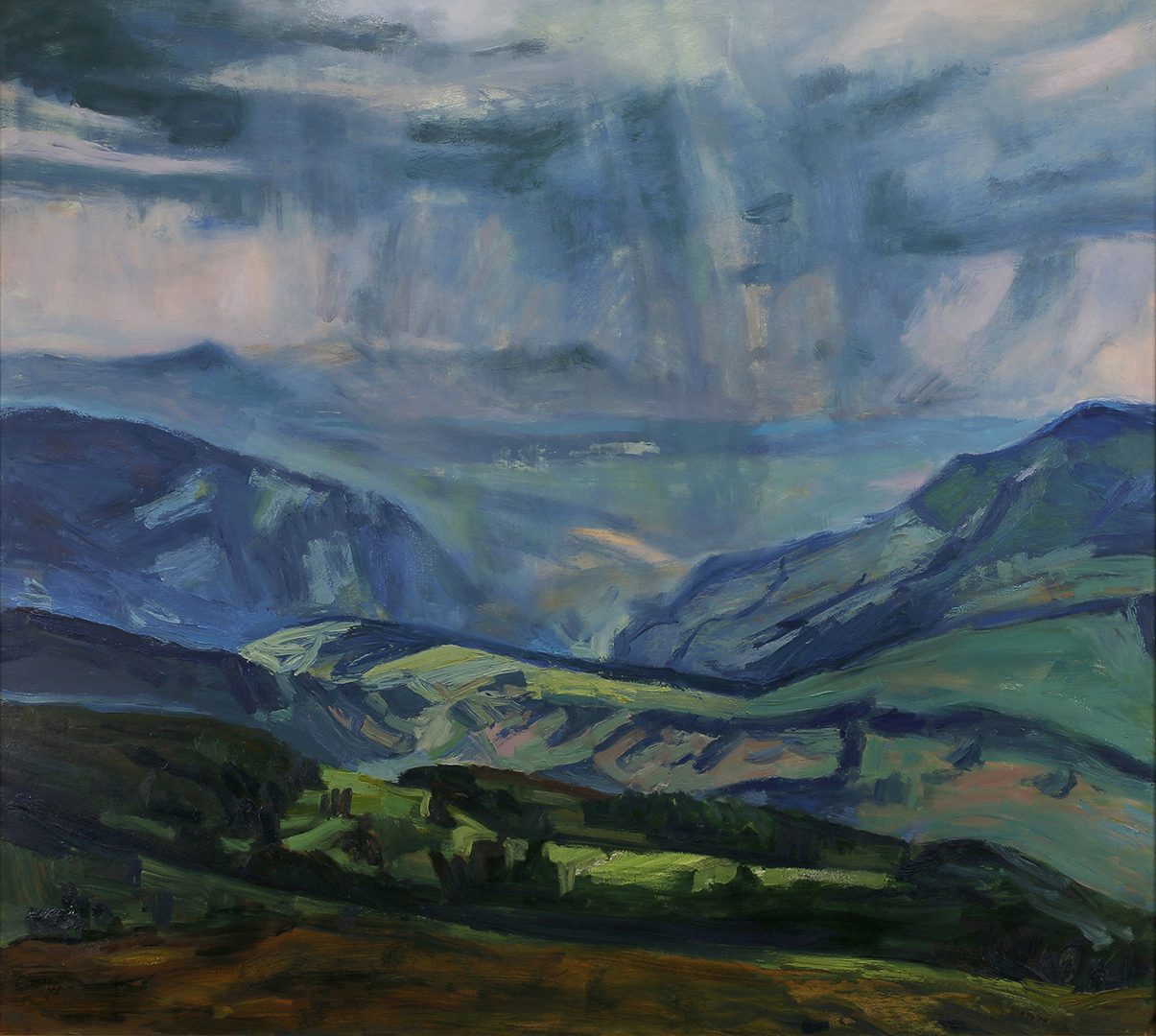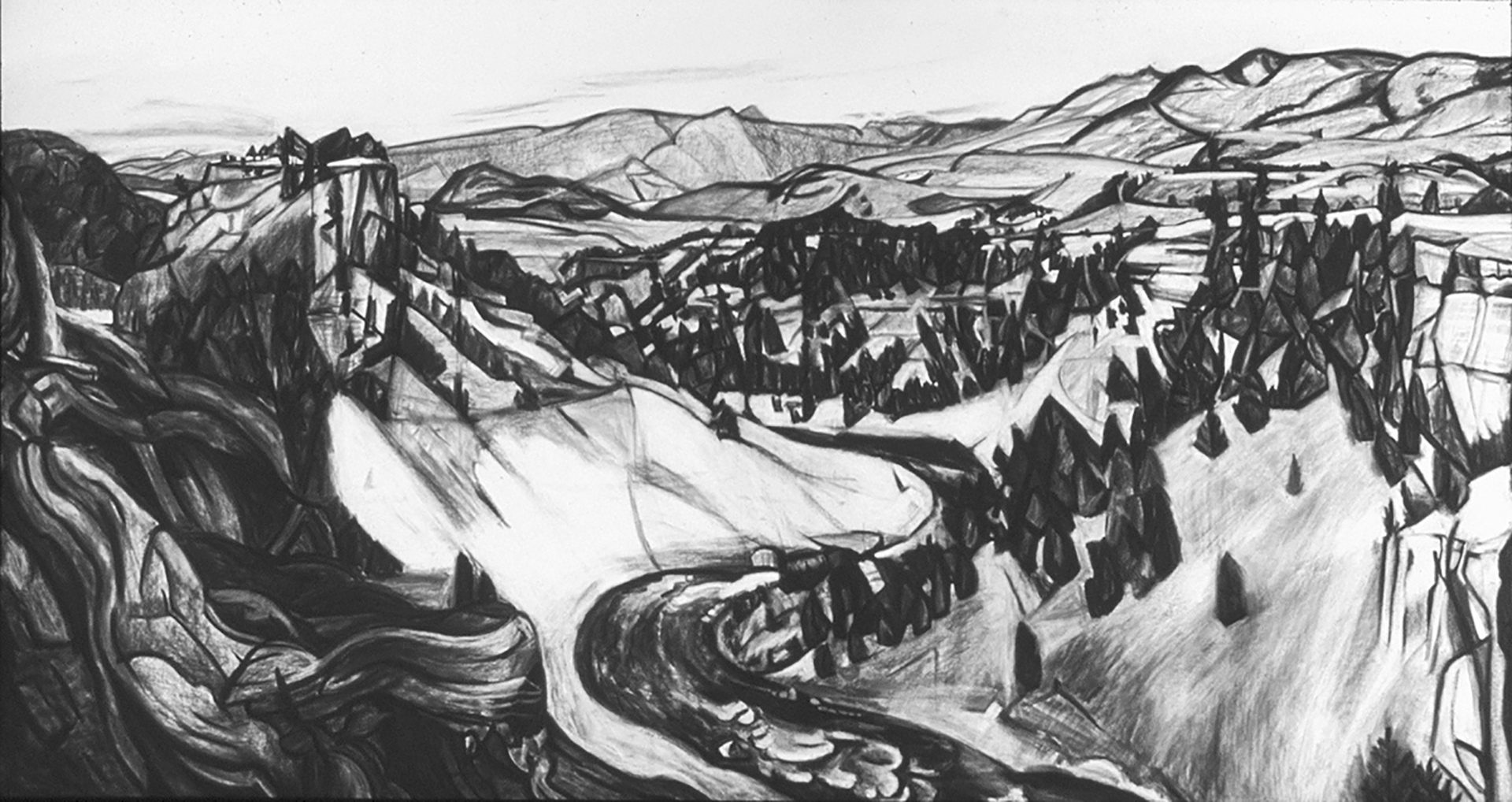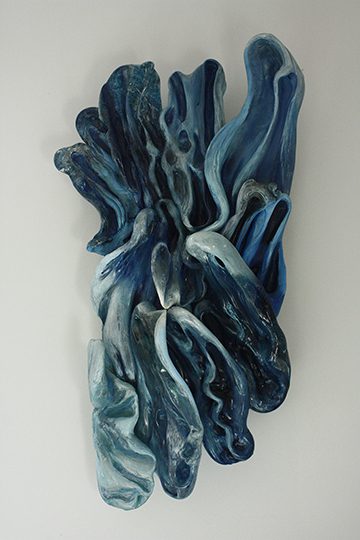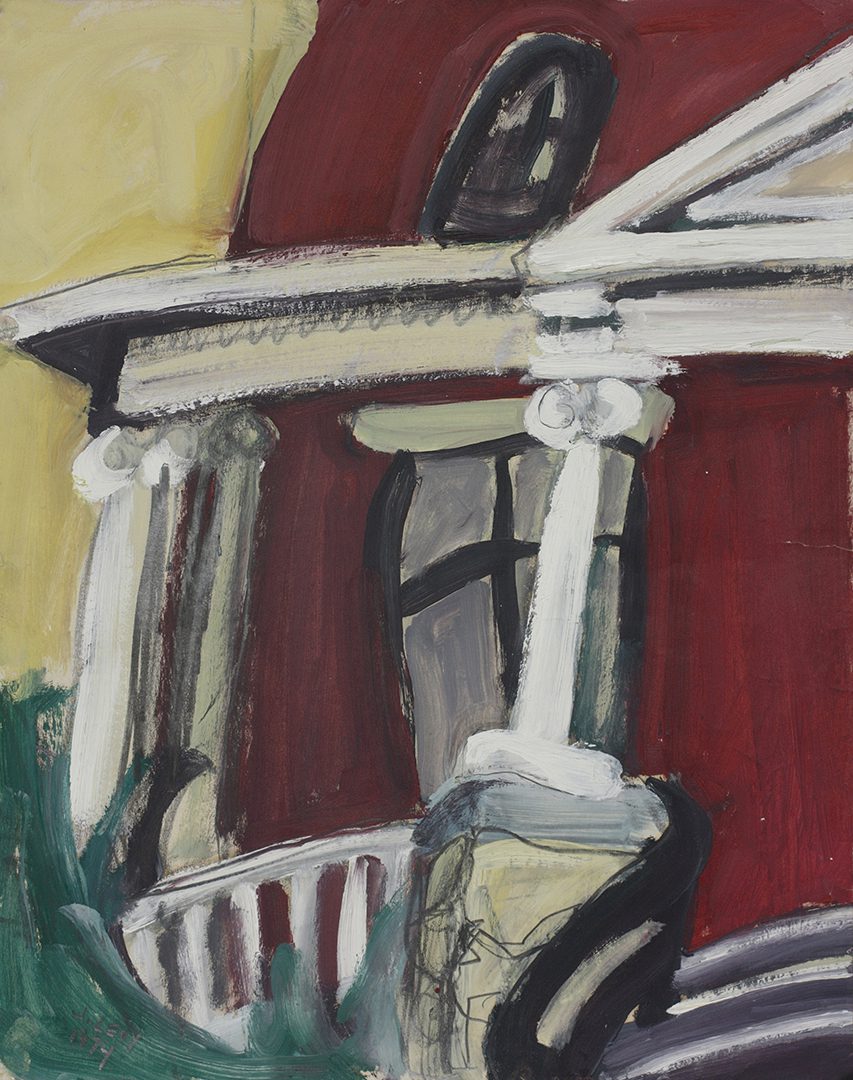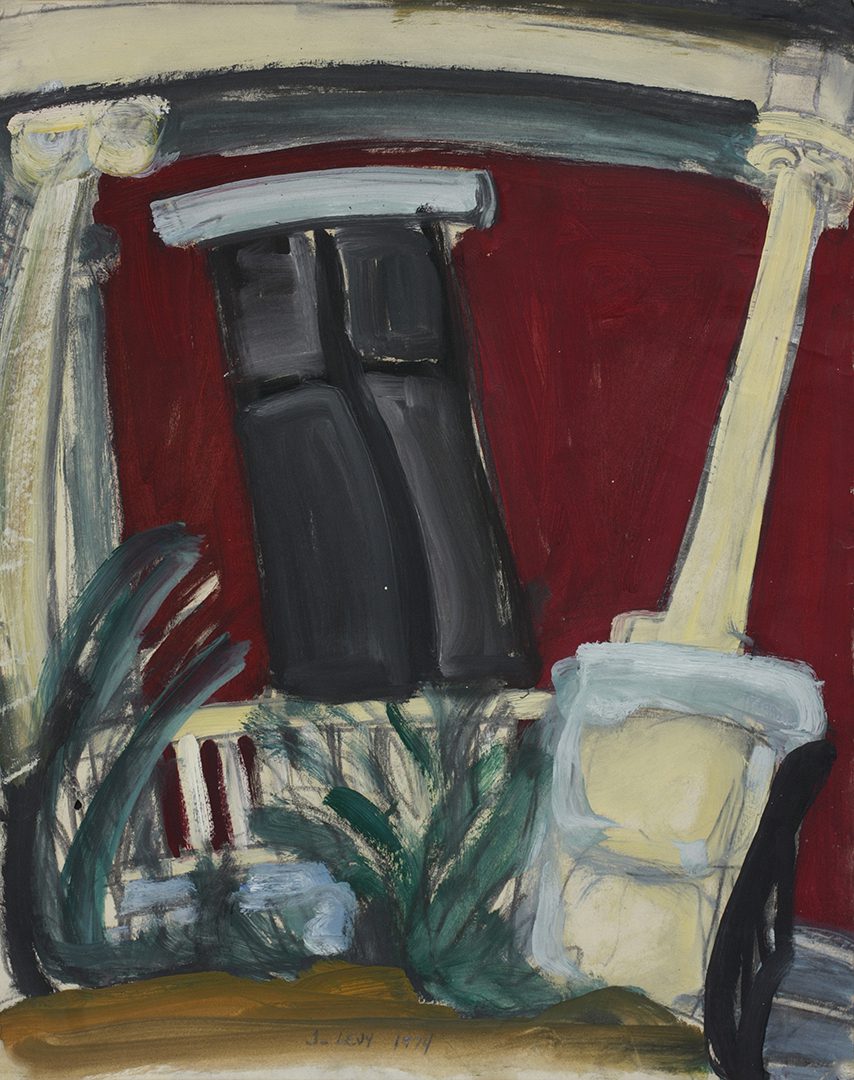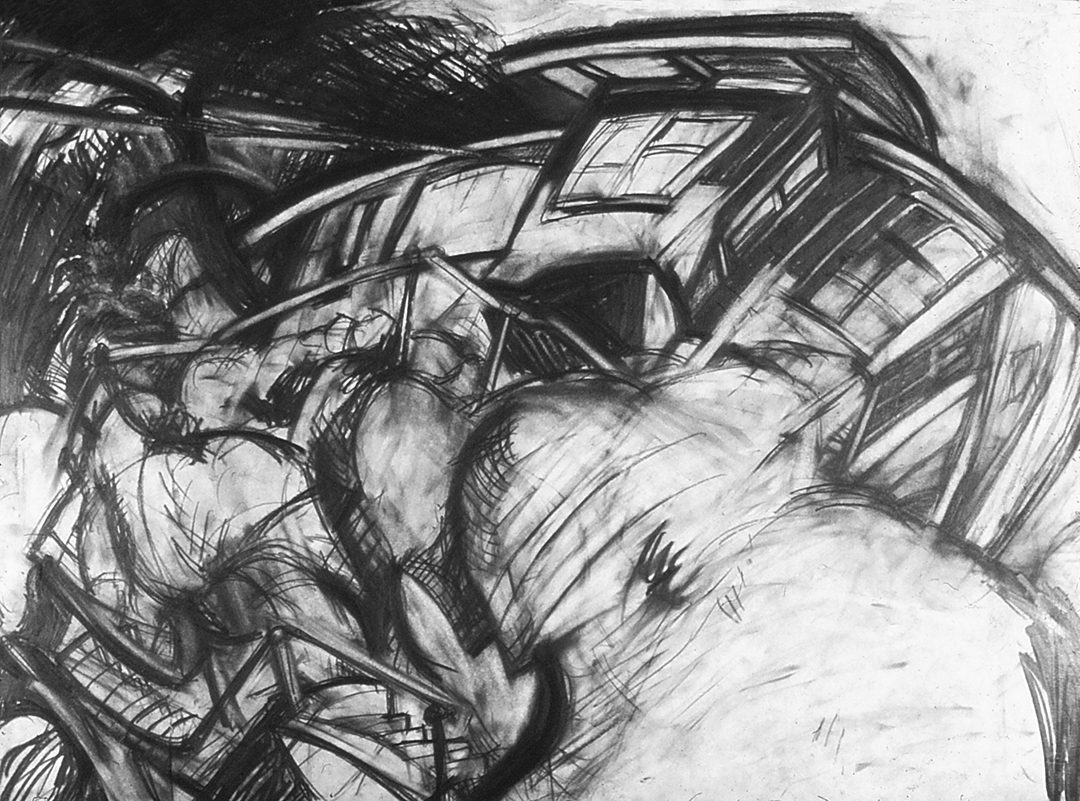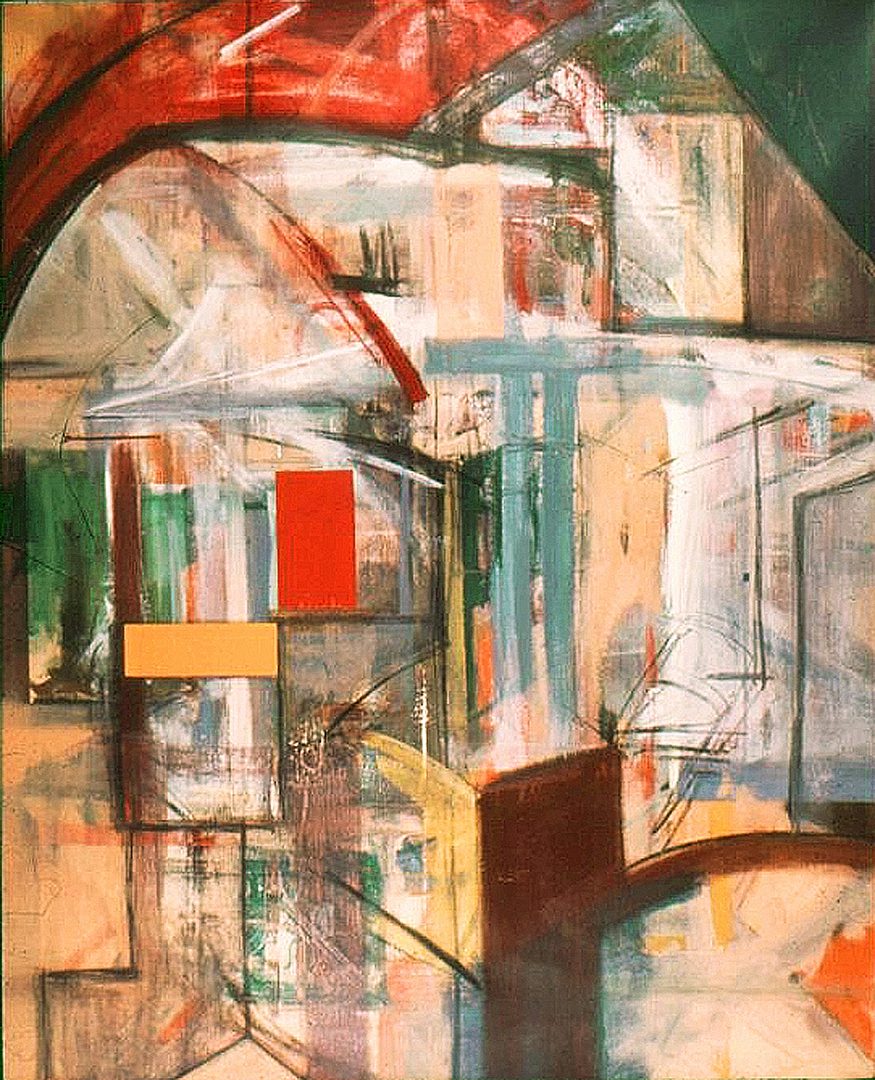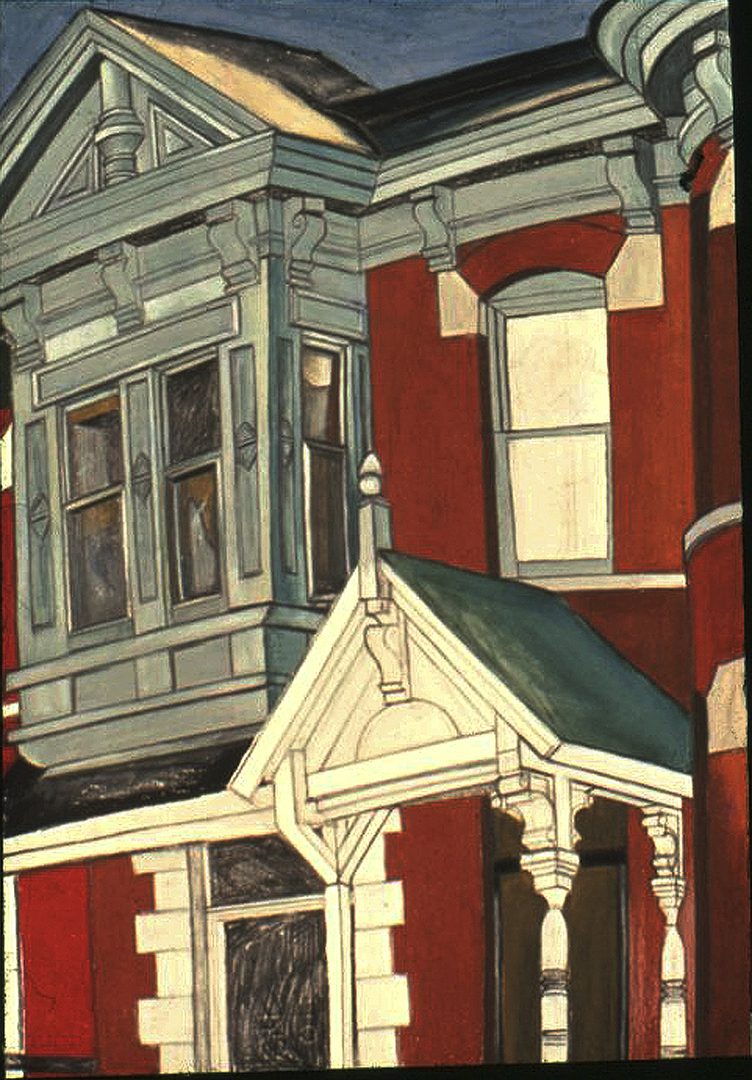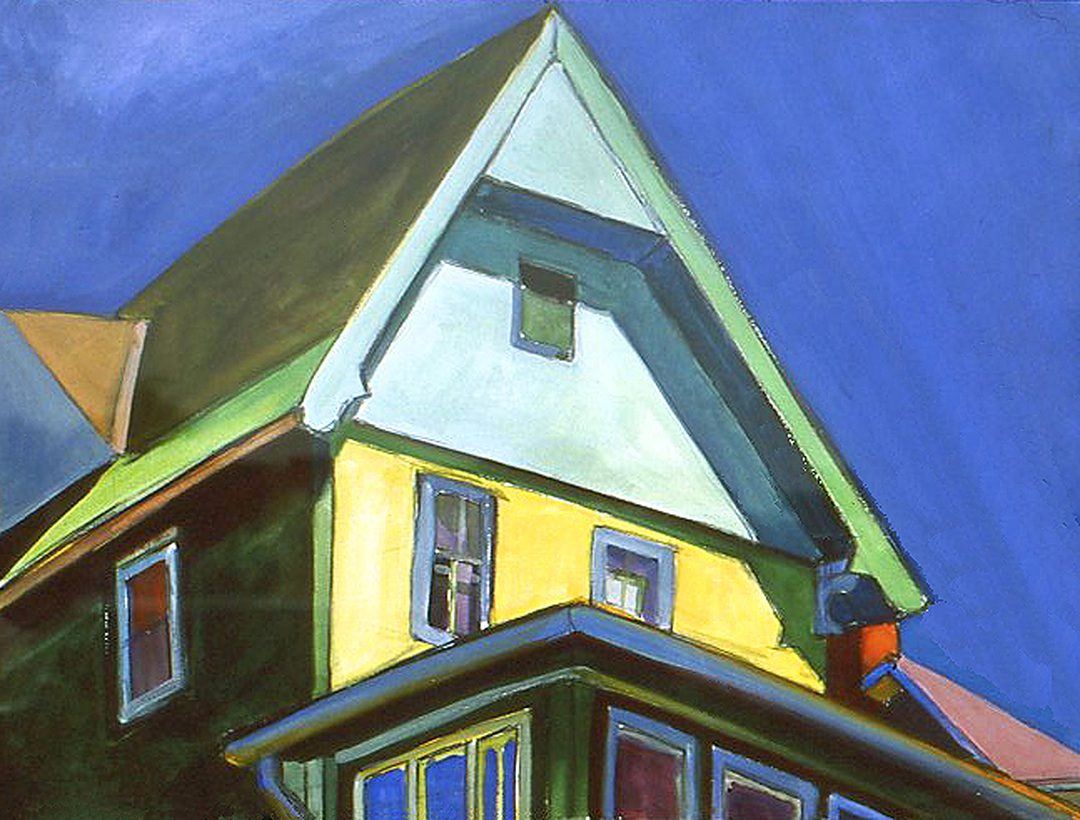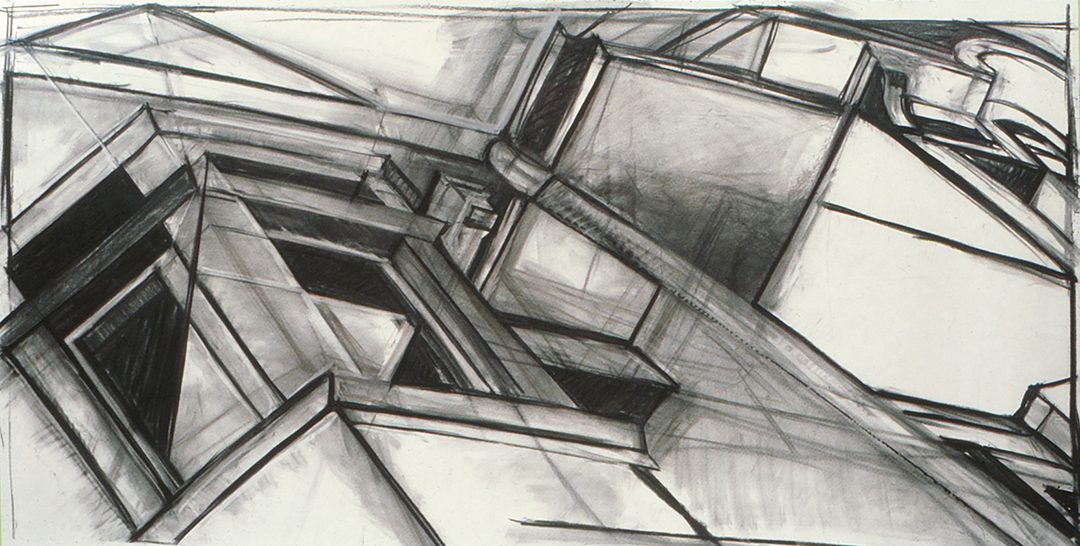Venice
This series was inspired by a trip to Venice in April of 2024.
Face The Music
This series of paintings is based on a personal color wheel that I invented, which combines the arrangement of chromatic colors and the circle of fifths in music. My branding as "the Color Doctor" is the caduceus symbol, which is the key to unlocking the mystery of the color relationships.
The Streams Series
an exhibition of oil paintings and cello music
“... her techniques are highly sophisticated, informed not only by years of studio practice but also by an advanced science of color, light, and optics. Aside from this body of empirical and theoretical knowledge, Levy Hepburn capitalizes on a recognition, which is for her instinctive: in every hand-drawn line and flow of color, we perceive an expressive movement that might have belonged to a genetic ancestor in the remotest past. Lines and marks of color, like bodily gestures and the human voice, are timeless means of personal expression."
an excerpt from the essay in the "Streams" exhibition book by Richard Shiff, PhD - Effie Cain Regents Chair in Art, The University of Texas at Austin
The Stereoscopic Paintings
The "Streams" series took a new path when beavers constructed dams and lodges in the stream and pond. Joan created a unique perceptual experience using stereoscopic anaglyphs. When the paintings are seen through red/cyan 3-D glasses the image engages the viewer with a new reality in the world of the beavers.
The Pool of Memory Ballet
The painting "The Pool of Memory" from the "Streams" series by Joan Levy Hepburn is the backdrop and subject of a collaboration with CT Ballet and musical composers Joe Bouchard and Kevin O'Neil. The original painting is 42 x 180 inches and made of charcoal, gold leaf, and oil paint on layered vellum. The dancers' costumes, which were also painted by Joan, refer to the cave paintings in the foundational layer of the Stream series and seem to release the drawings from their wall and bring them to life in the spatial world by the dancers.
Dionysian myths are the basis of the narrative content of the painting. When Dionysus went to Hades, he found gold leaves with instructions to drink from the Pool of Memory, so that he could remember his past life and be reincarnated out of Hades. The Pool of Memory was made by Mnemosyne, whose name means memory. She was a Titan Goddess who procreated with Zeus to produce The Muses. So this is also a metaphor for going into the deep unknown in consciousness and finding the Muse and giving birth to a new creation.
The September 11th Triptych
permanent collection of National September 11 Memorial & Museum
A few days after the World Trade Towers fell, I had to go to Ground Zero to try to comprehend what had happened. The sky was capped with a lid of smoke. Time stood still in the continuity of the fires and emergency lights. There was no sense of day or night. The wreckage turned the space inside out and upside down. Everything on the ground had a new unified identity called “rubble.” The landscape itself was transformed into de Kooning’s painting “Excavation.”
I stayed at Ground Zero for a full day taking it all in - the images, the feelings, the smoke and gray ash. When I returned to the studio I cut up a charcoal study that I had previously drawn from my mentor's painting “Excavation,” and started to build the foundation of the triptych with the collage of the drawing parts. By adding graphite and acrylic gel medium with a brush, and drawing with oil pastels my observations and sensations unfolded onto three panels.
A year after the "September 11 Triptych" was completed, I learned that de Kooning had used a reproduction of Brueghel’s “The Triumph of Death” to inspire his painting “Excavation.” Brueghel’s Medieval painting depicts the doom that humanity self-inflicts through war, religious intolerance, greed, and other destructive tendencies. Brueghel’s subject has repeated itself throughout the years all over the world, and it found its way into “Excavation,” and de Kooning passed it on to me in the “September 11 Triptych.”
Other Artwork
Early Work - "The House Series"
In 1974 I lived in Kansas City. I visited a painter friend, who lived in a dark pink house set on a hill. The view of the house reminded me of Soutine paintings. The stairs to the front porch were steep and twisted, as they captured the energy and movement of the climbers to the house. The "House Series" began with that house, and then other houses around town. When I returned to the East Coast I found different kinds of houses along the Long Island Sound and the cities. Willem de Kooning said that he liked the paintings, because they reminded him of Soutine. Then he asked, "Why do you paint houses?" I said that I needed something to paint and a house had a foundation, structure, space, gesture, walls of color and light - everything that I needed to make a painting!" He said, "Yeah, yeah! That's why I paint women!" The "House Series" continued for a decade, exploring many possibilities in hundreds of paintings and drawings.
